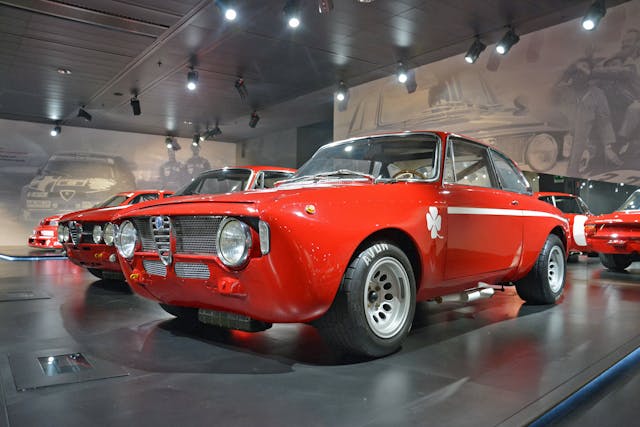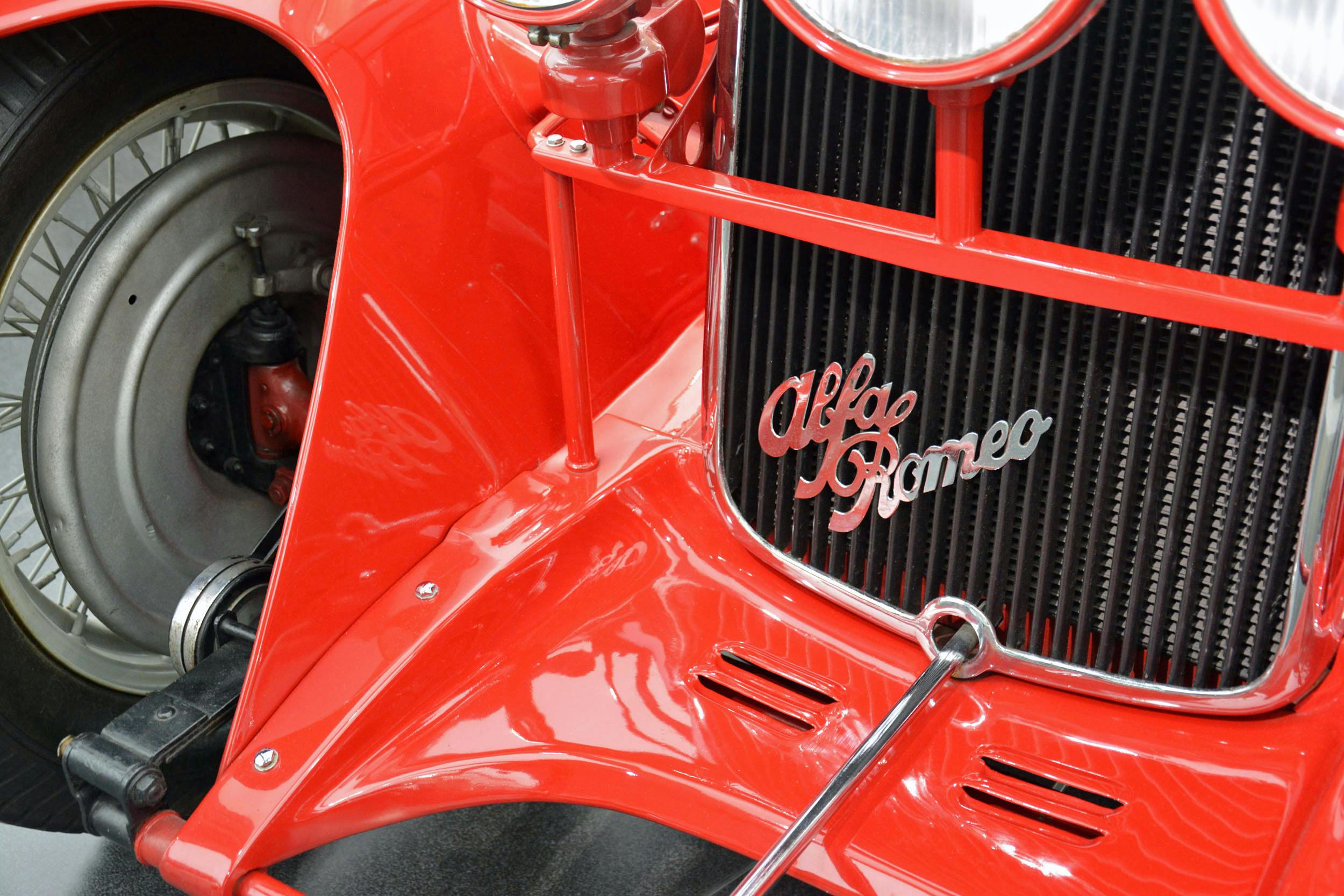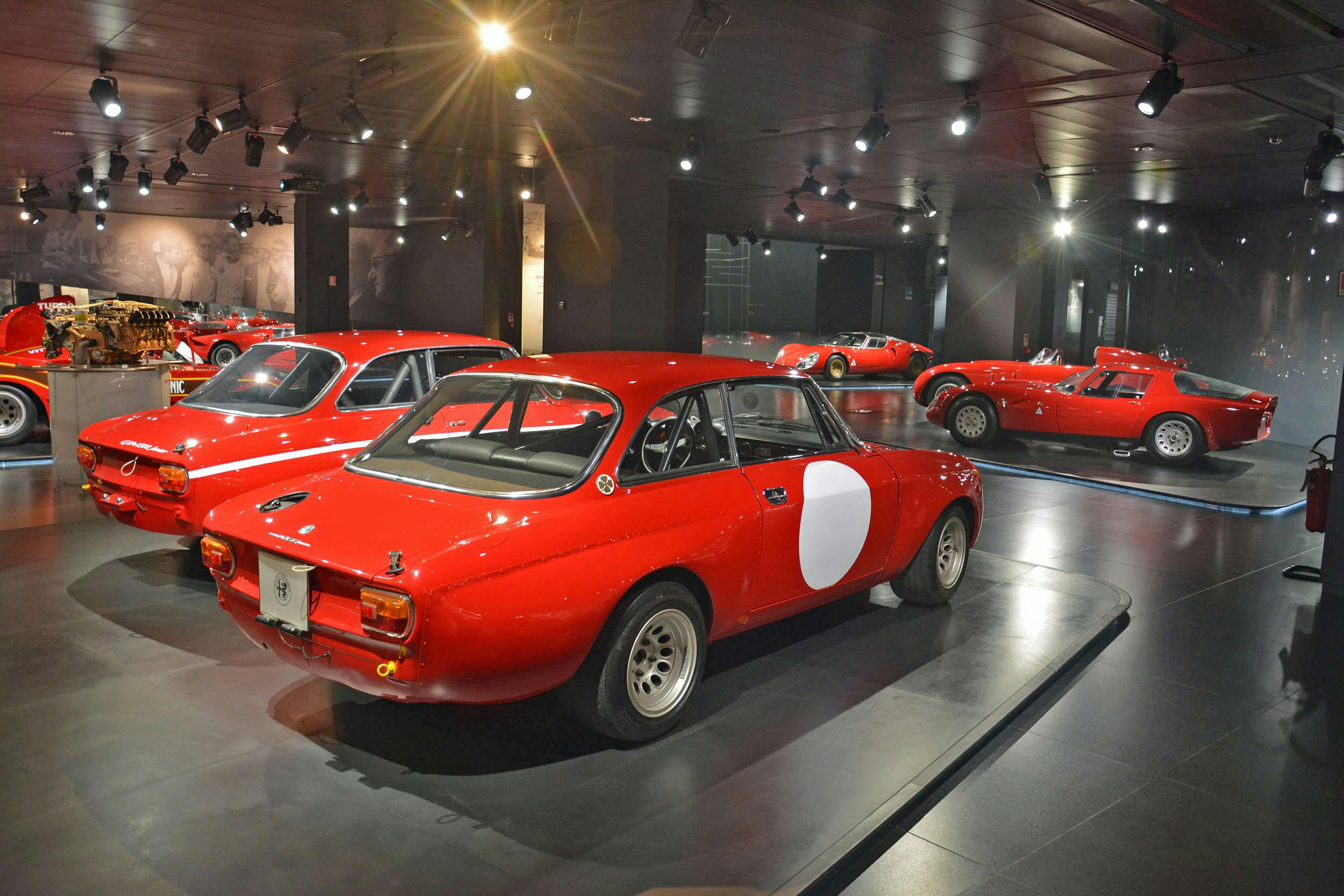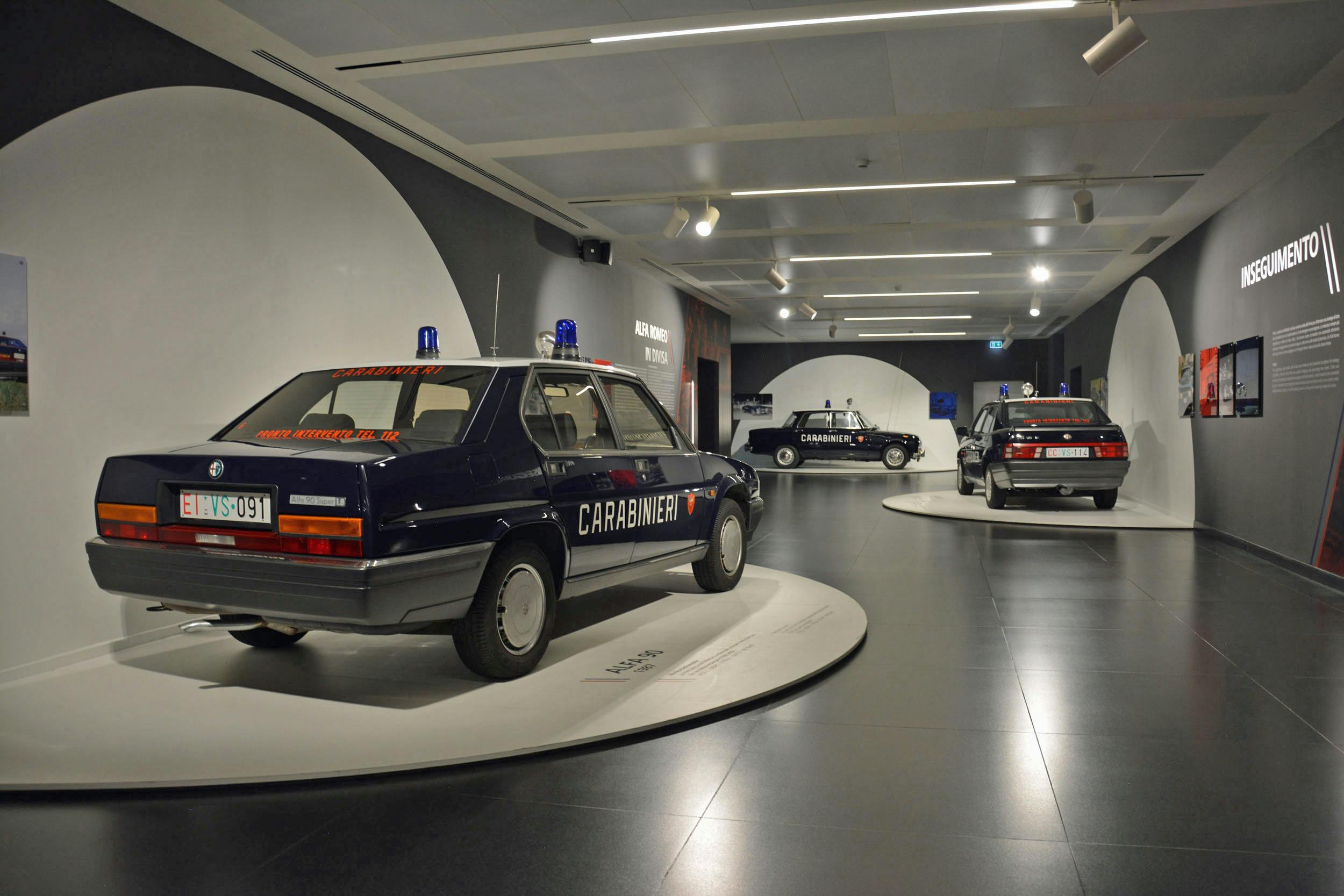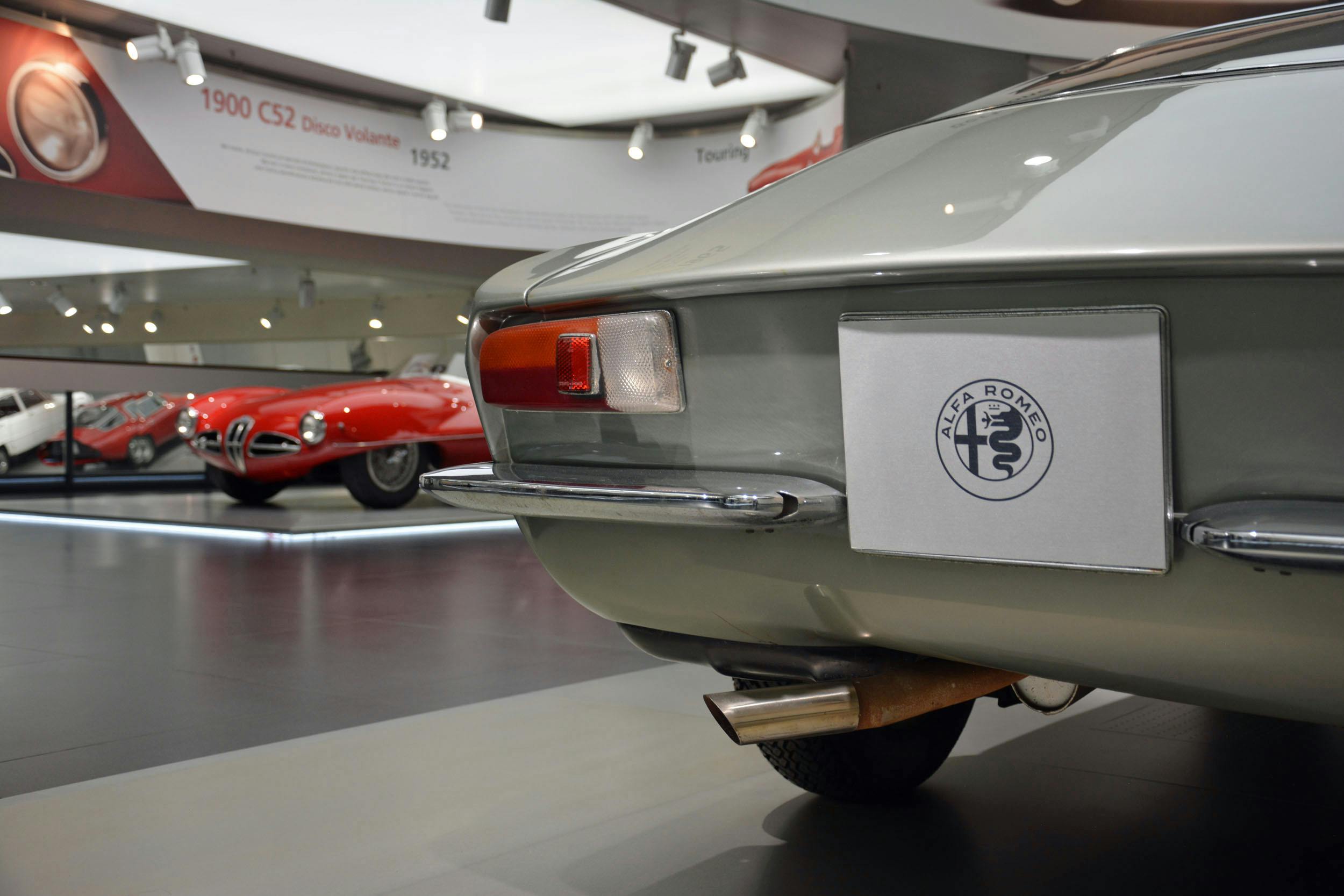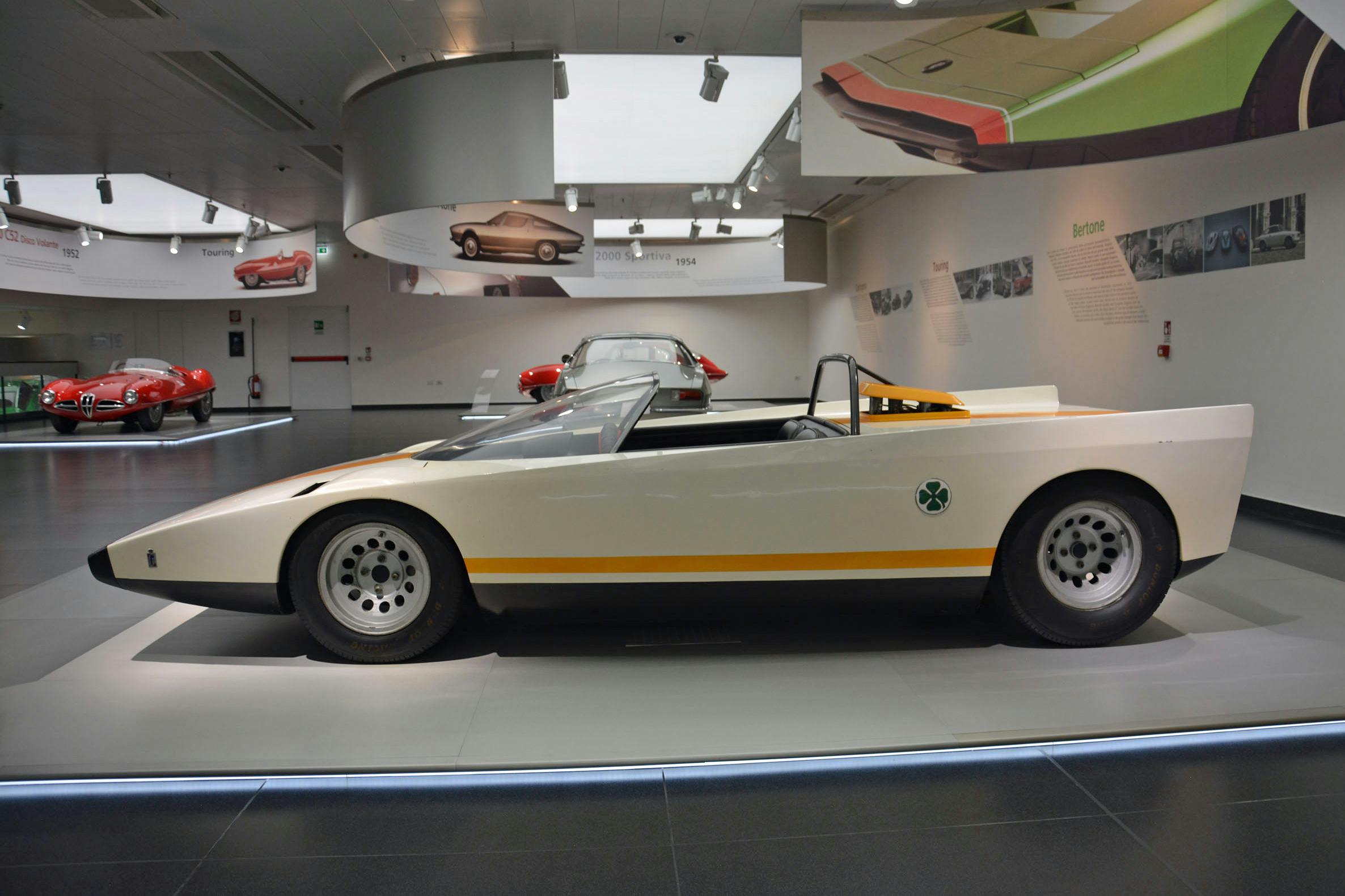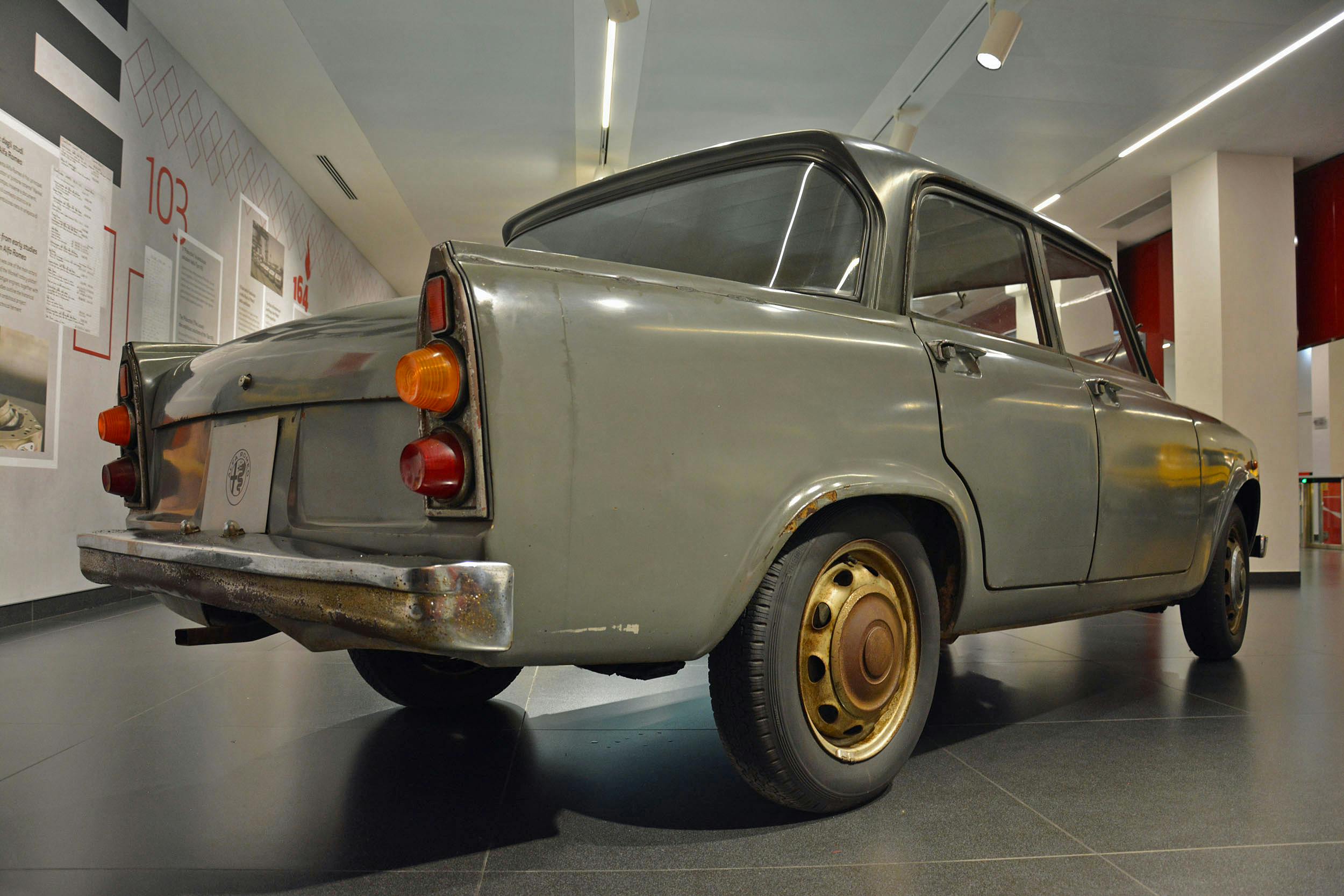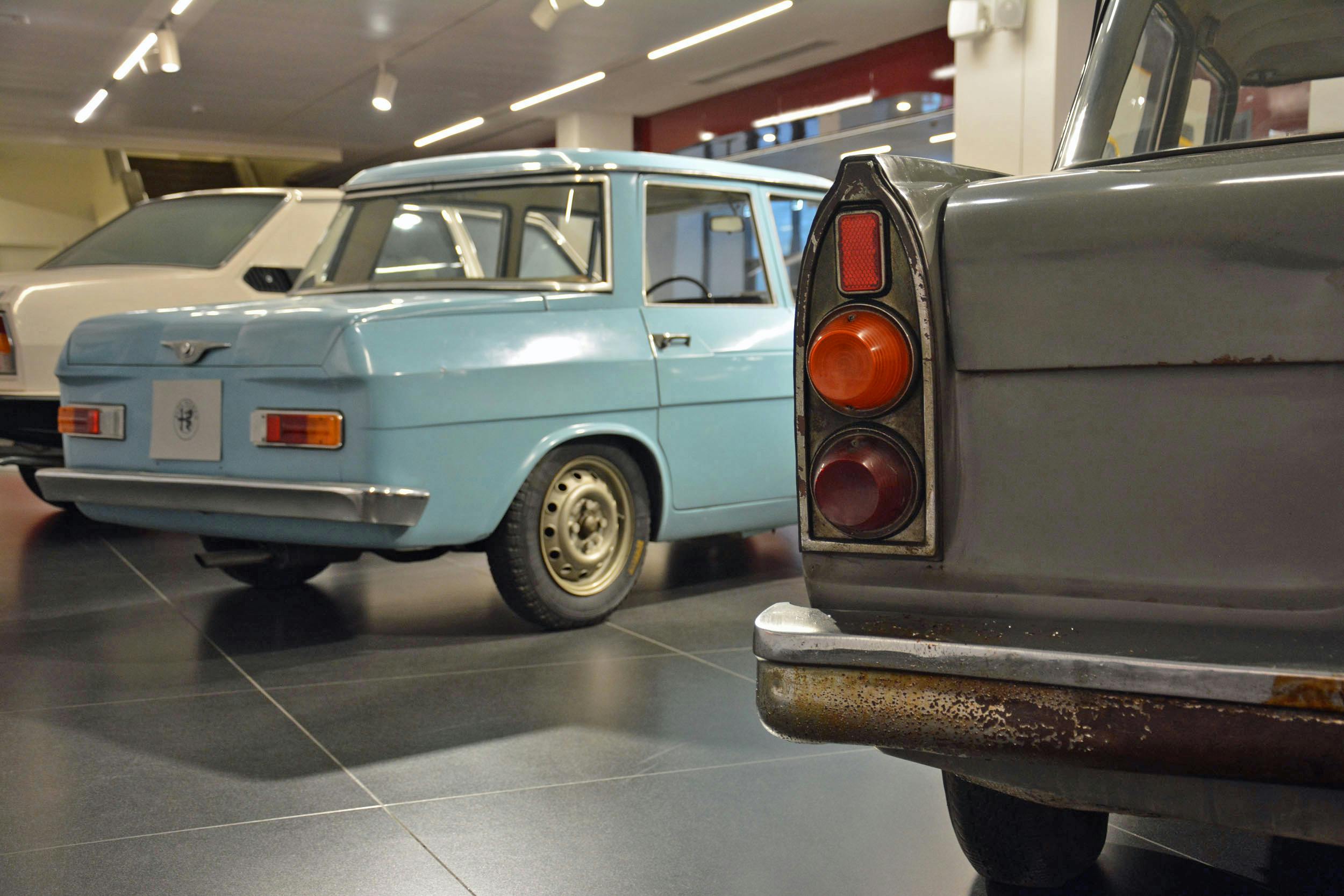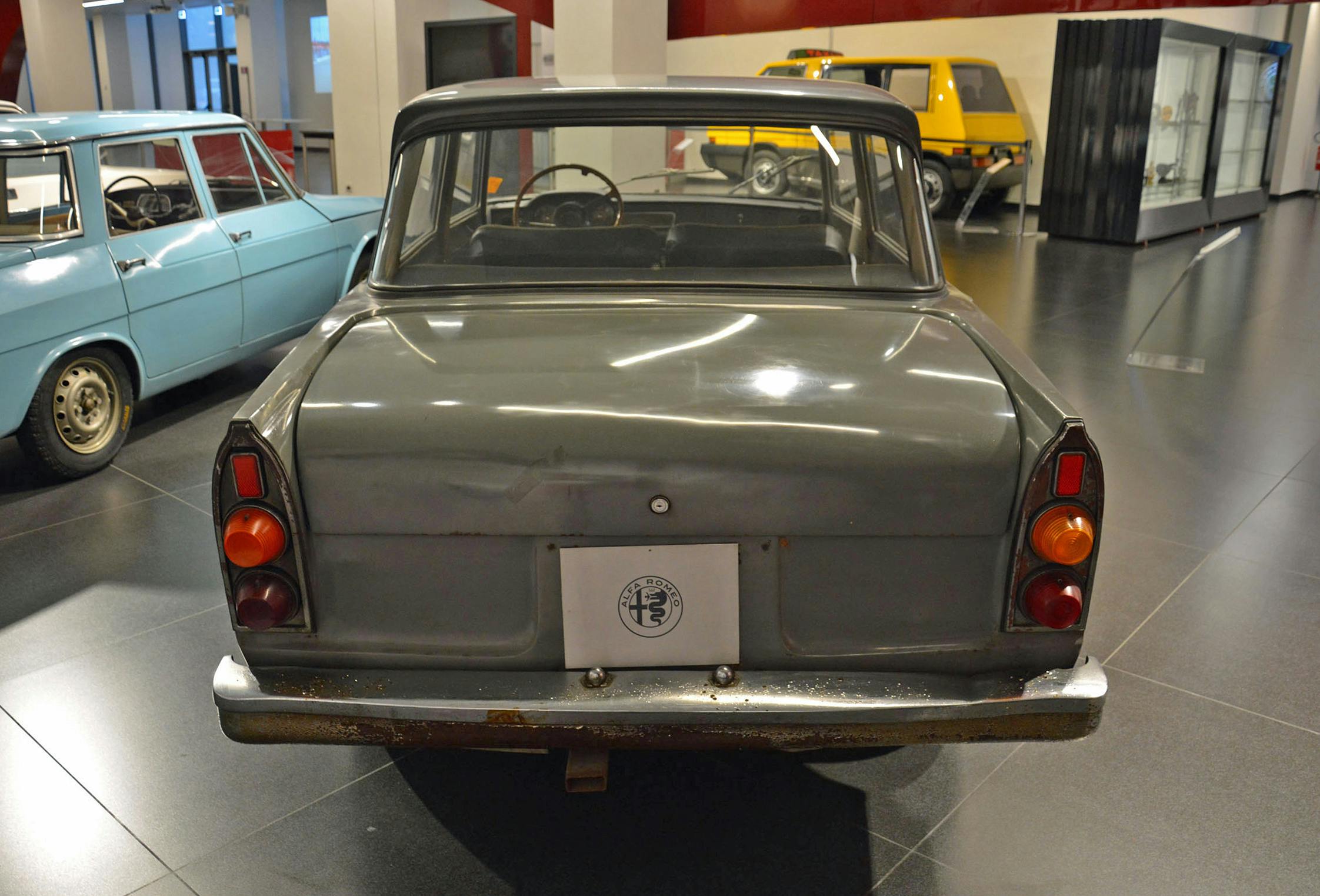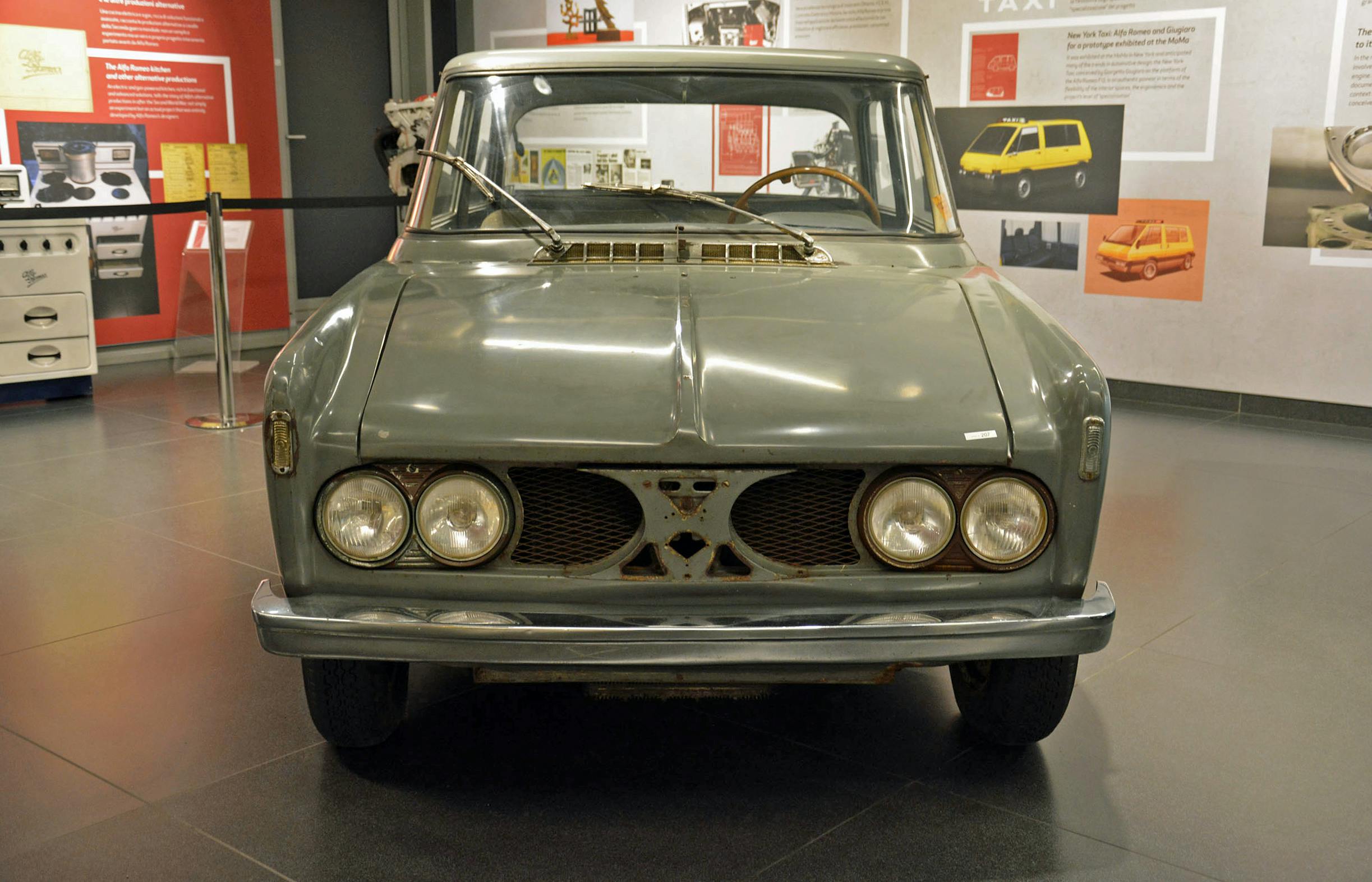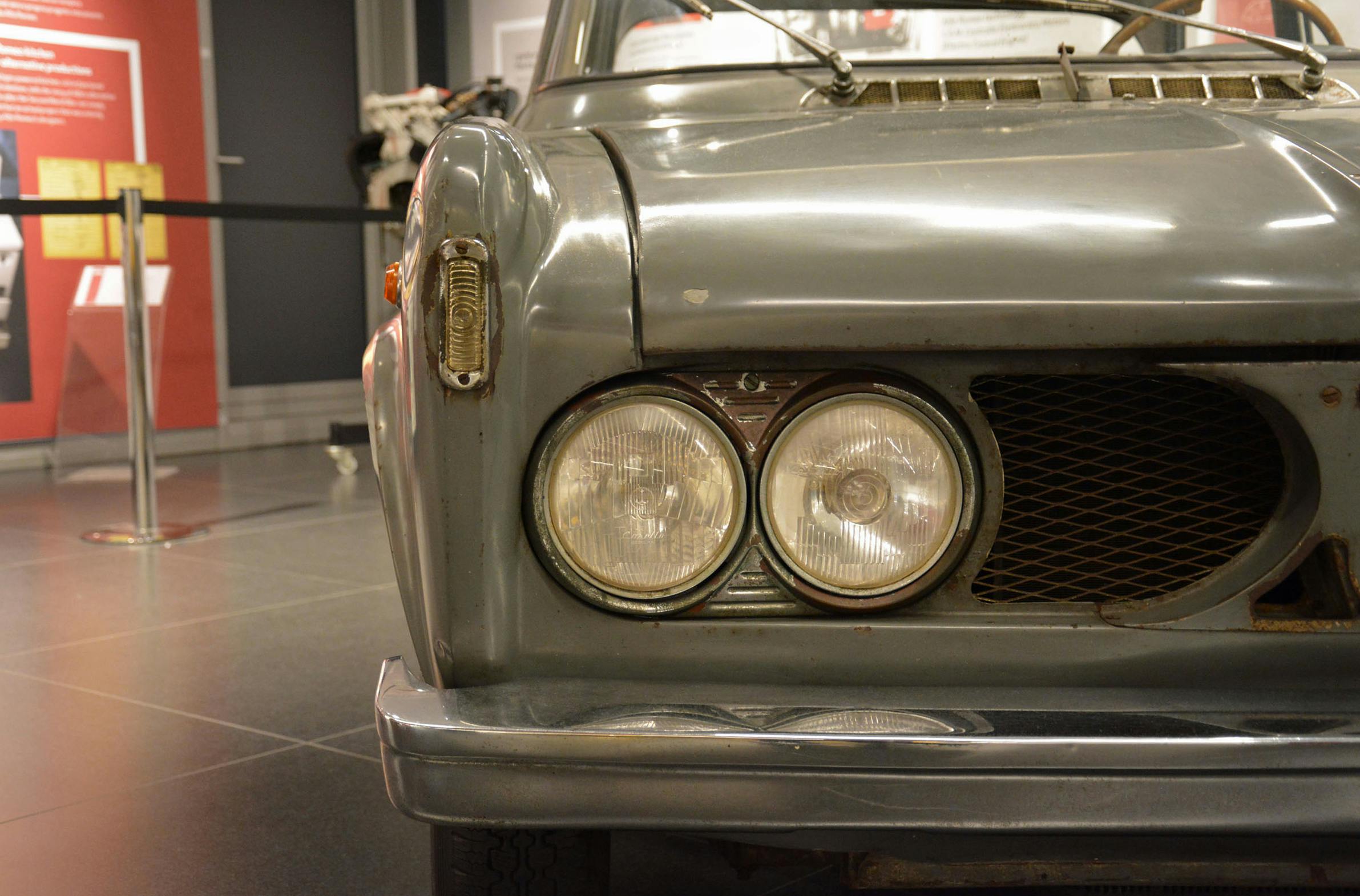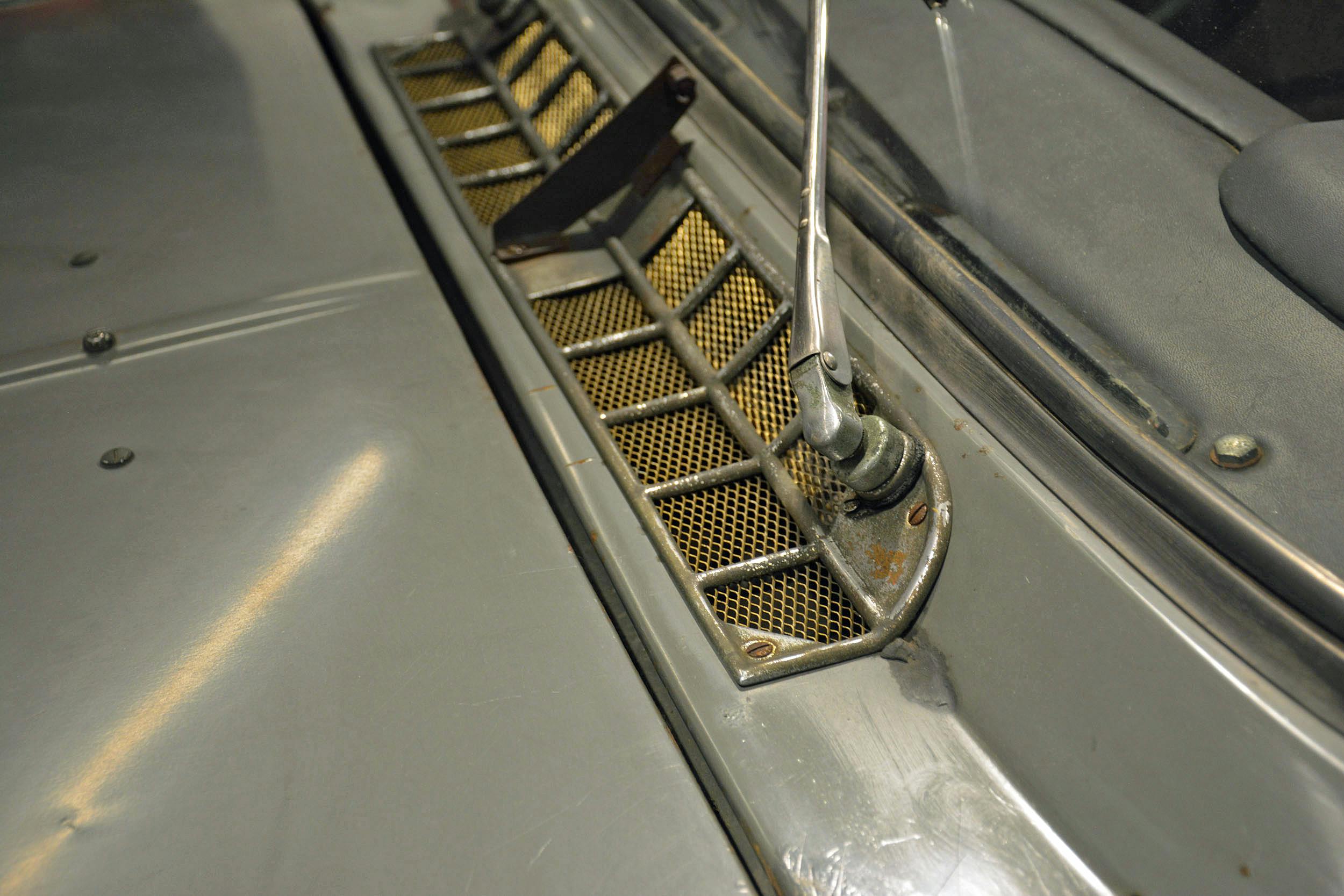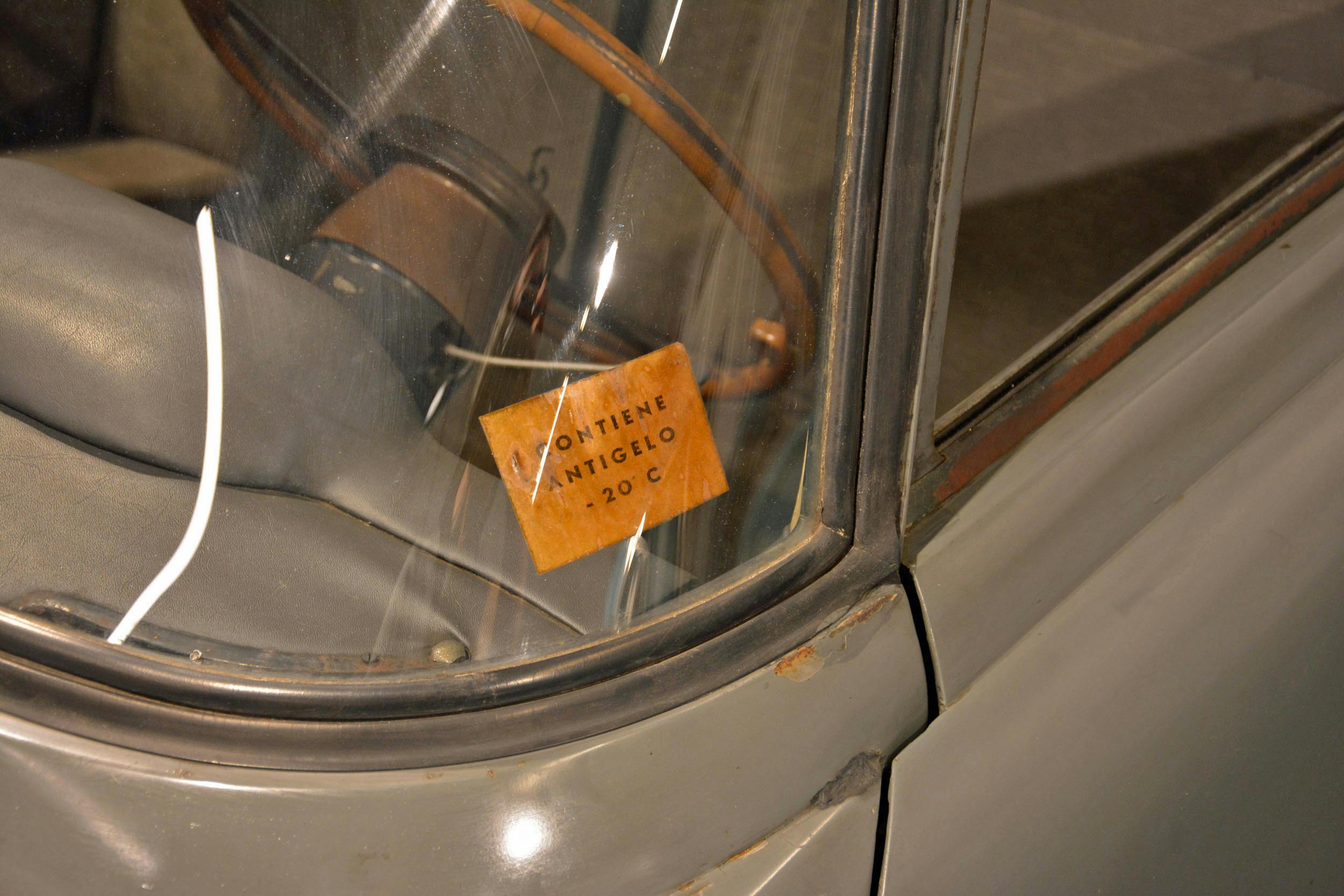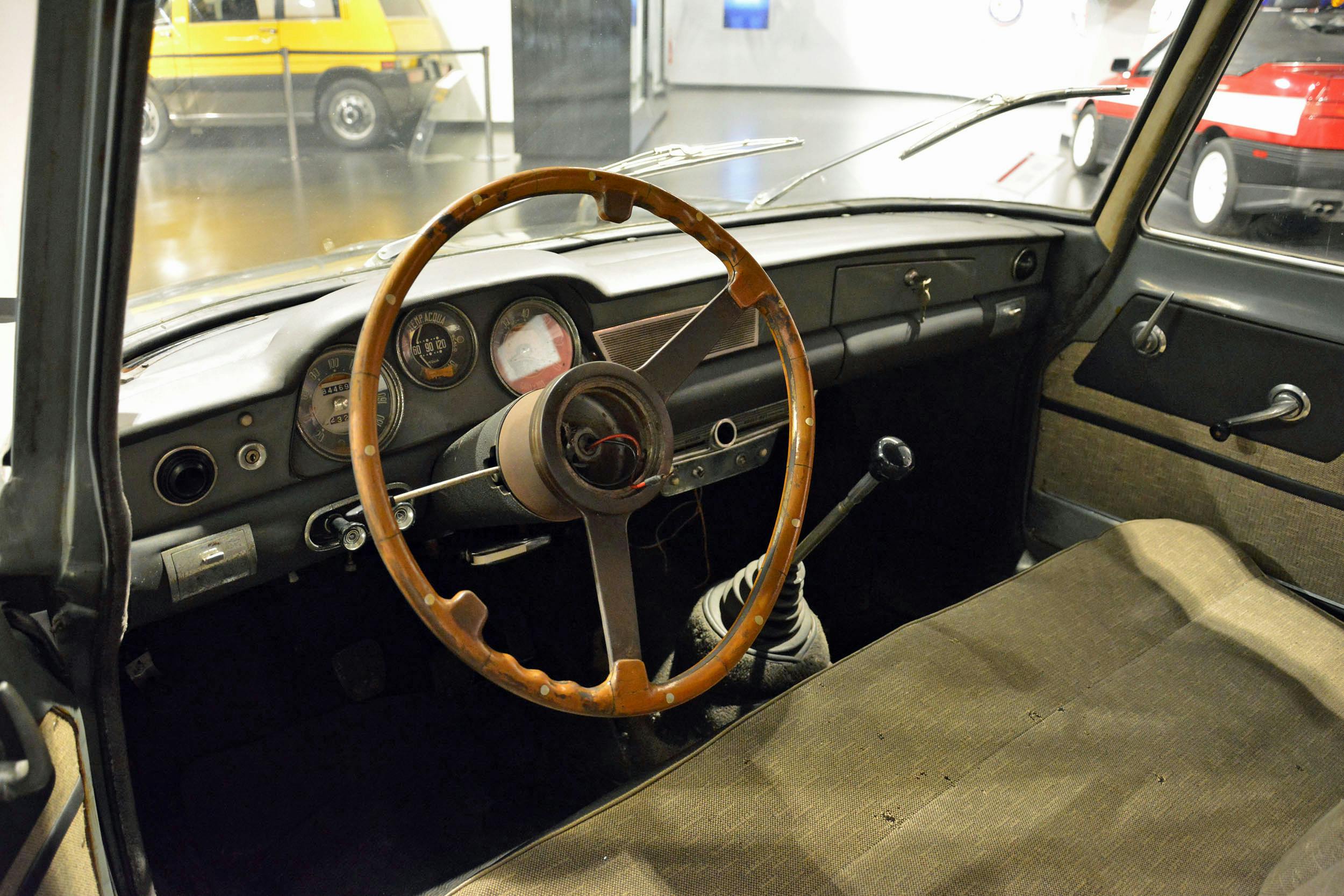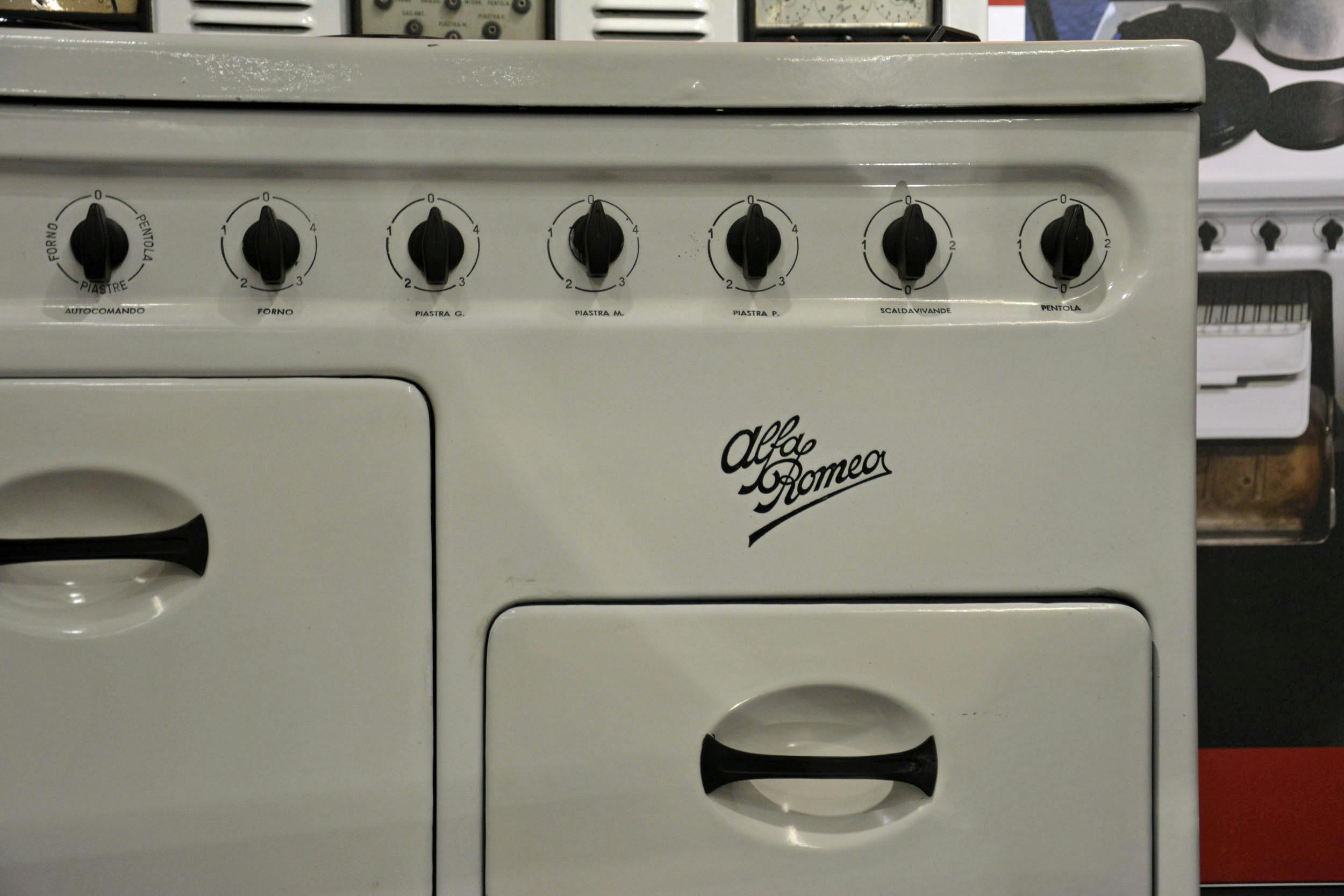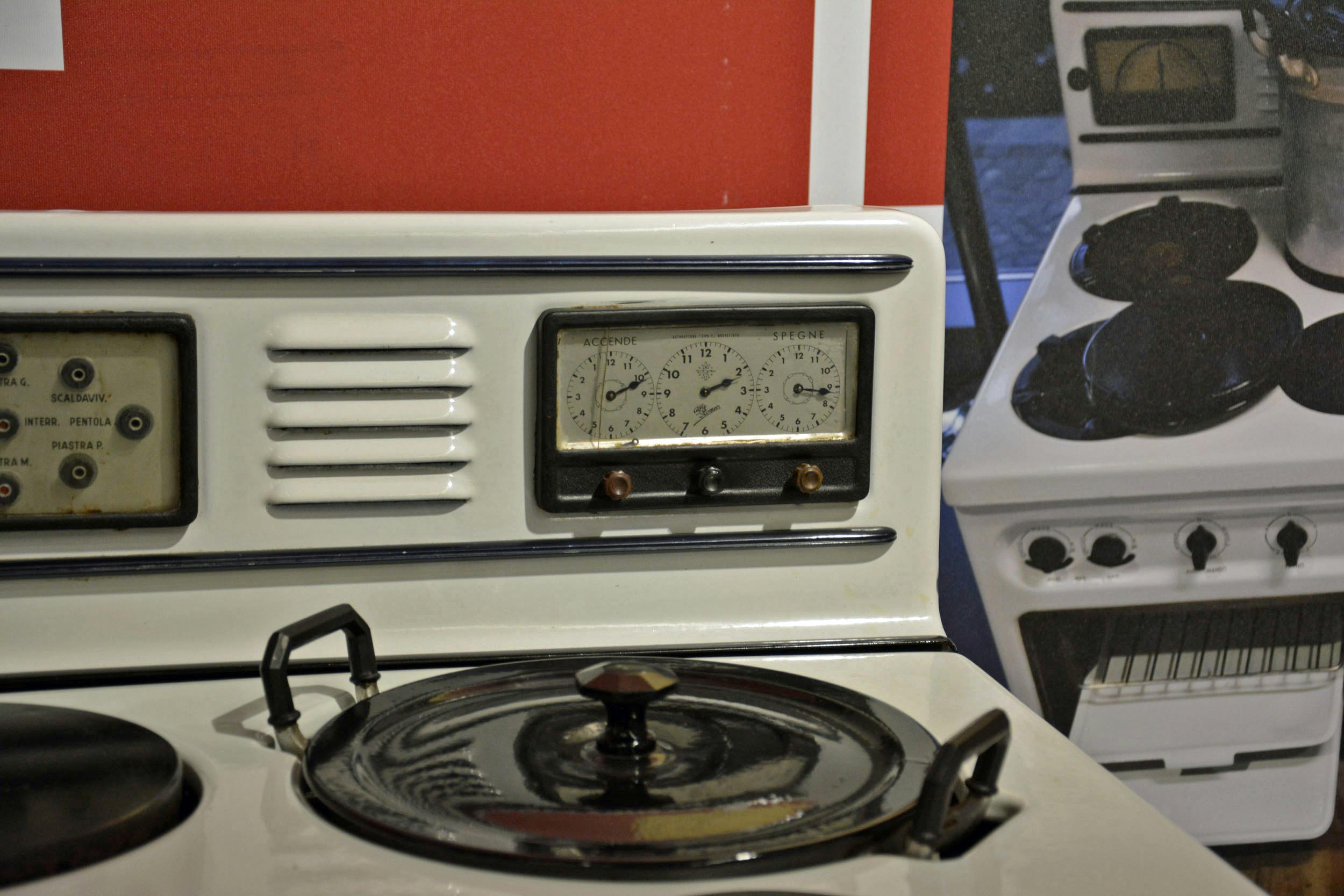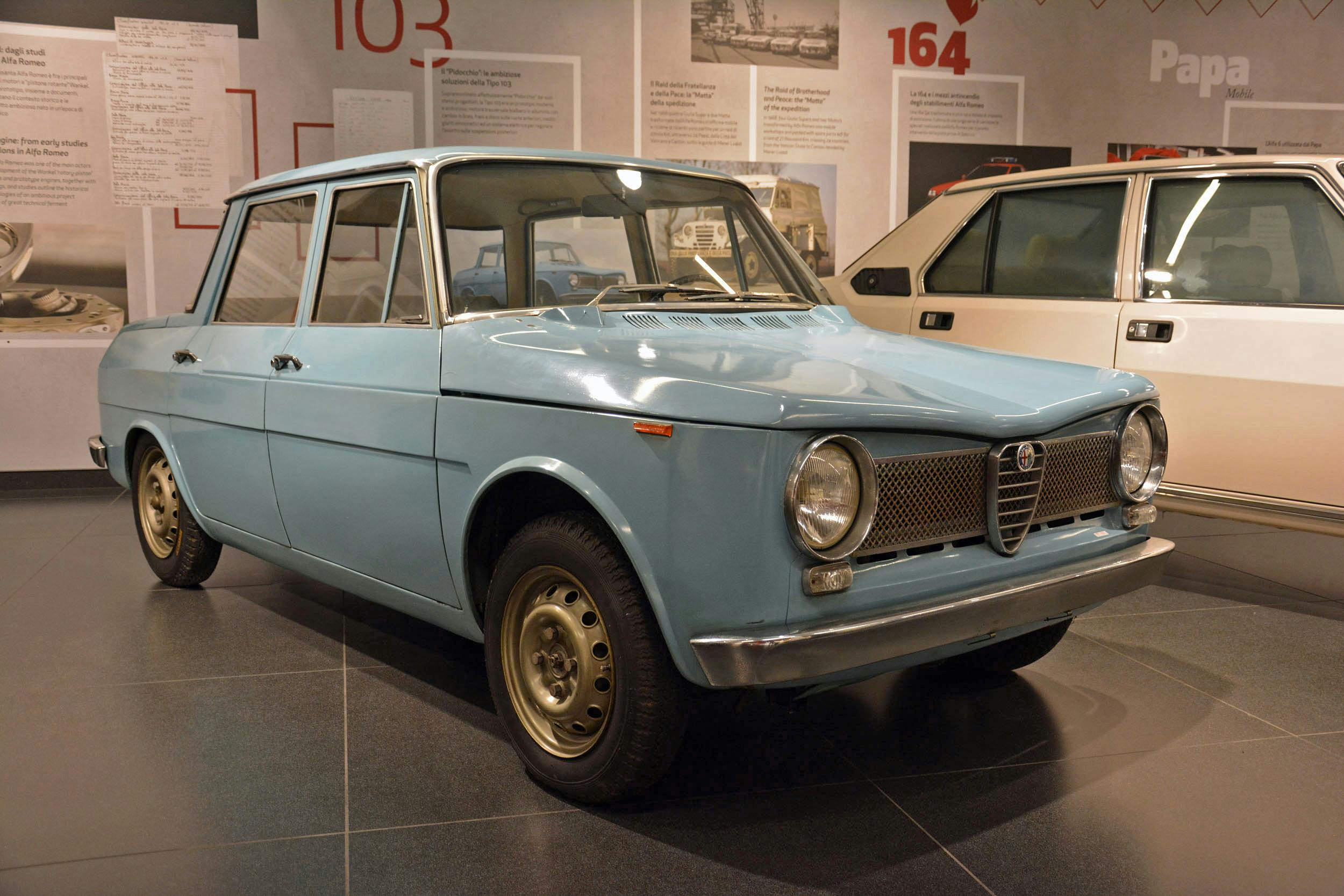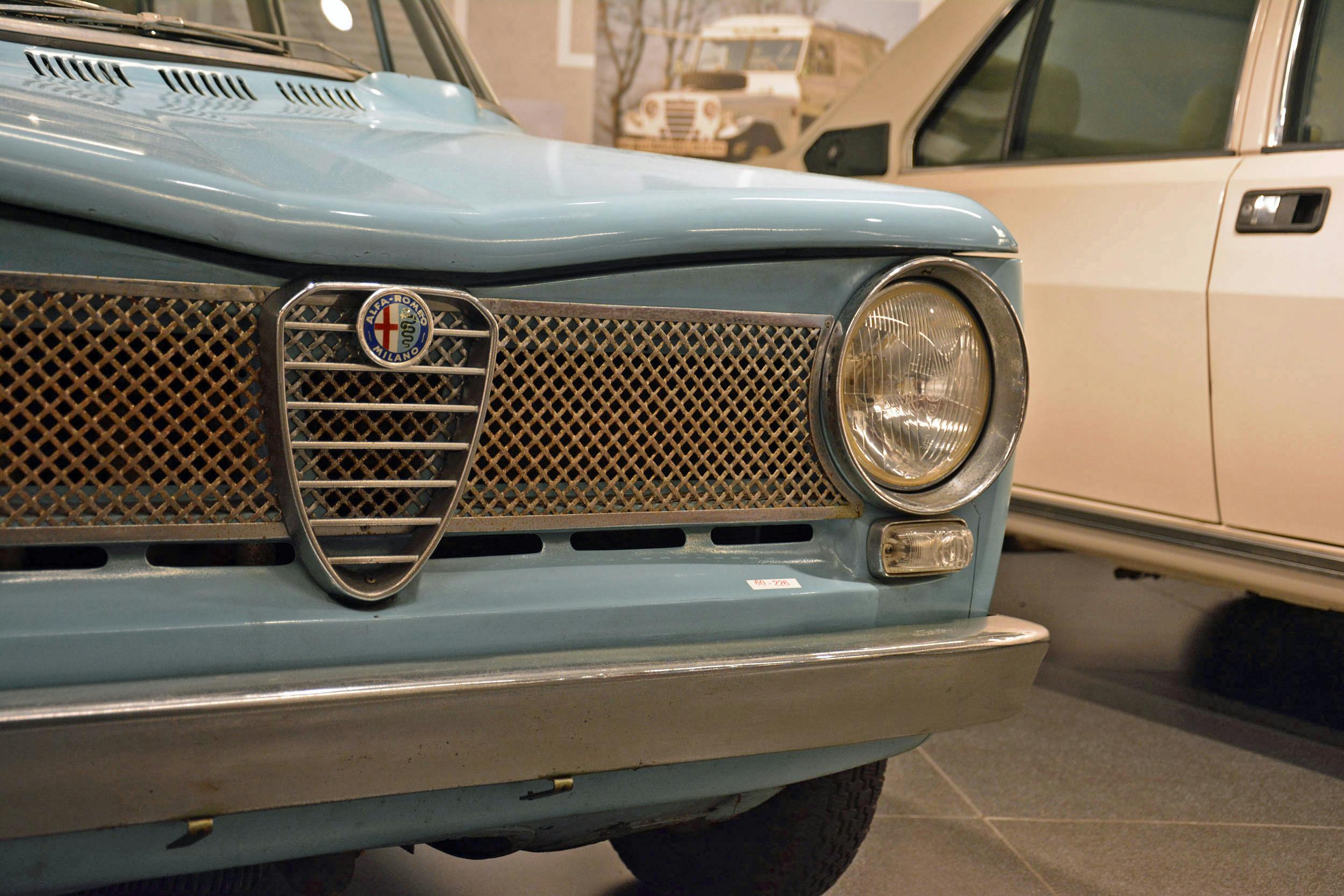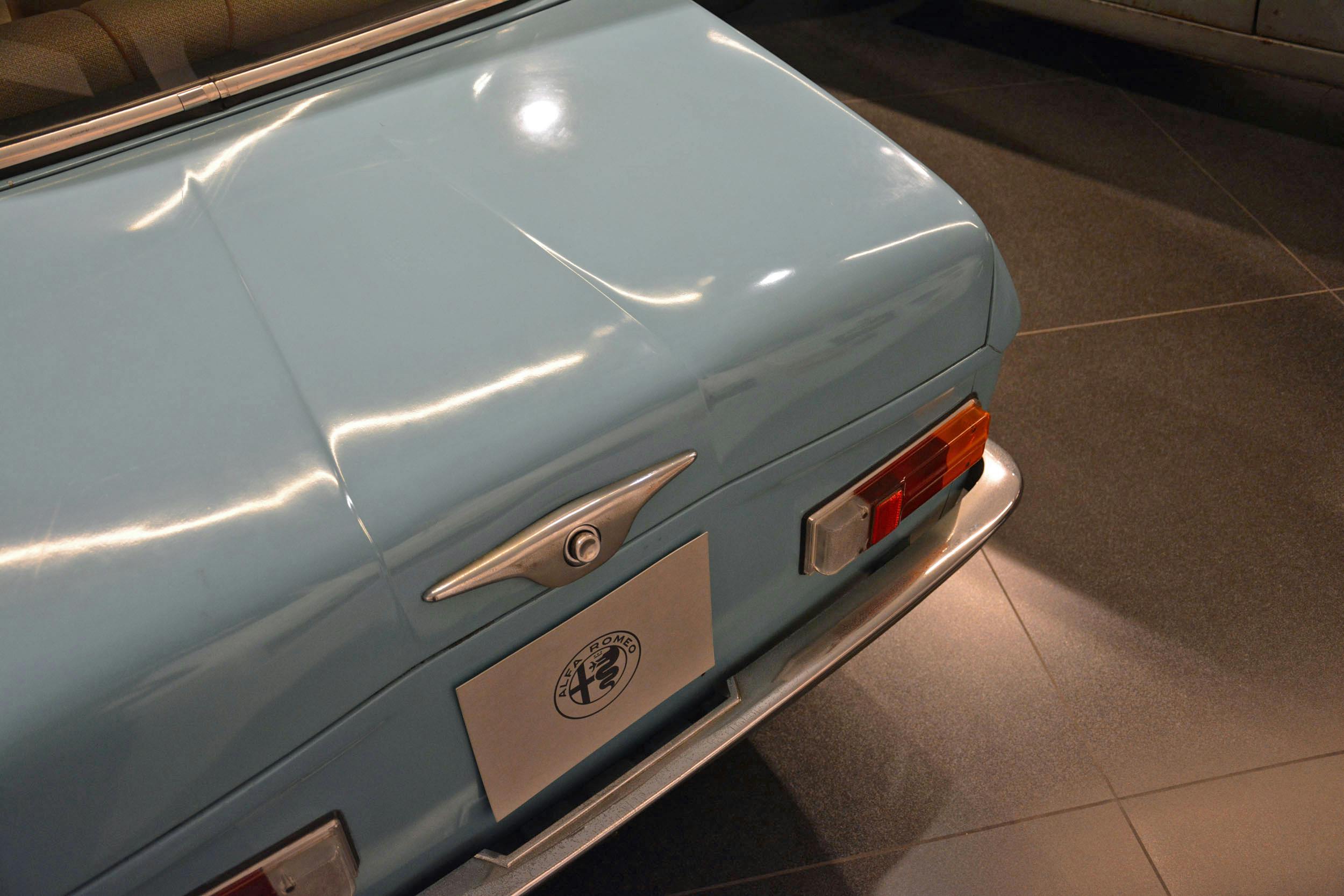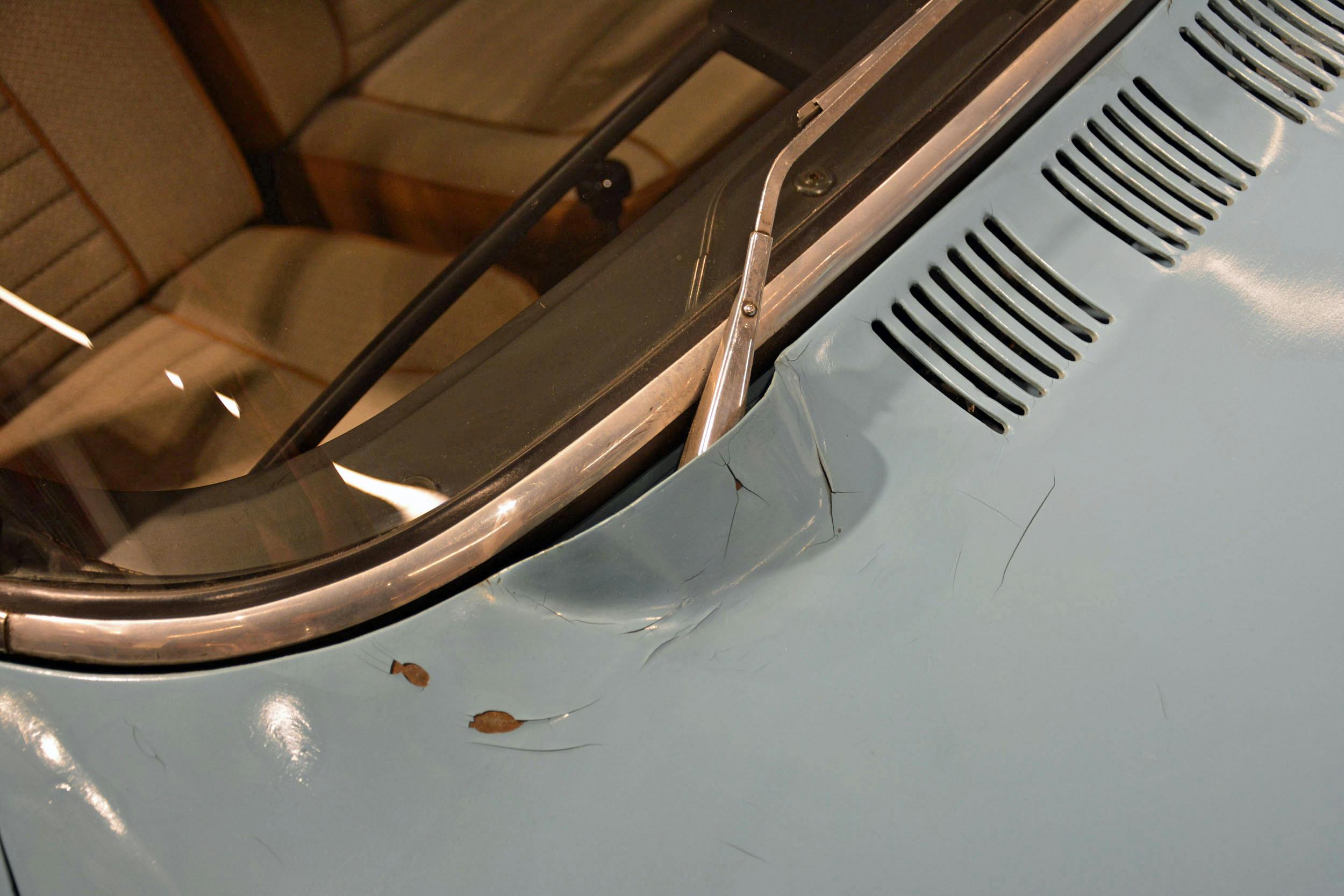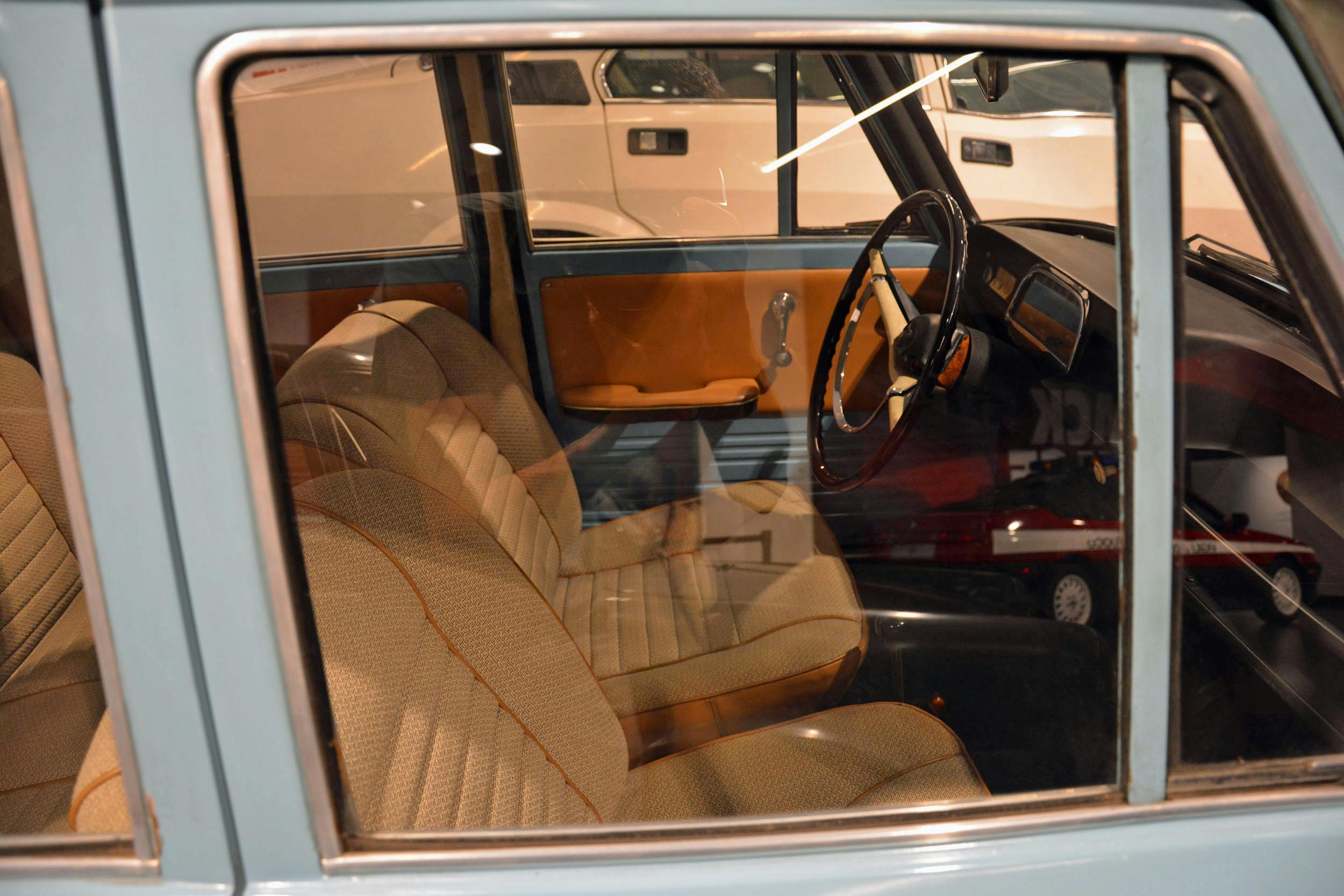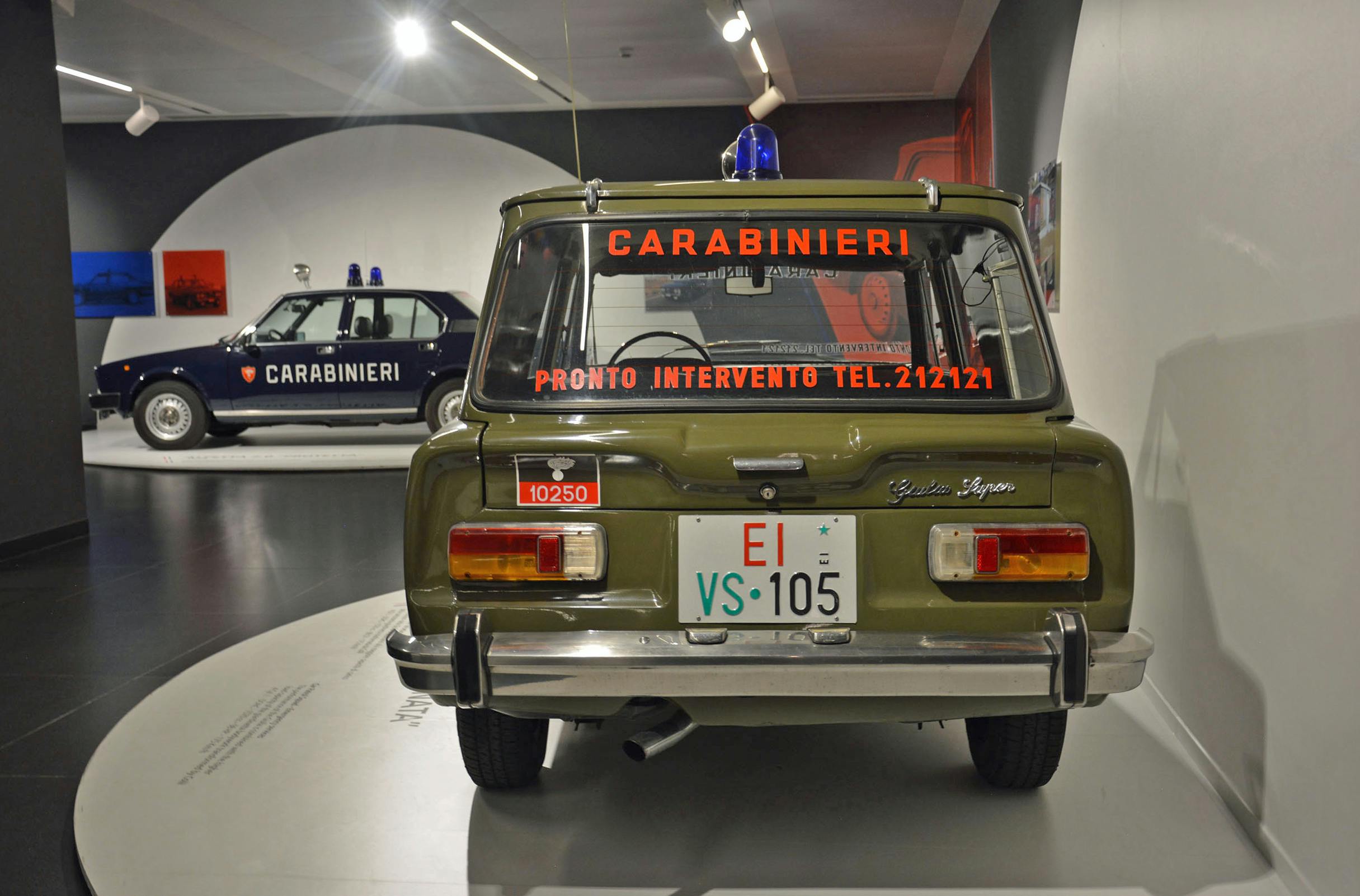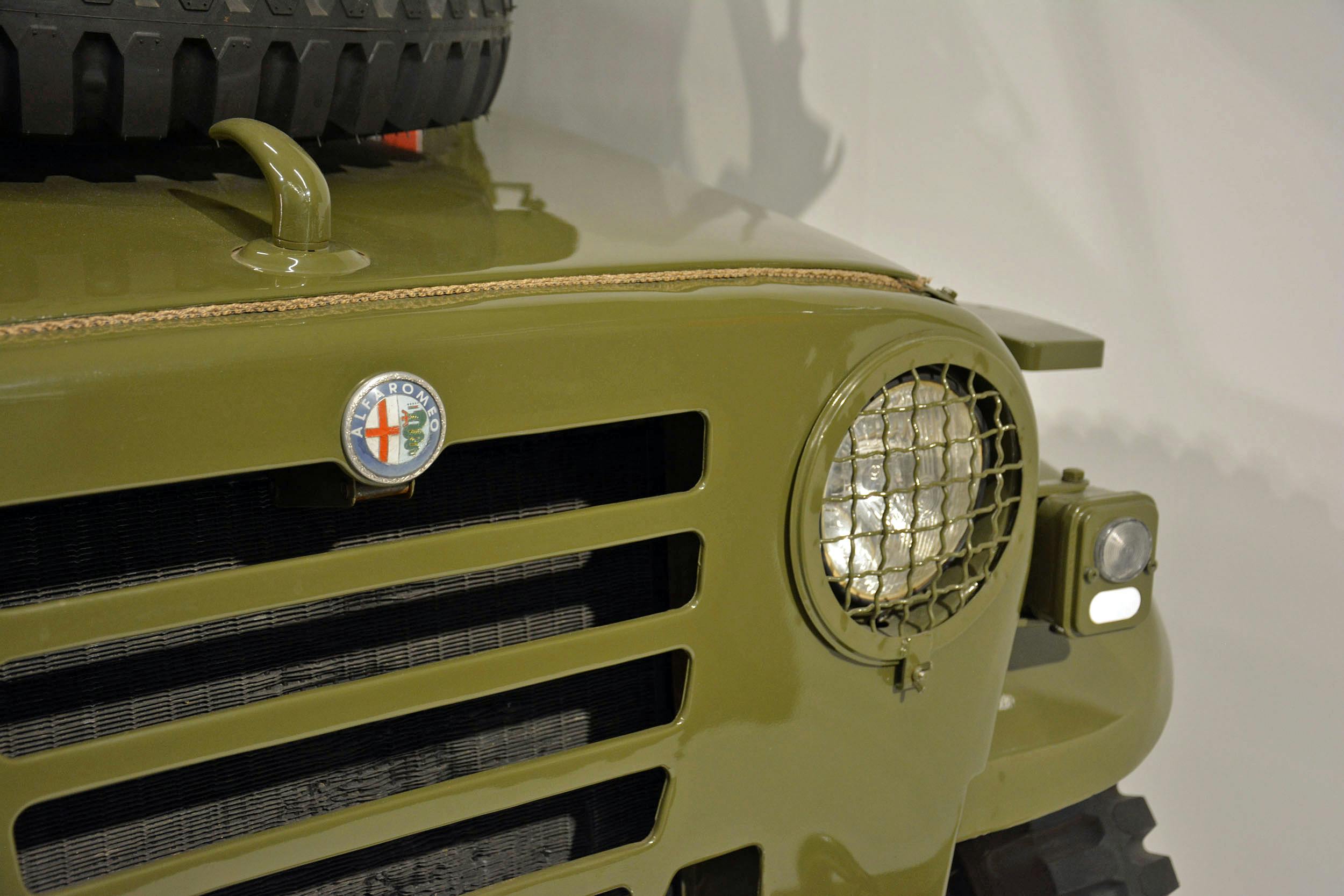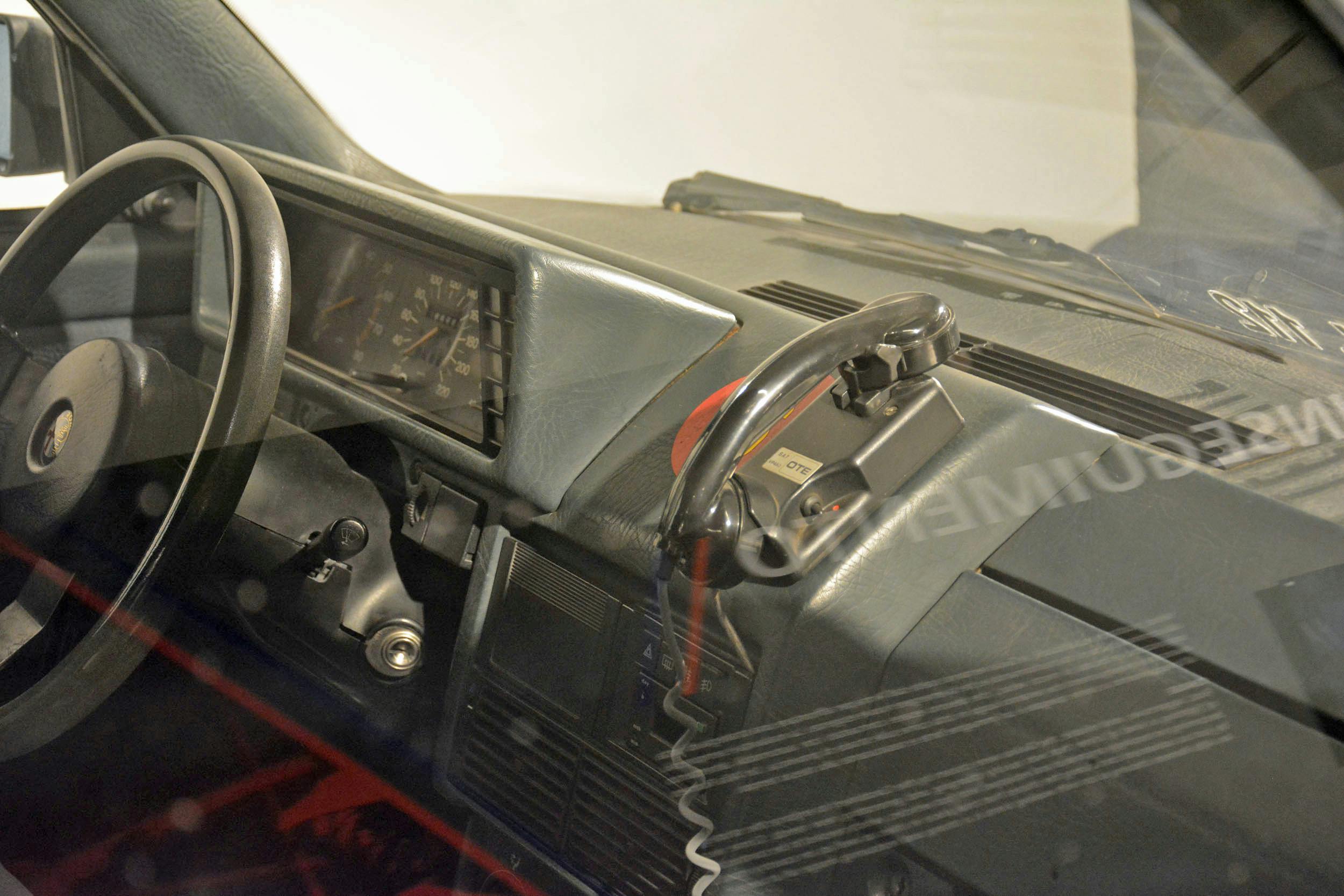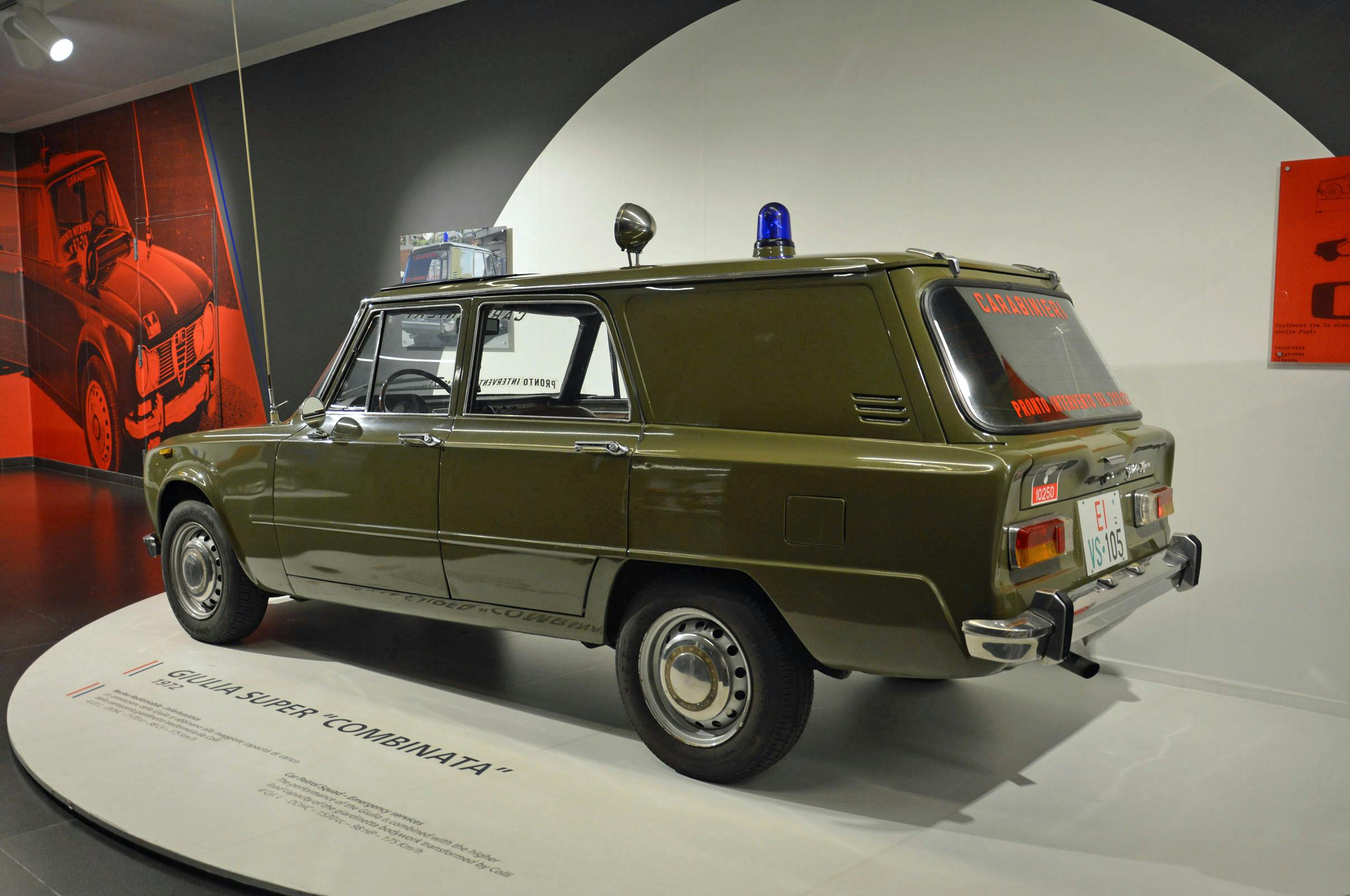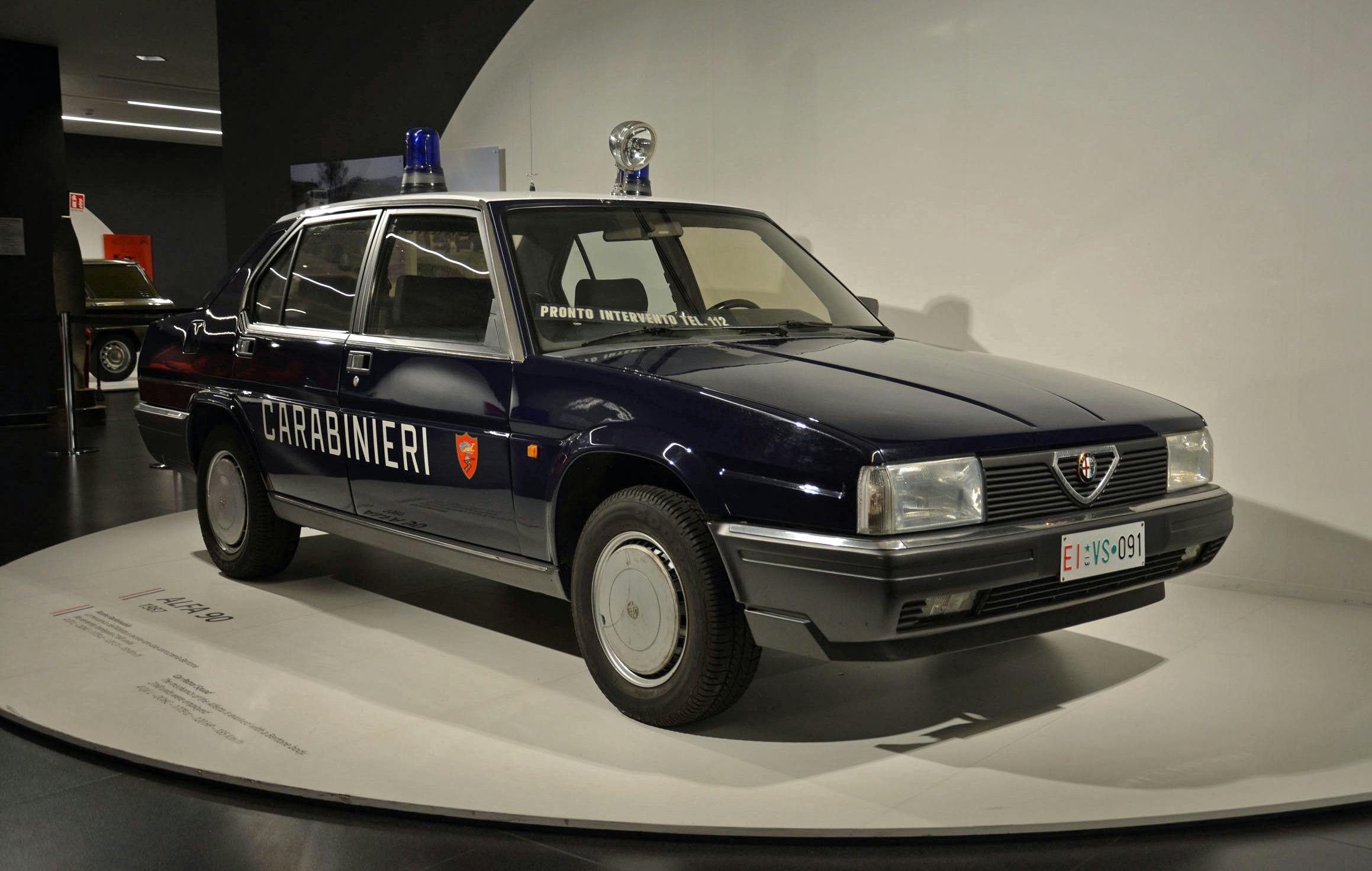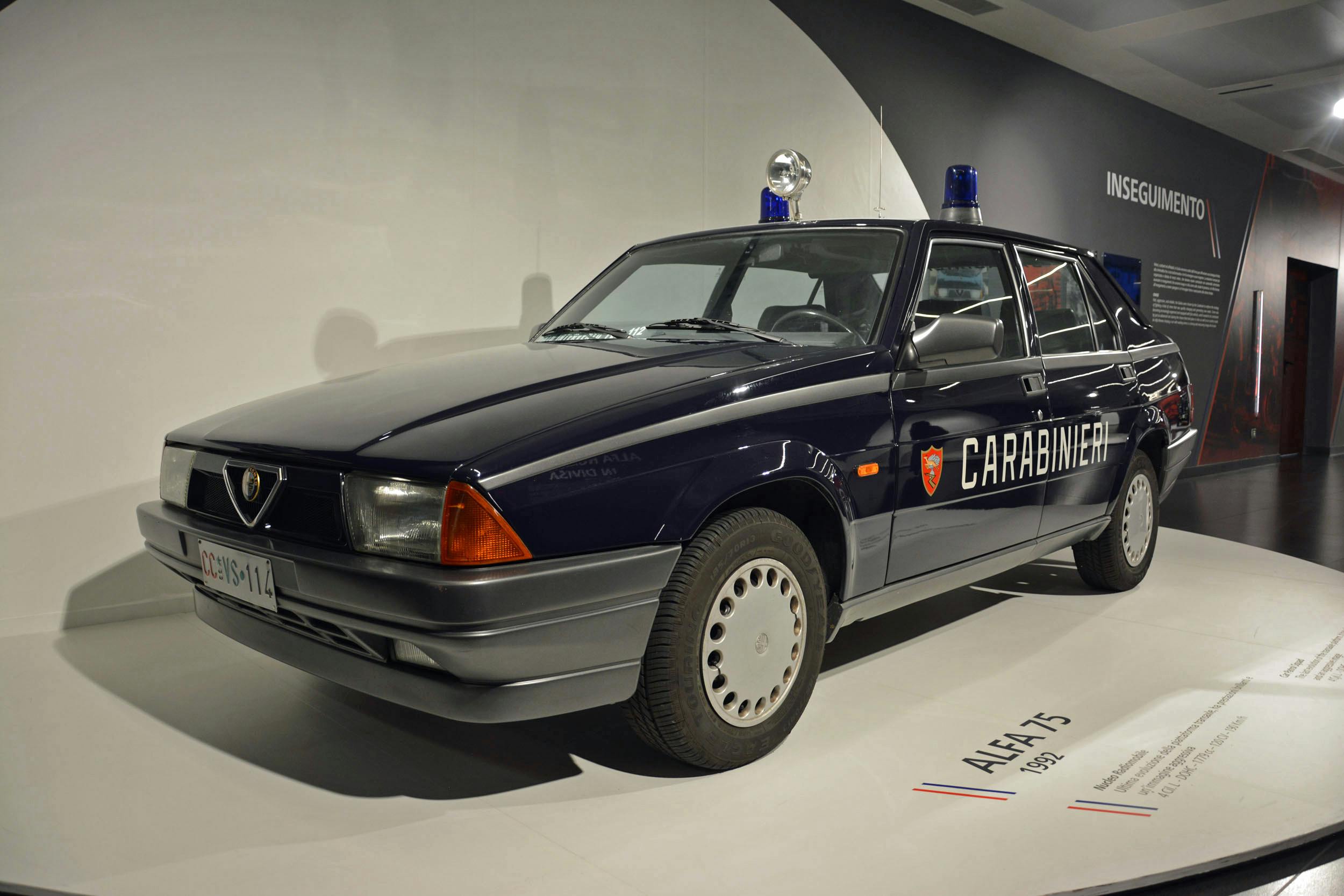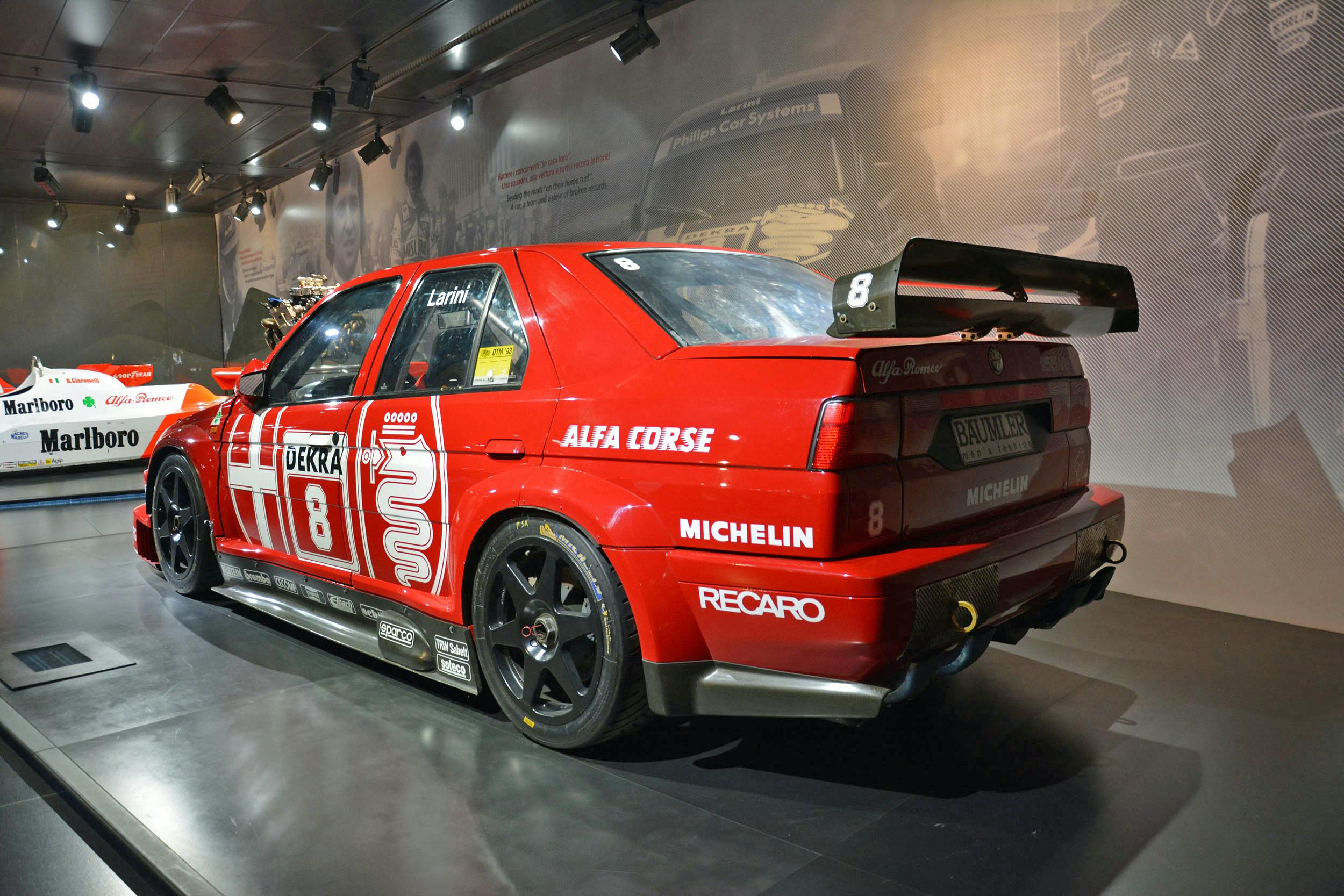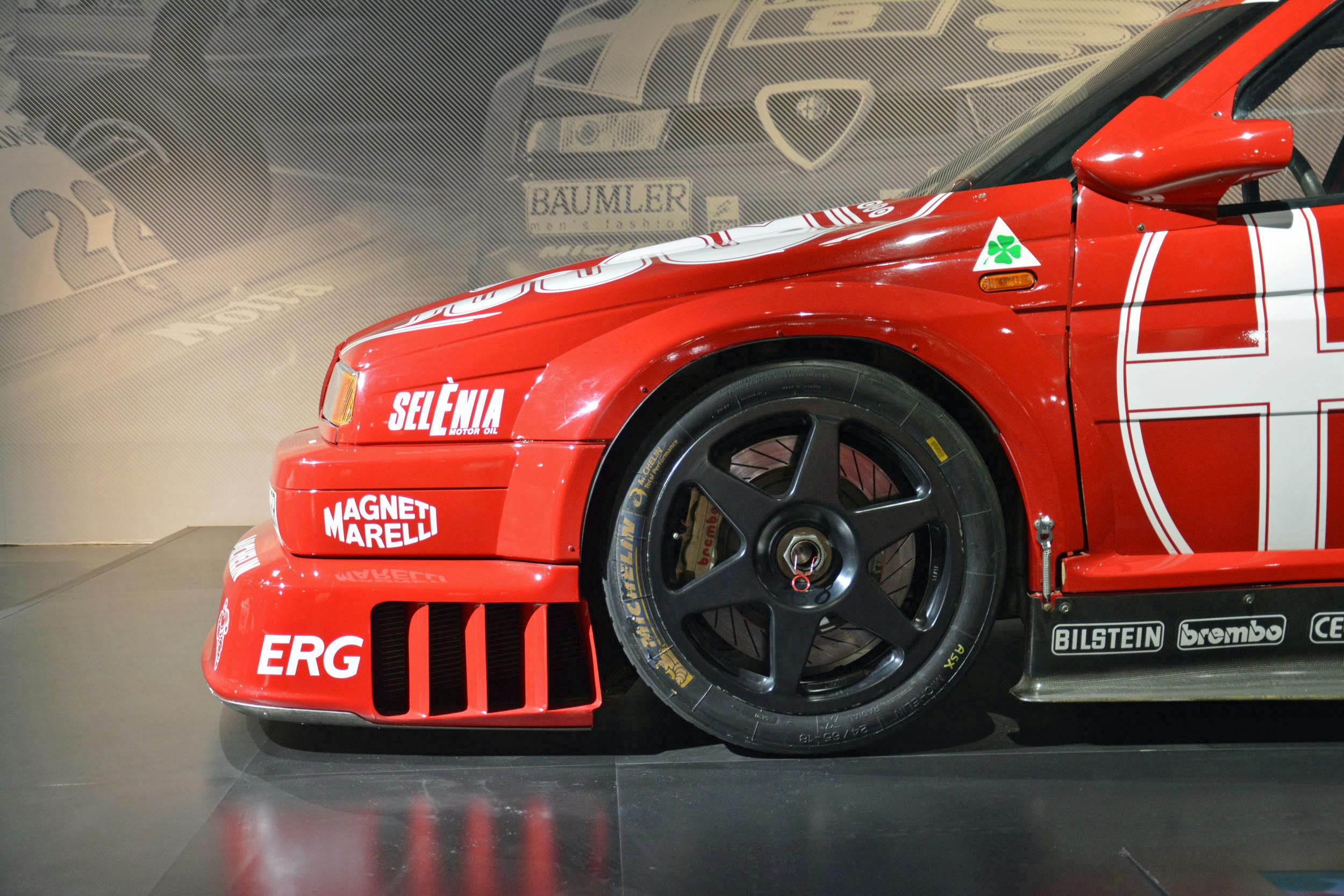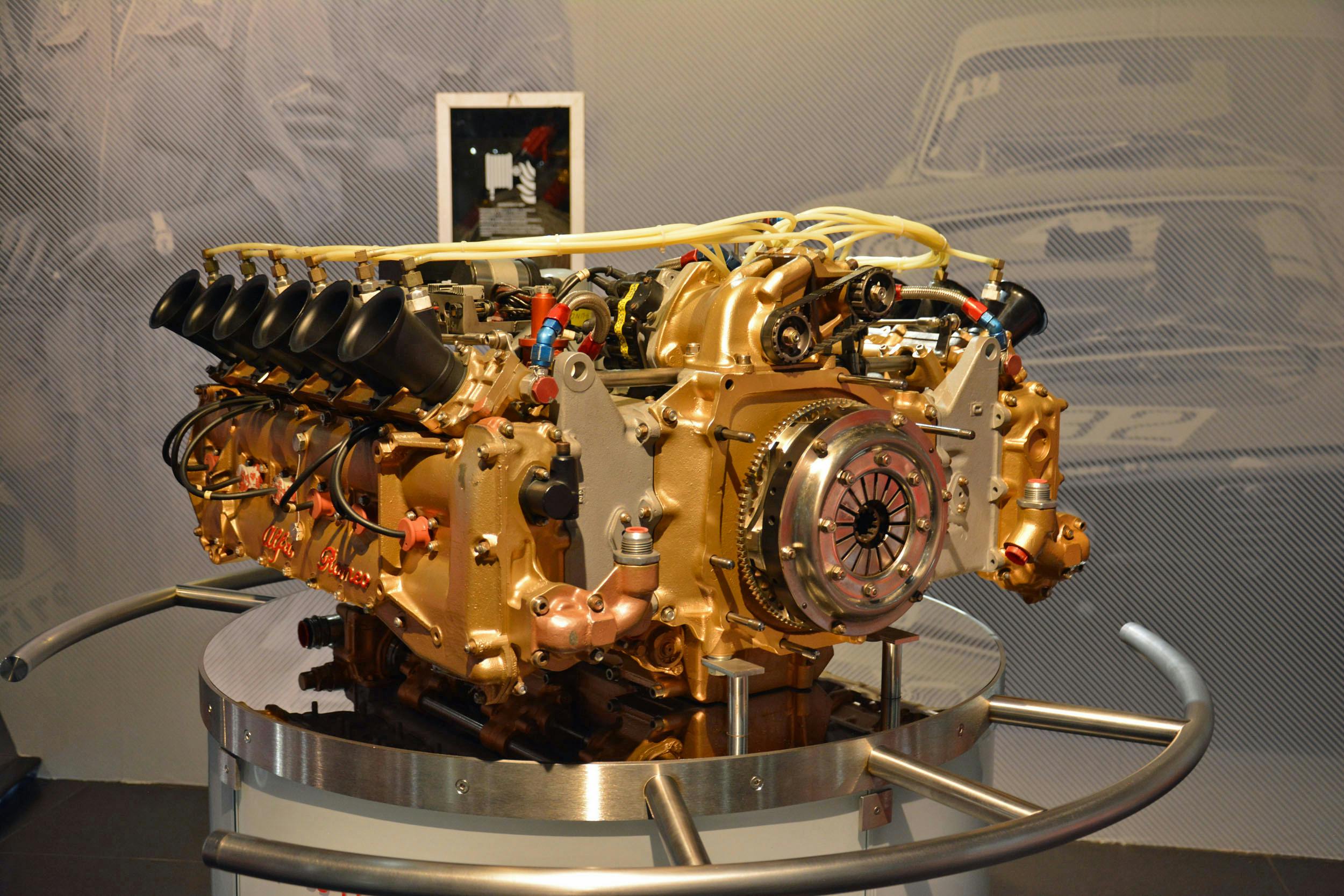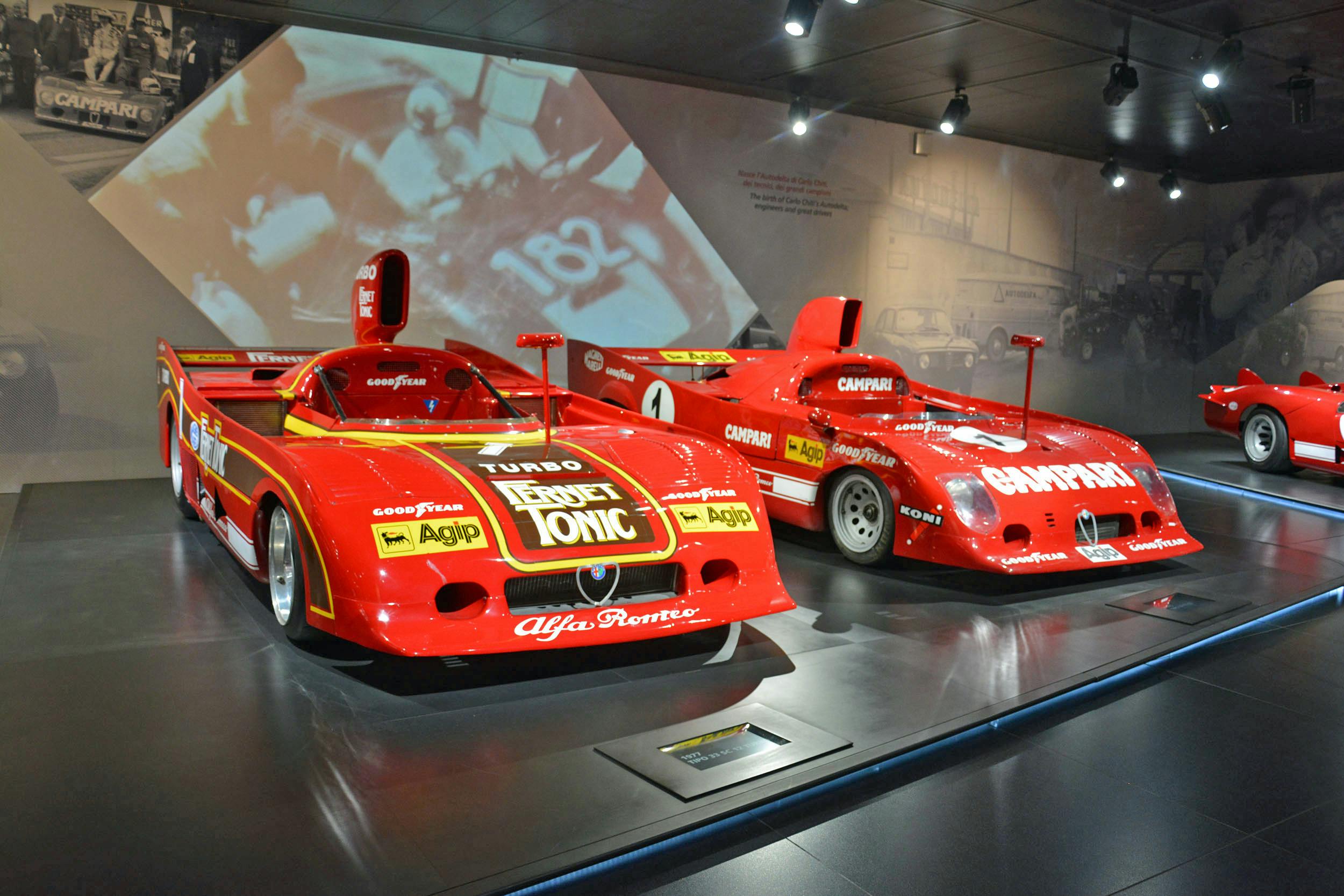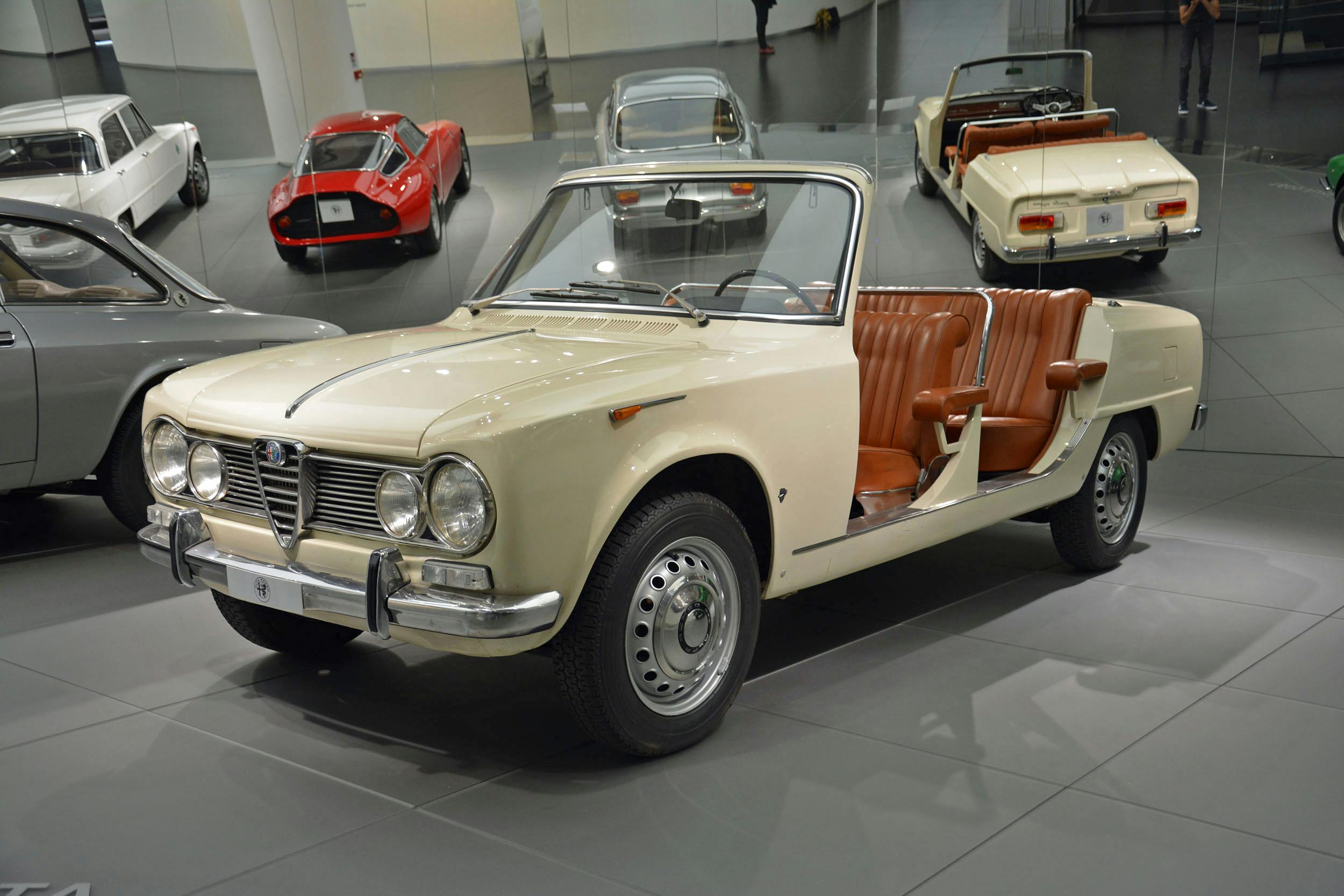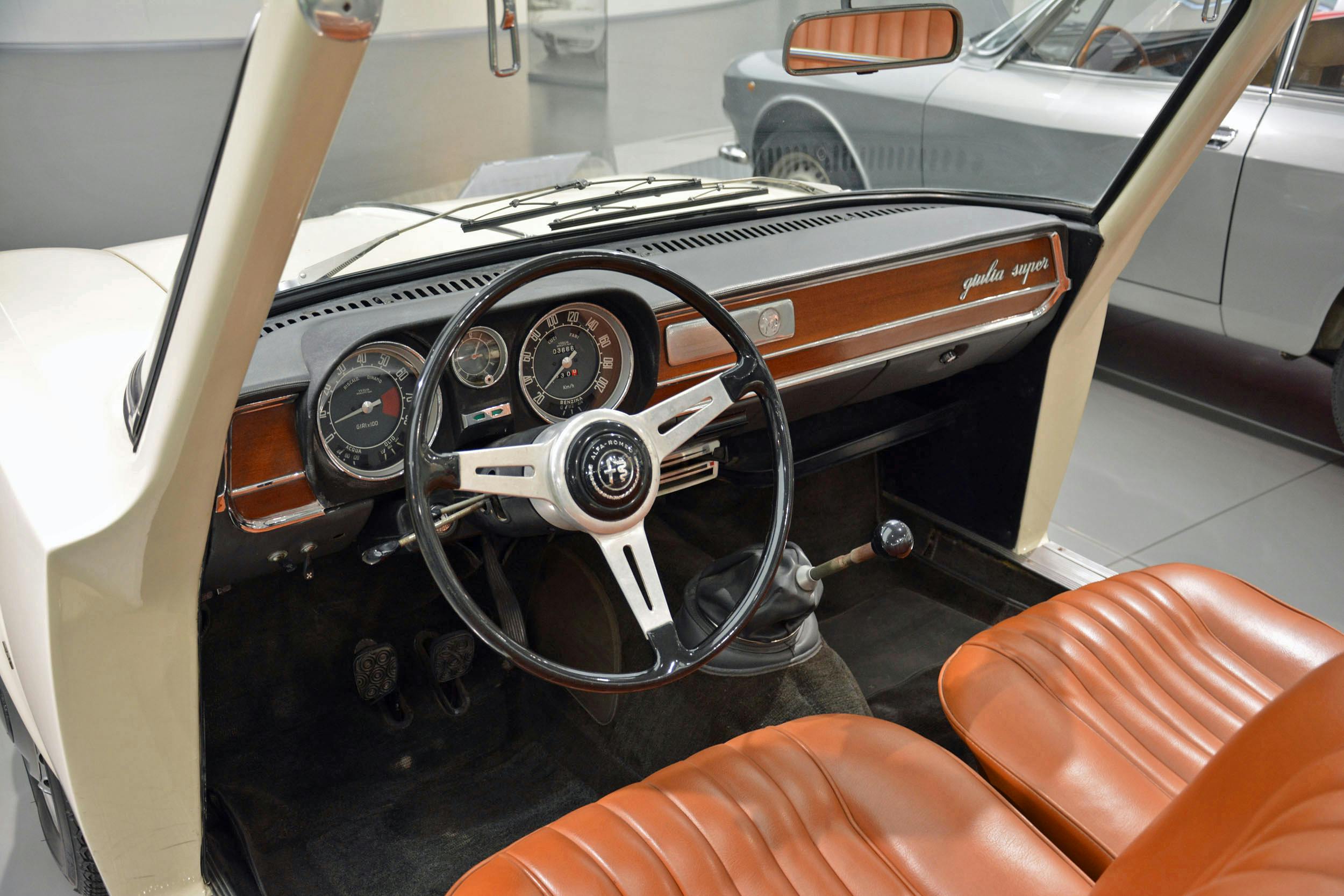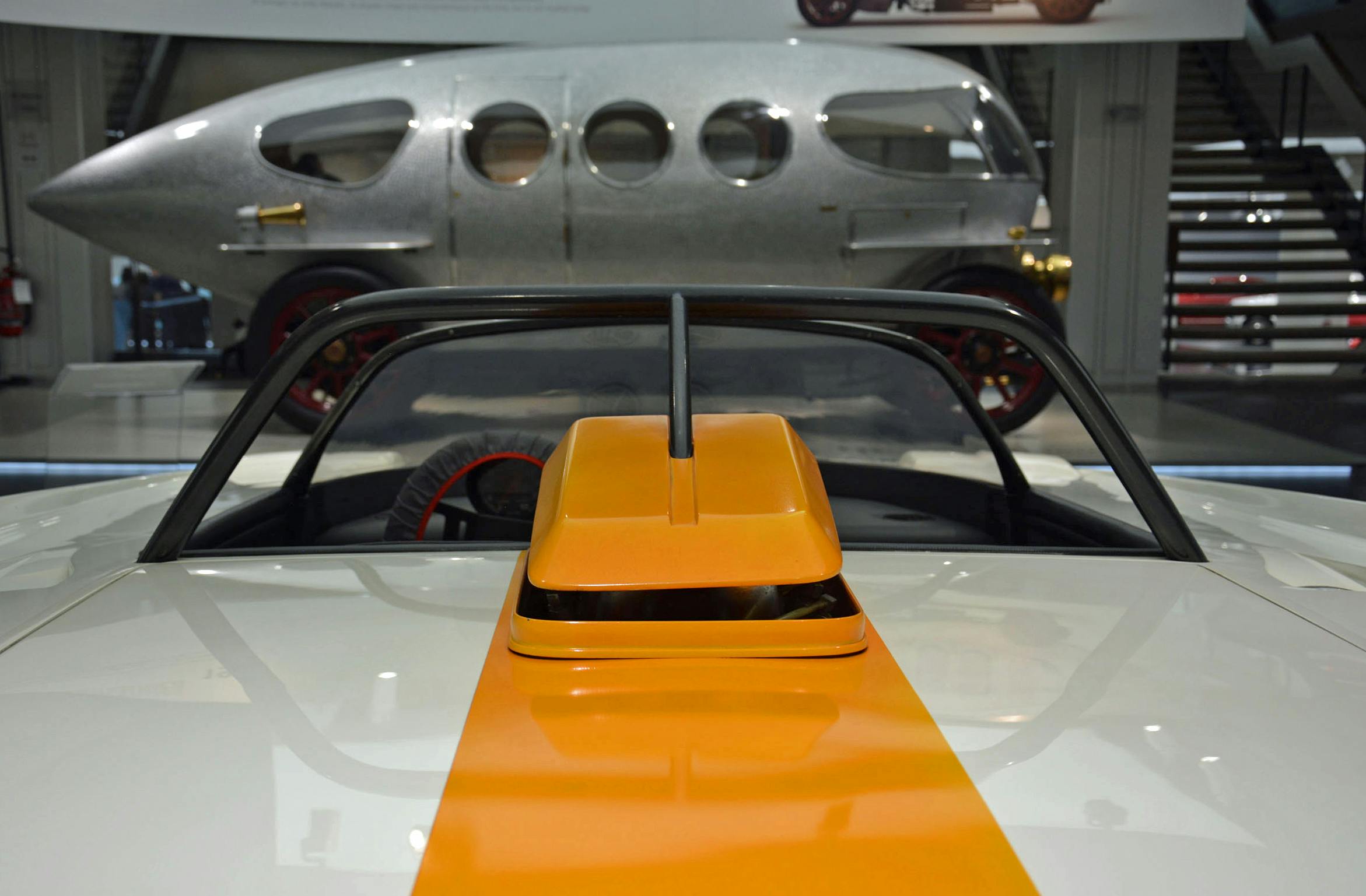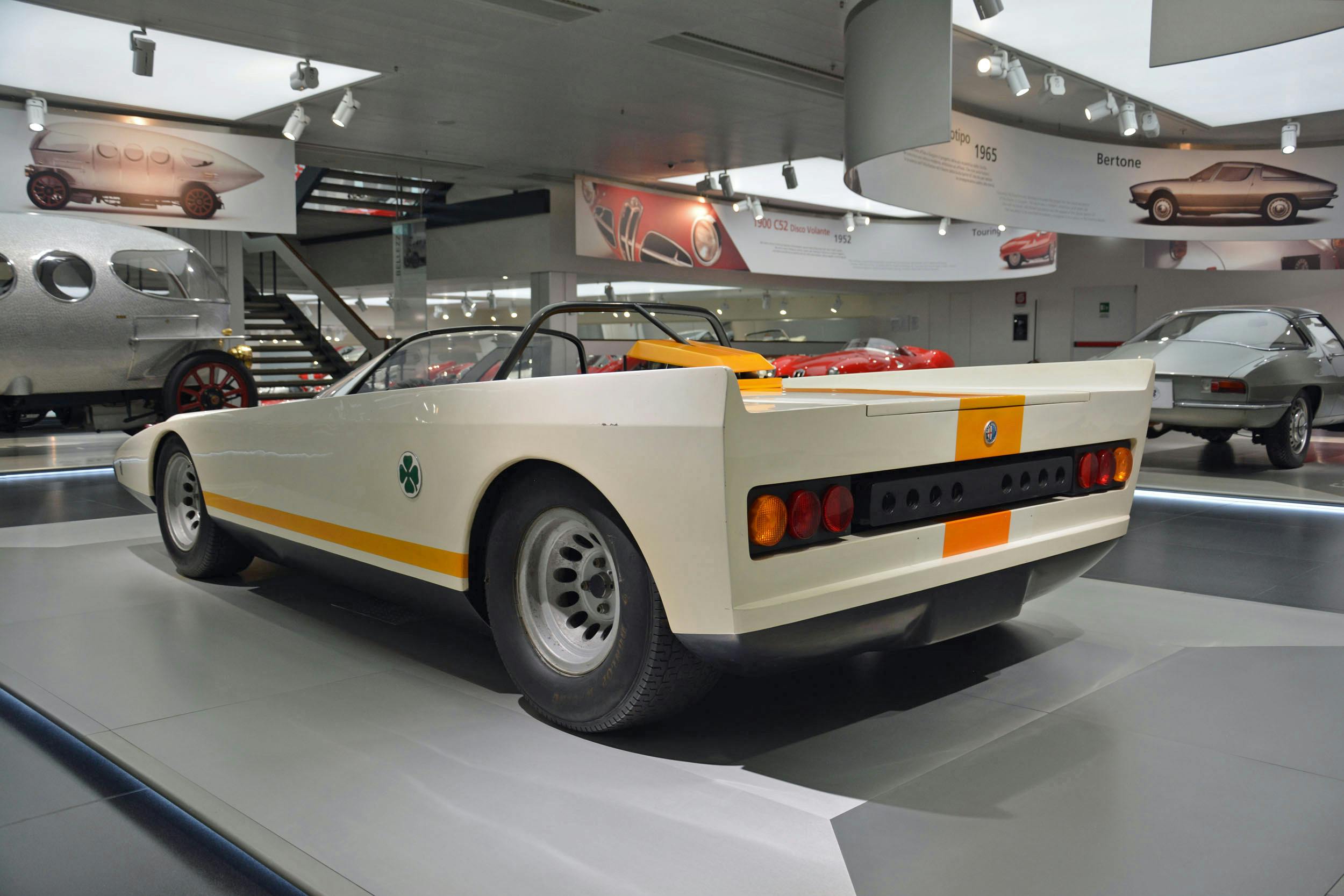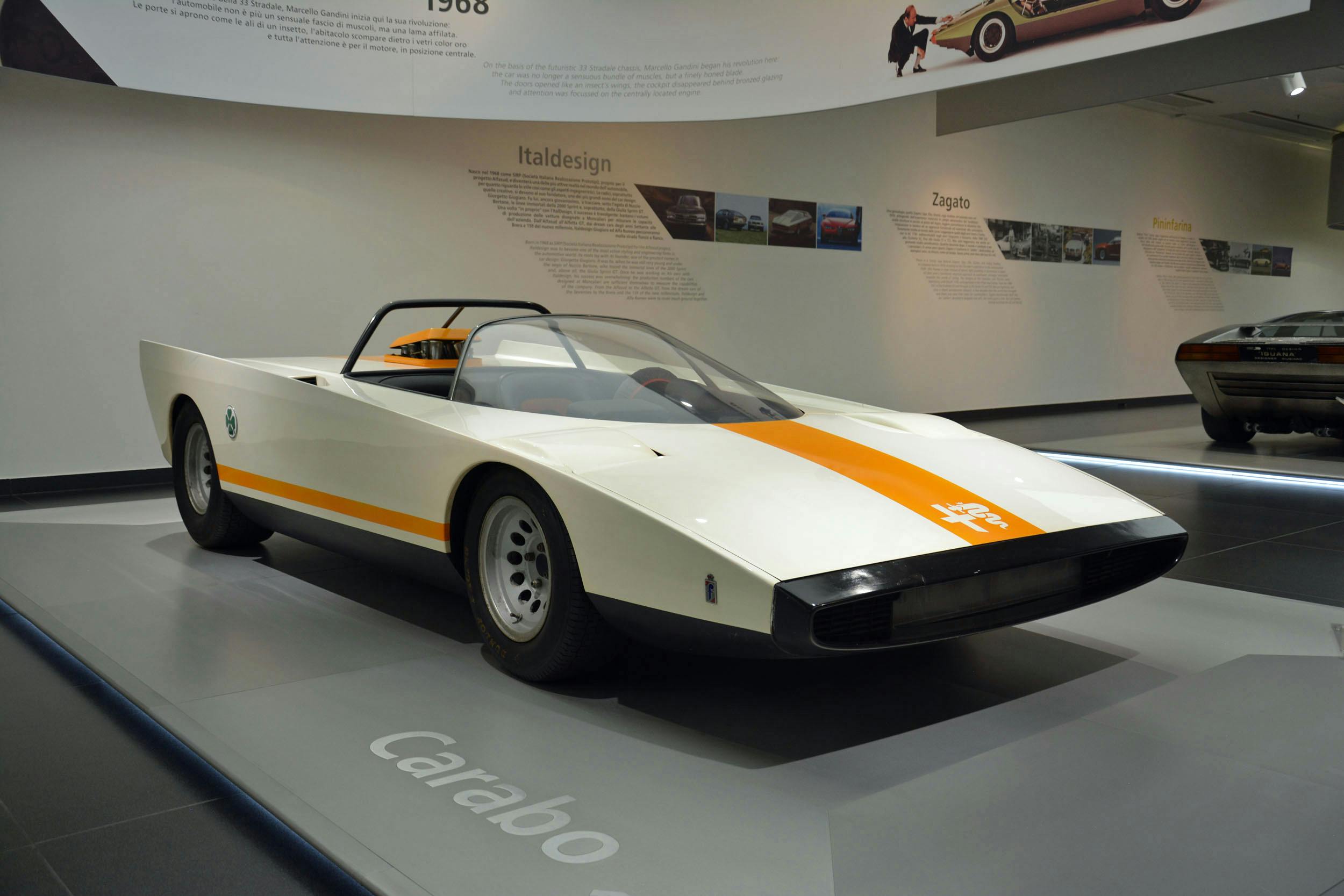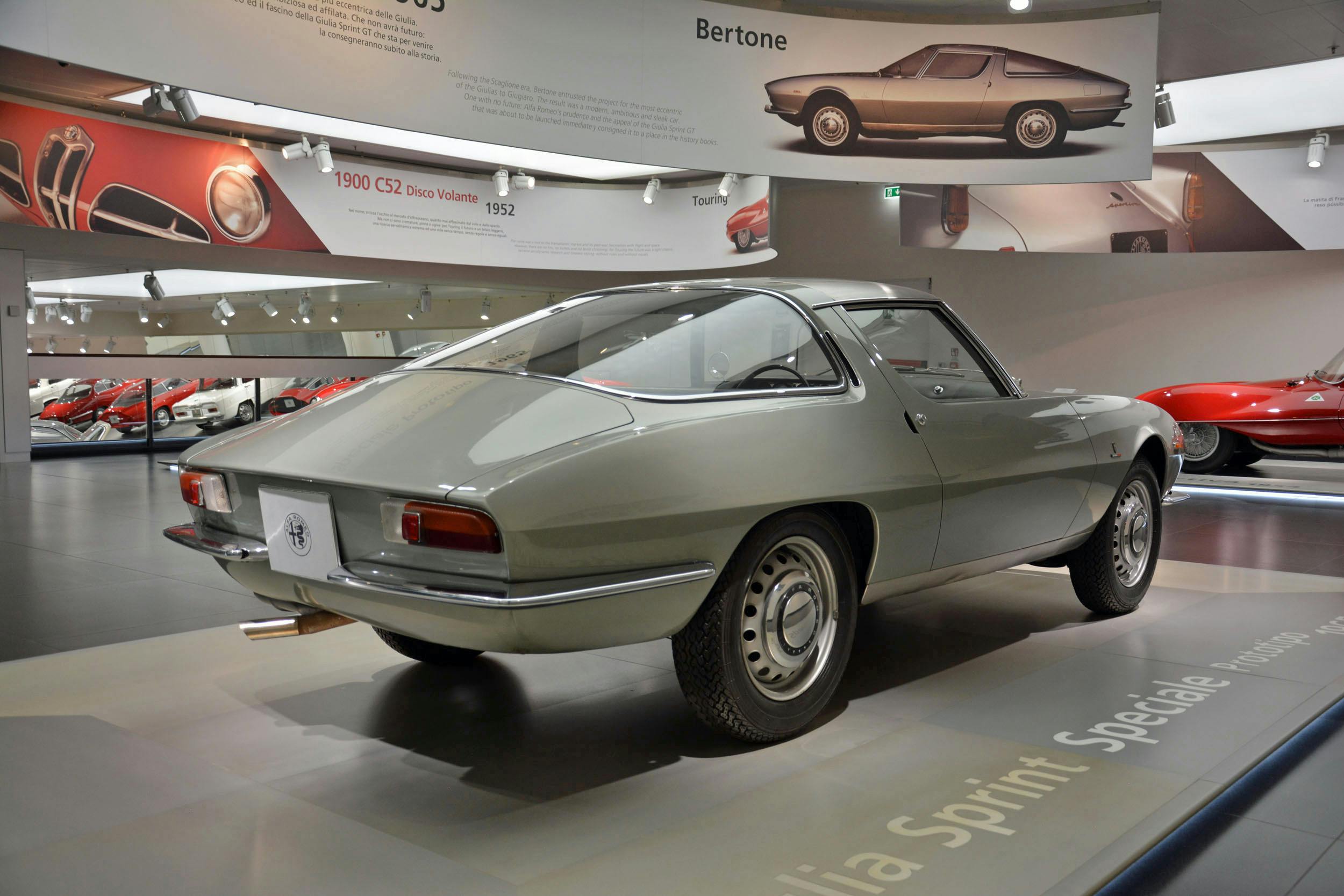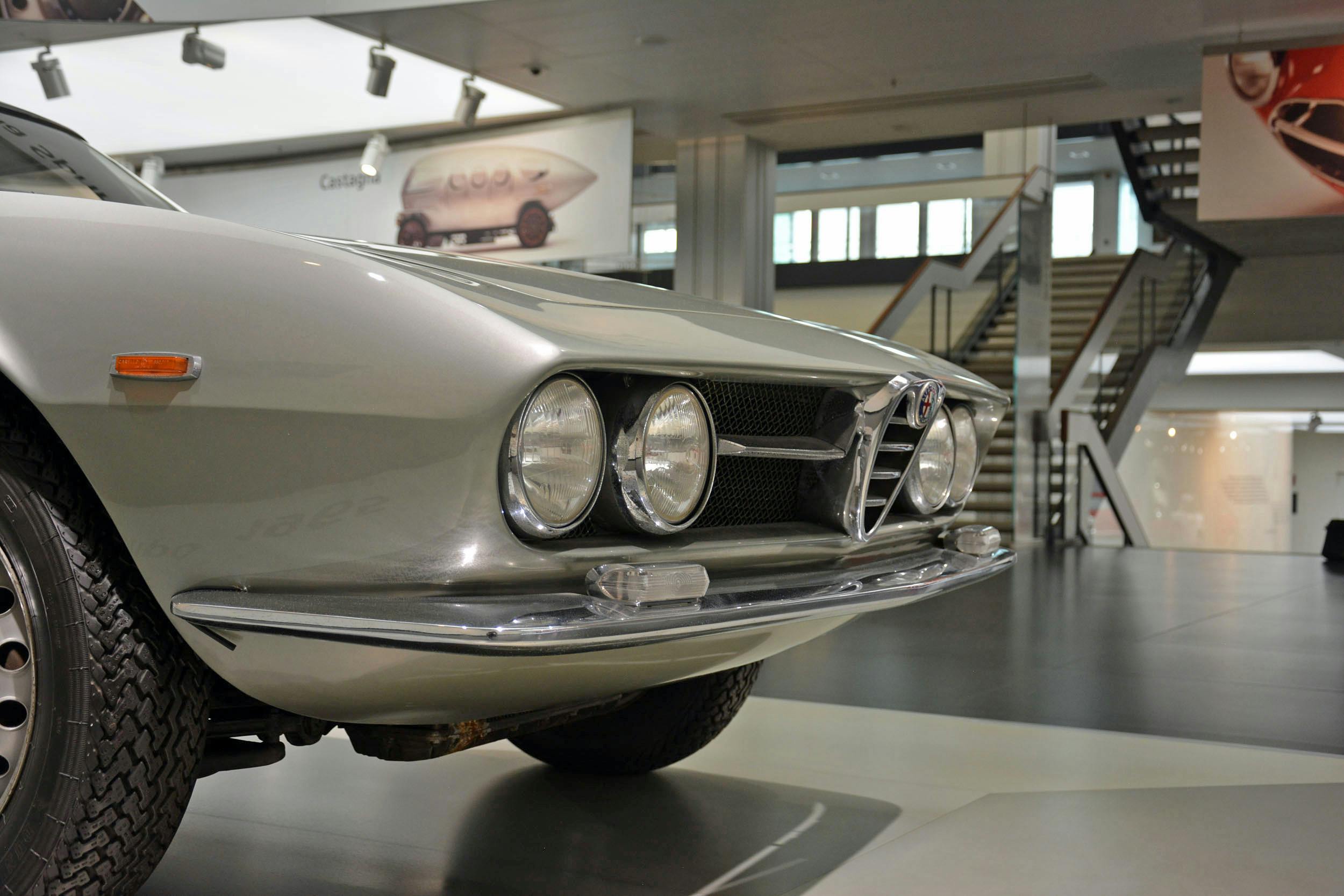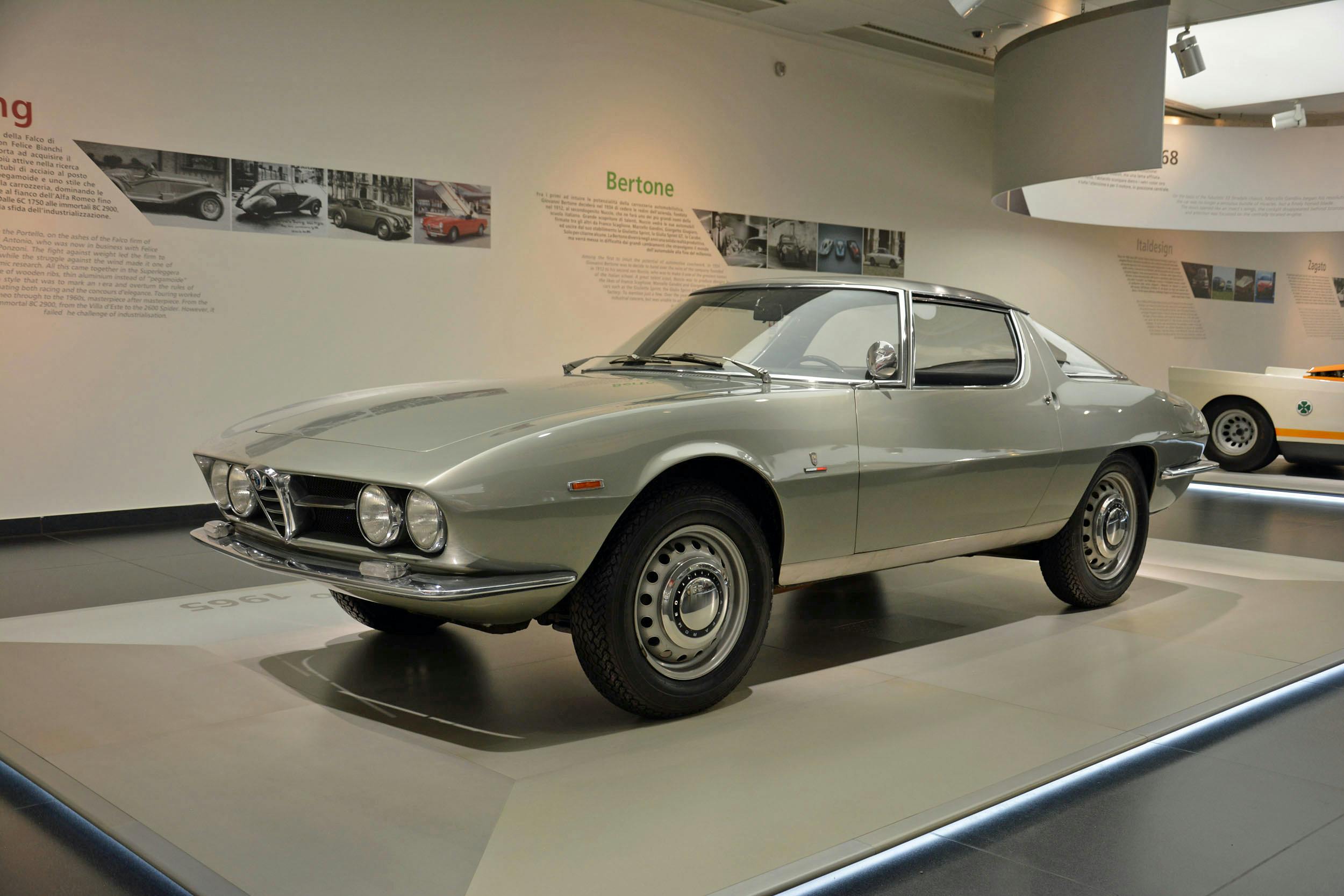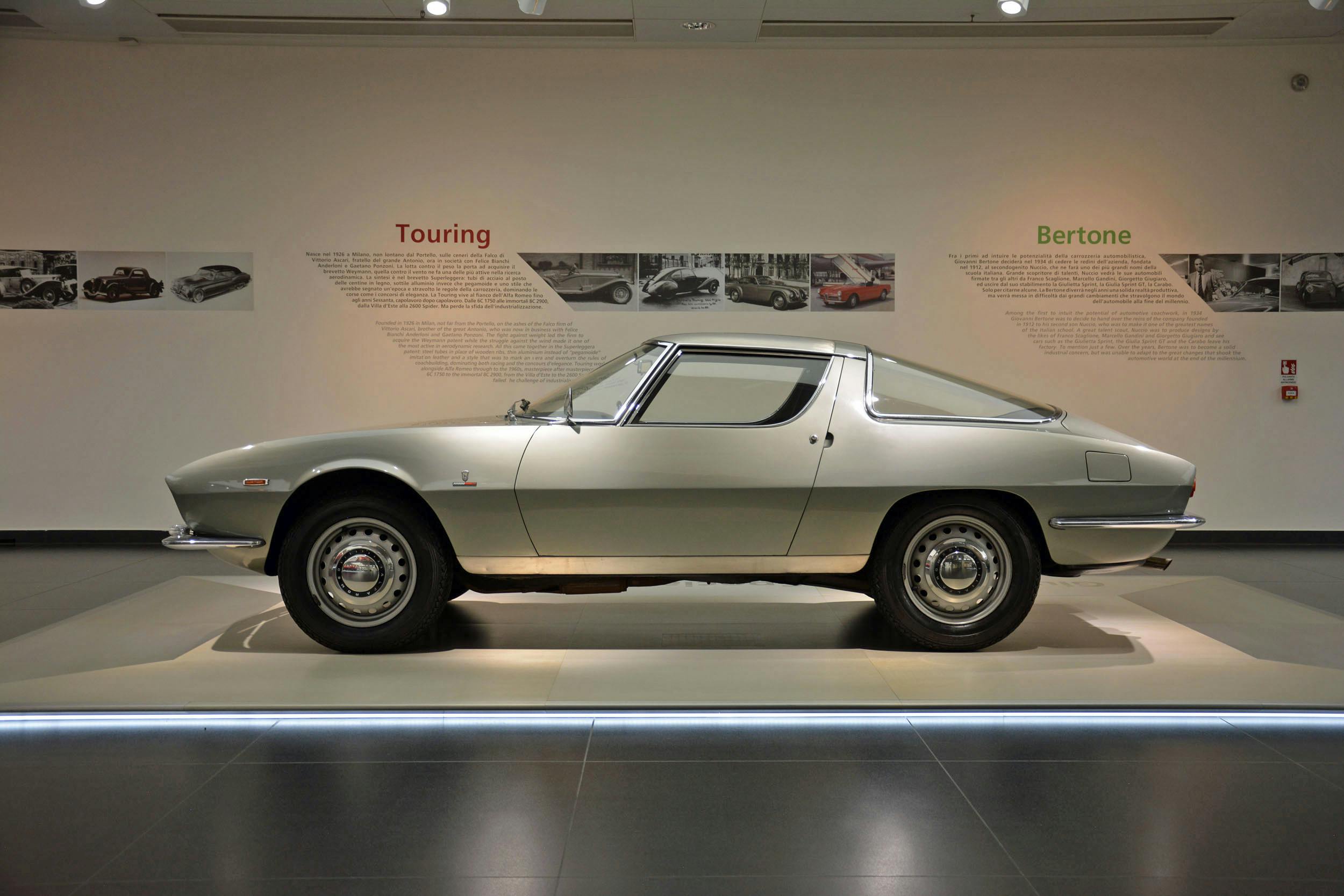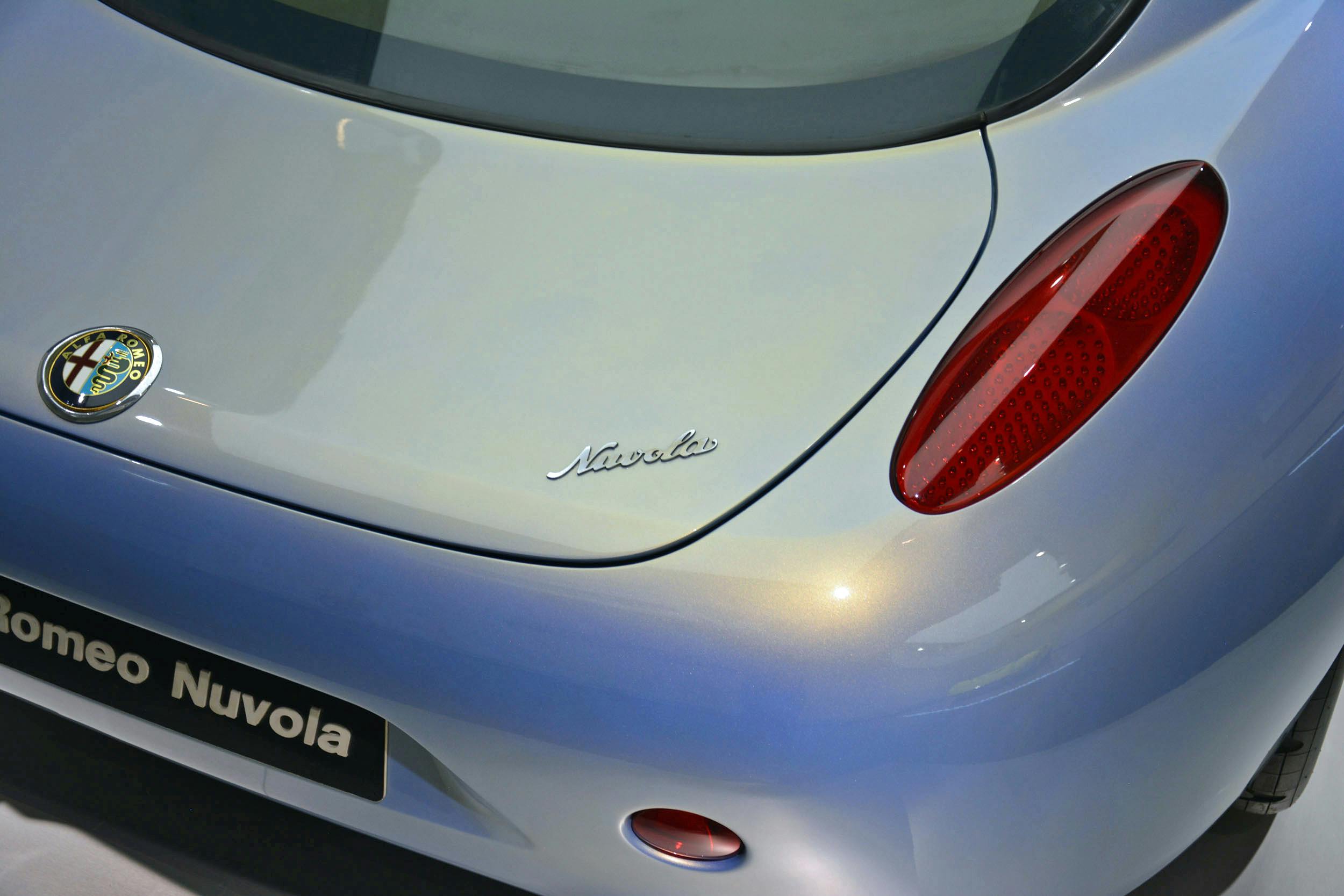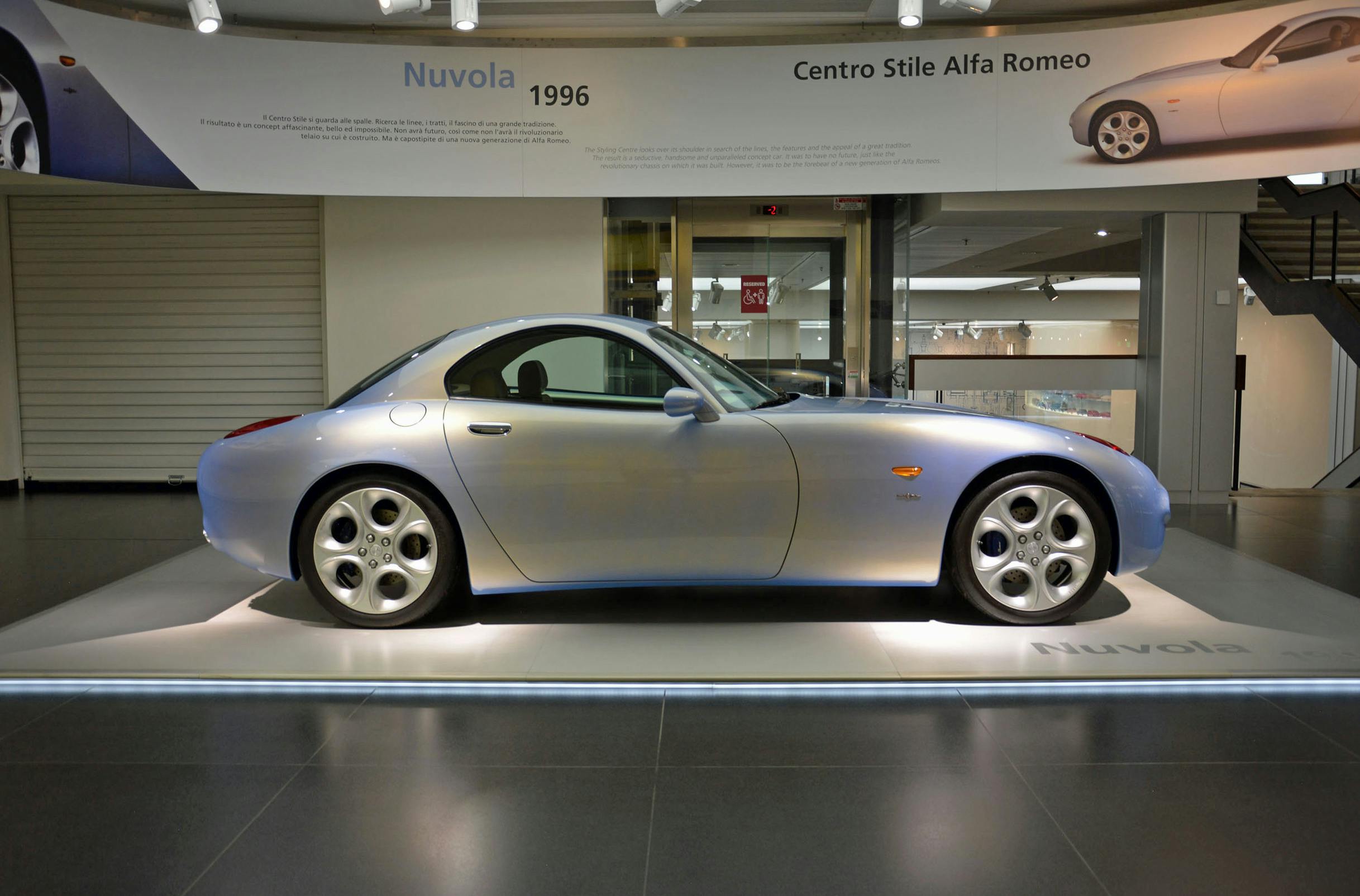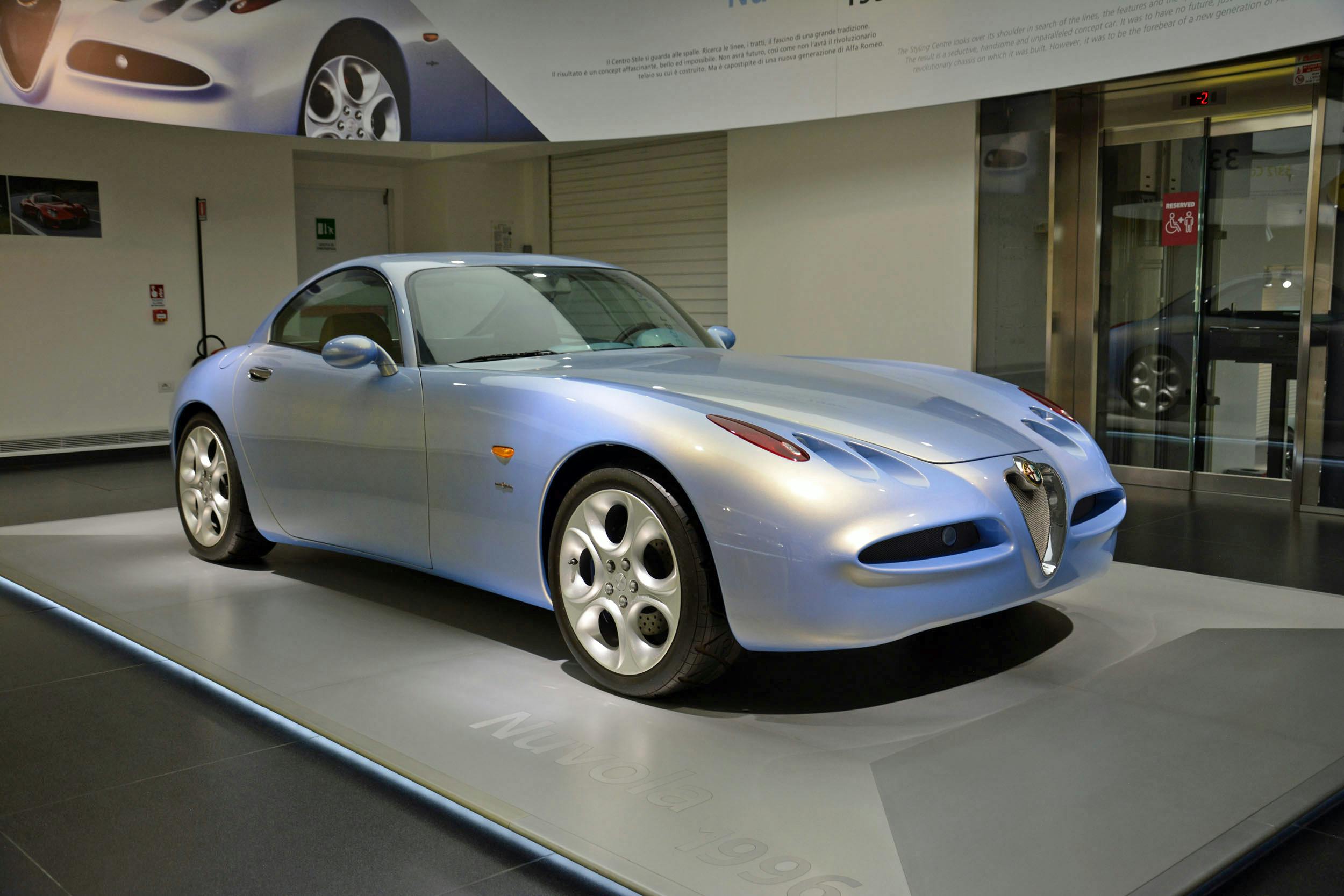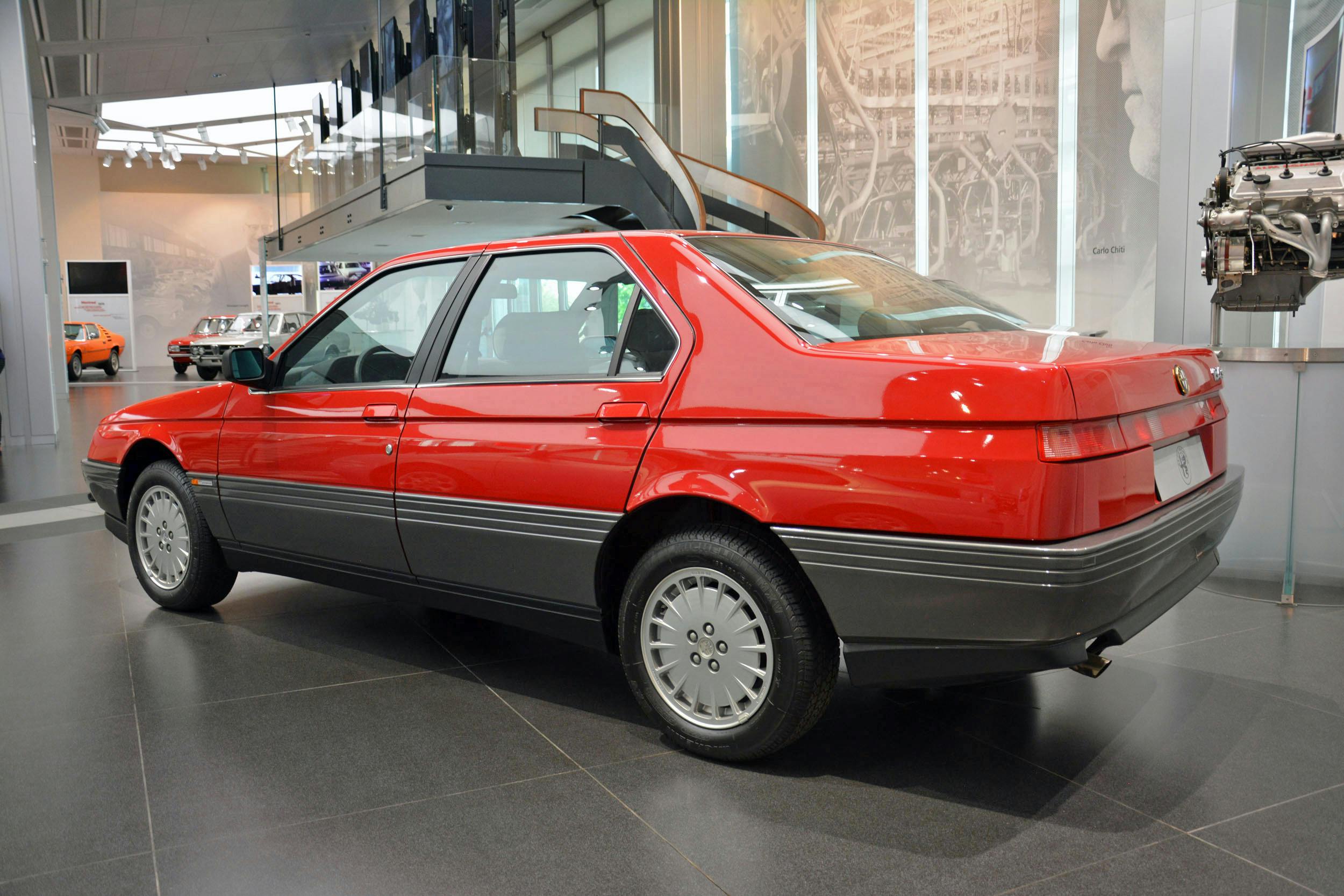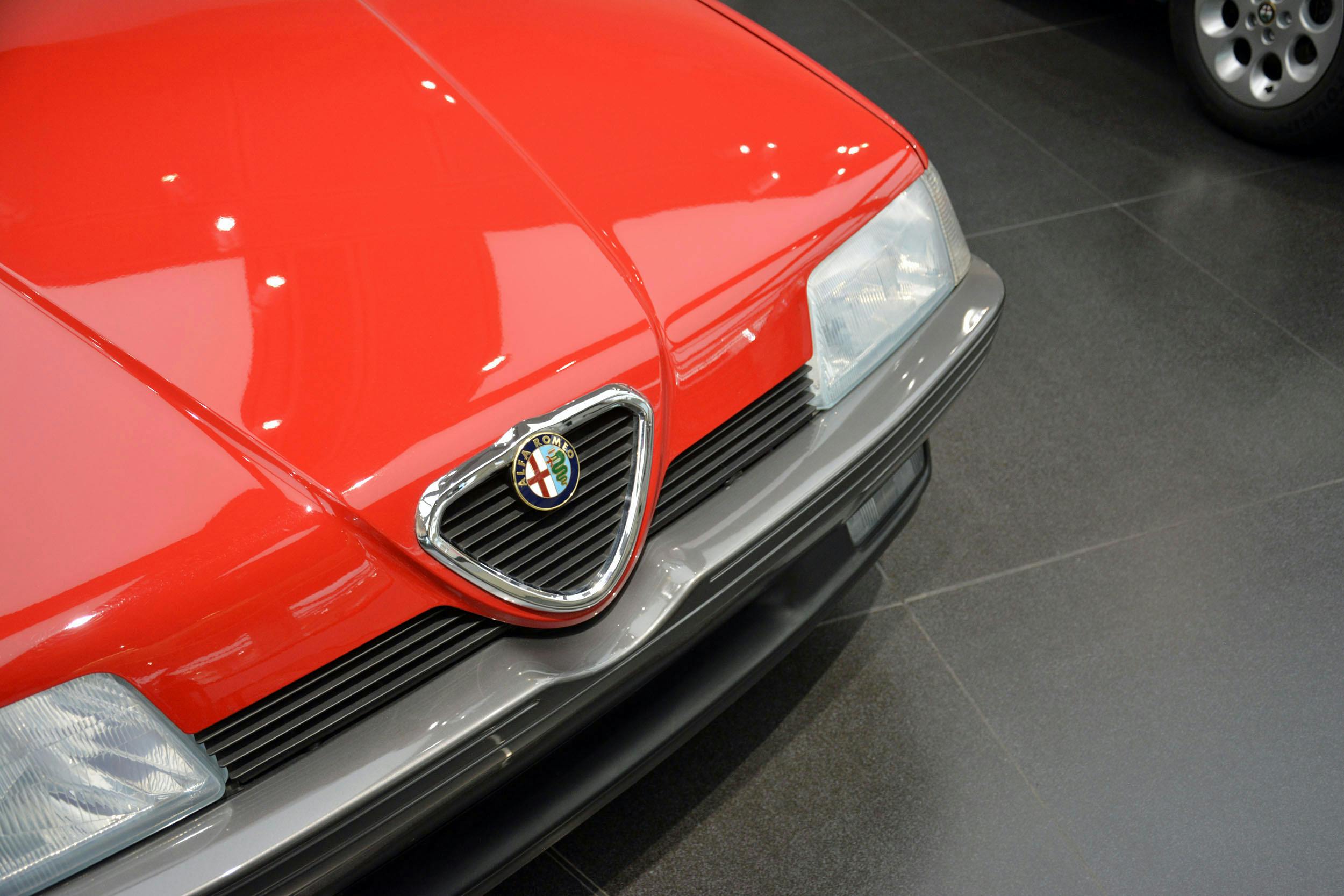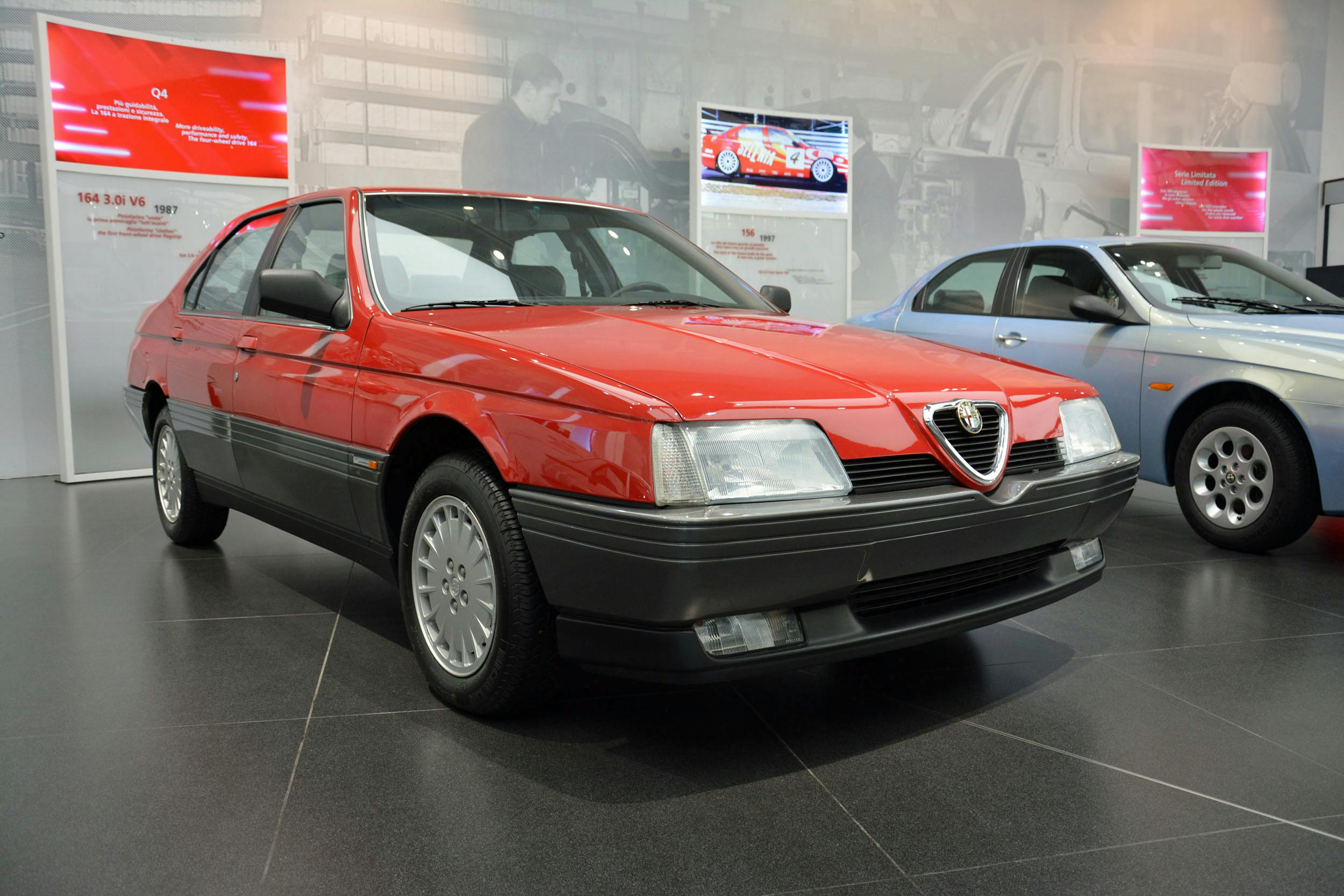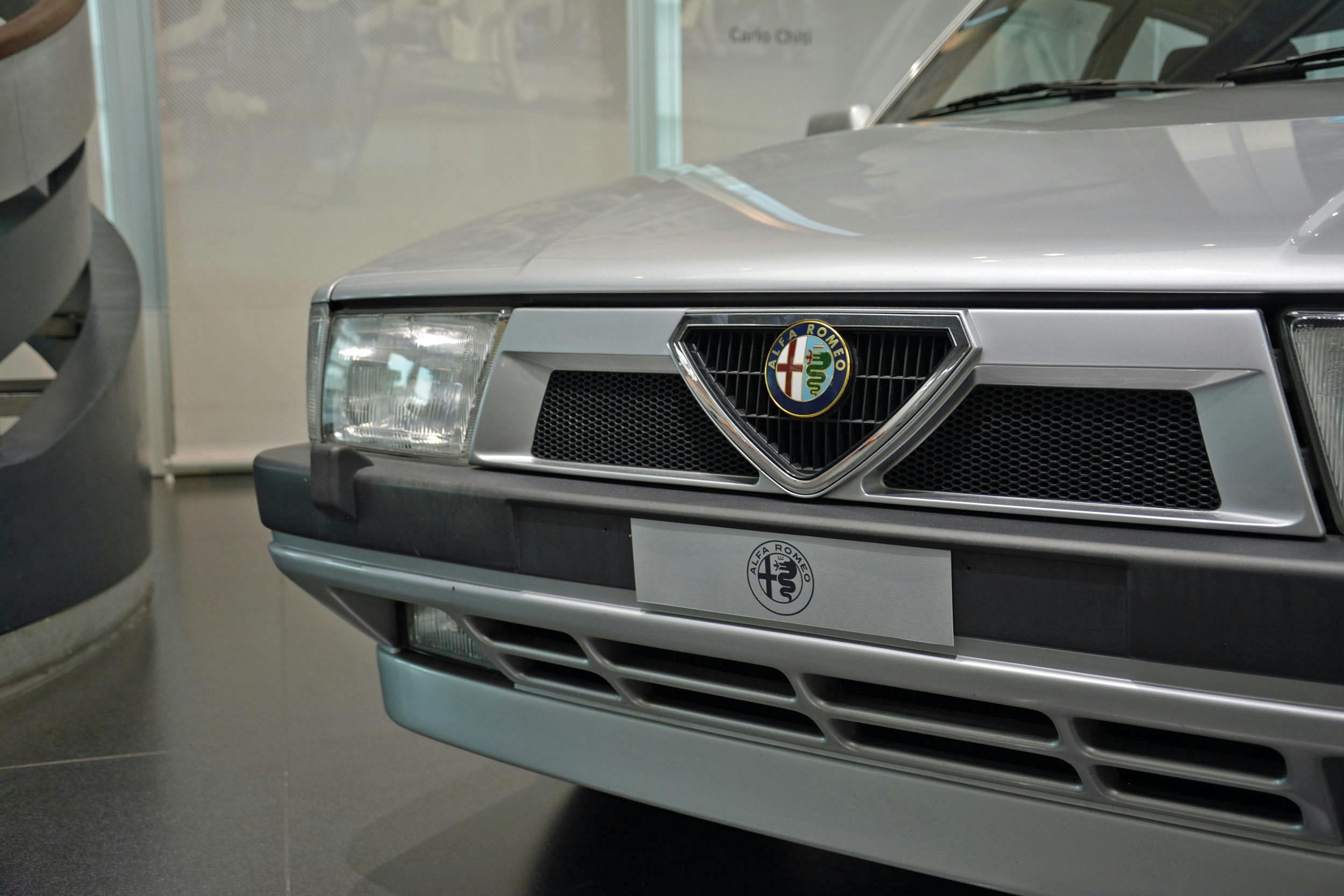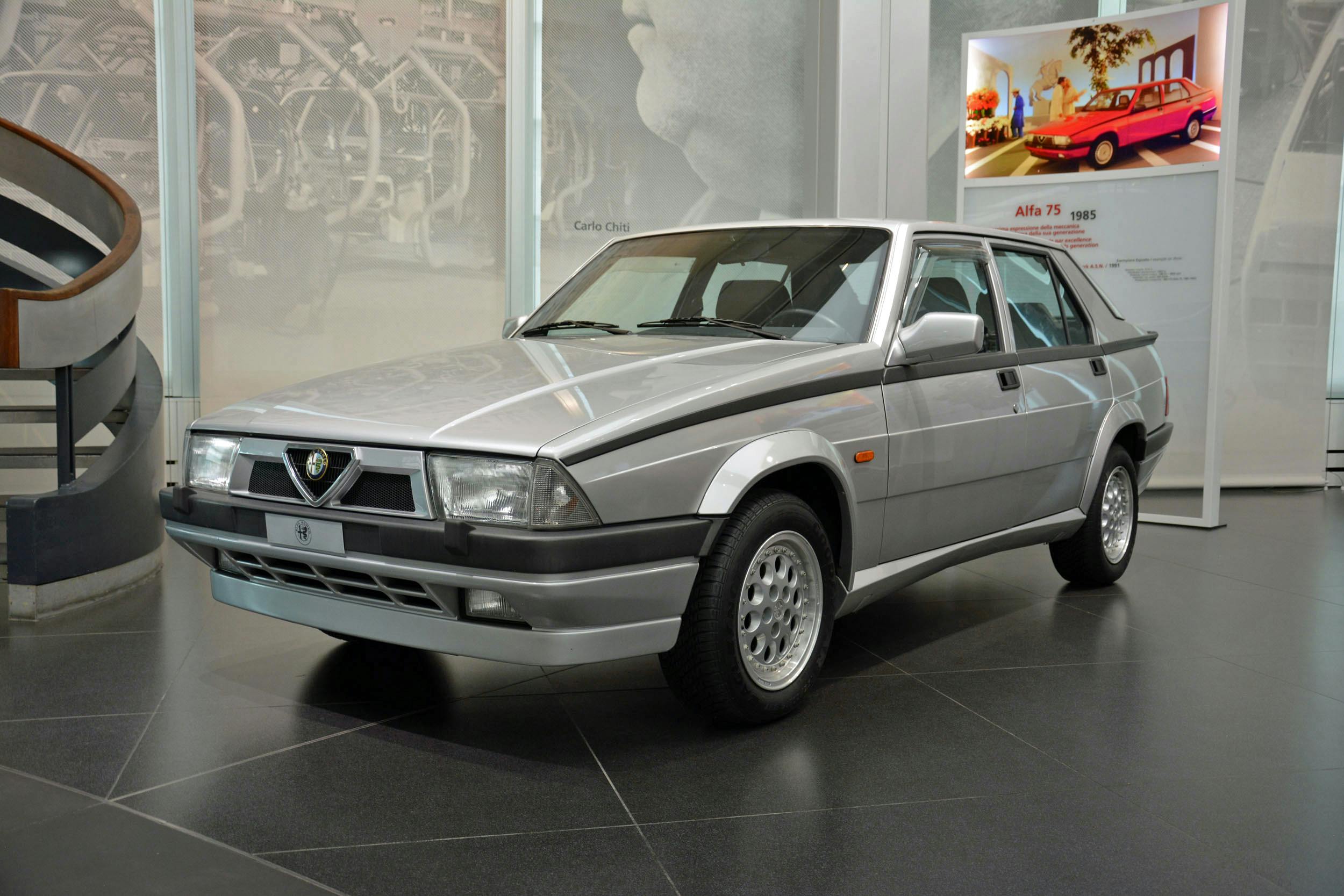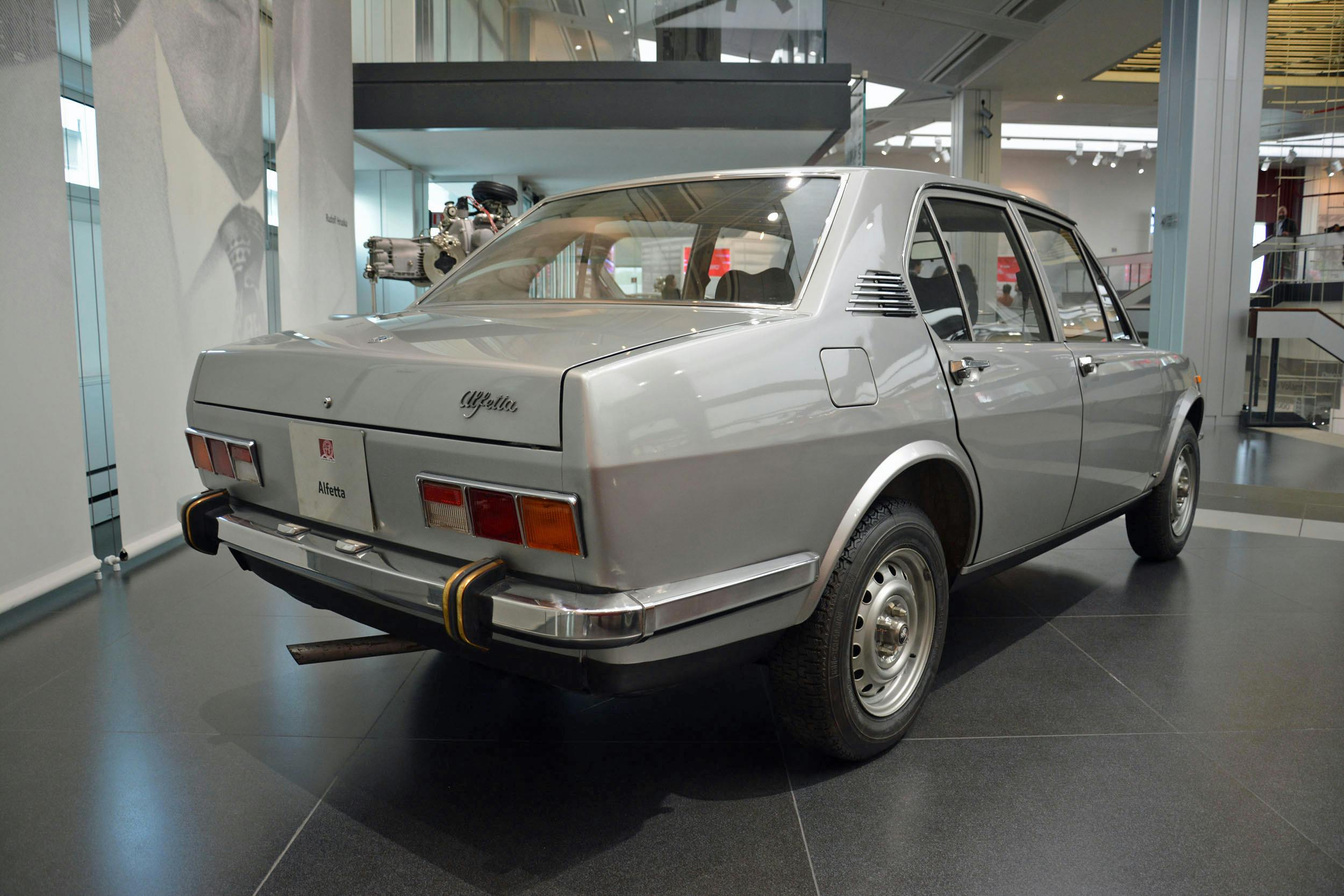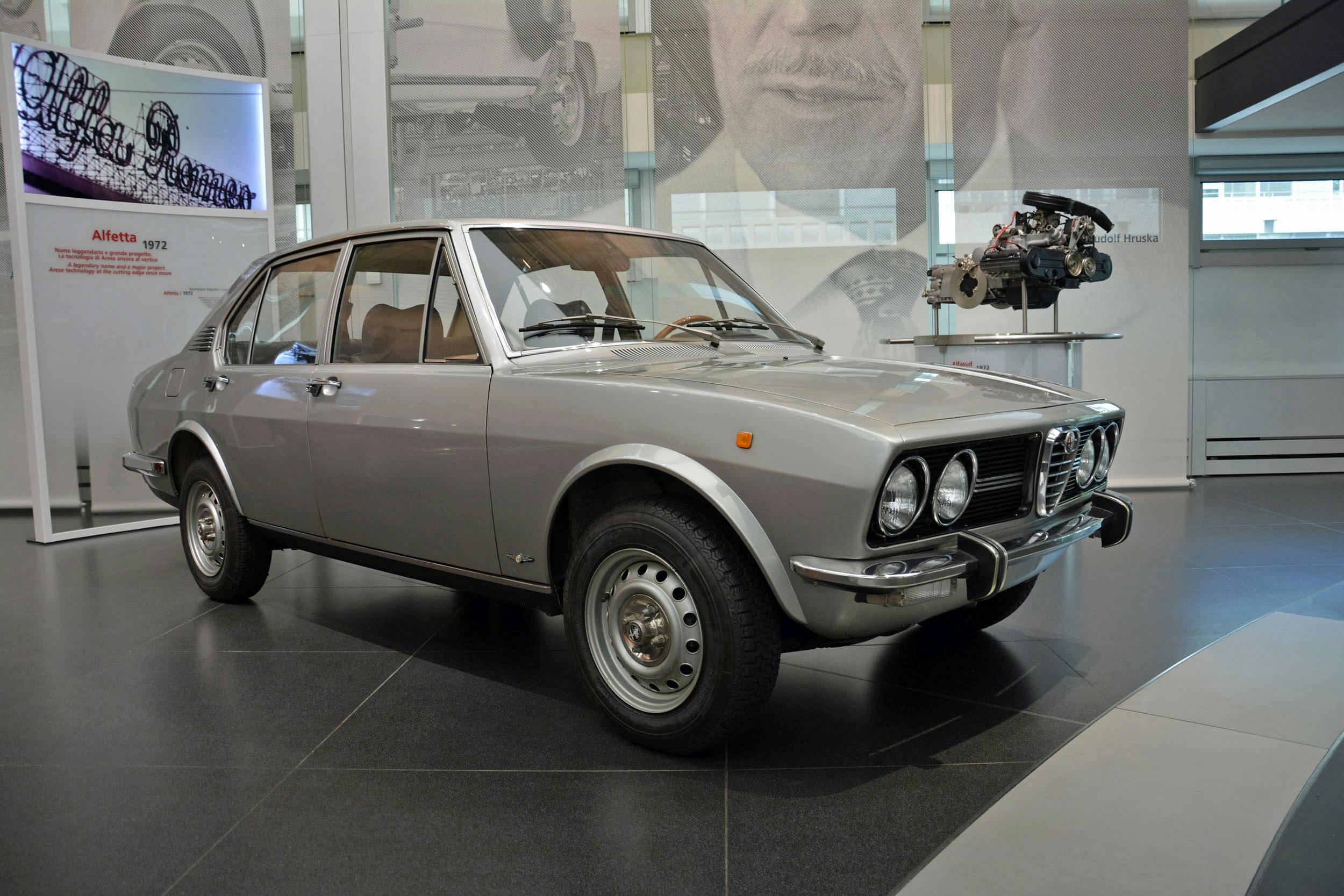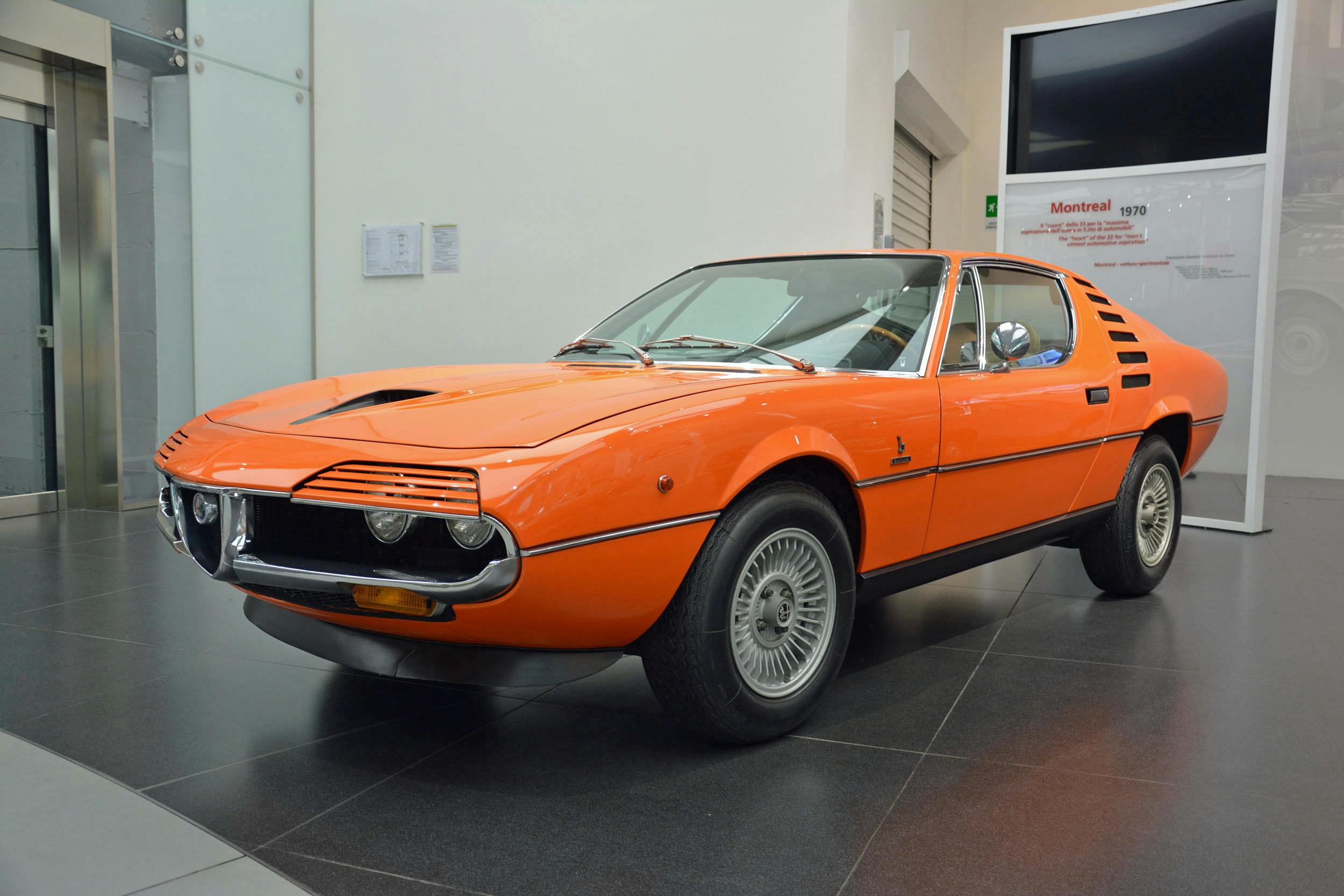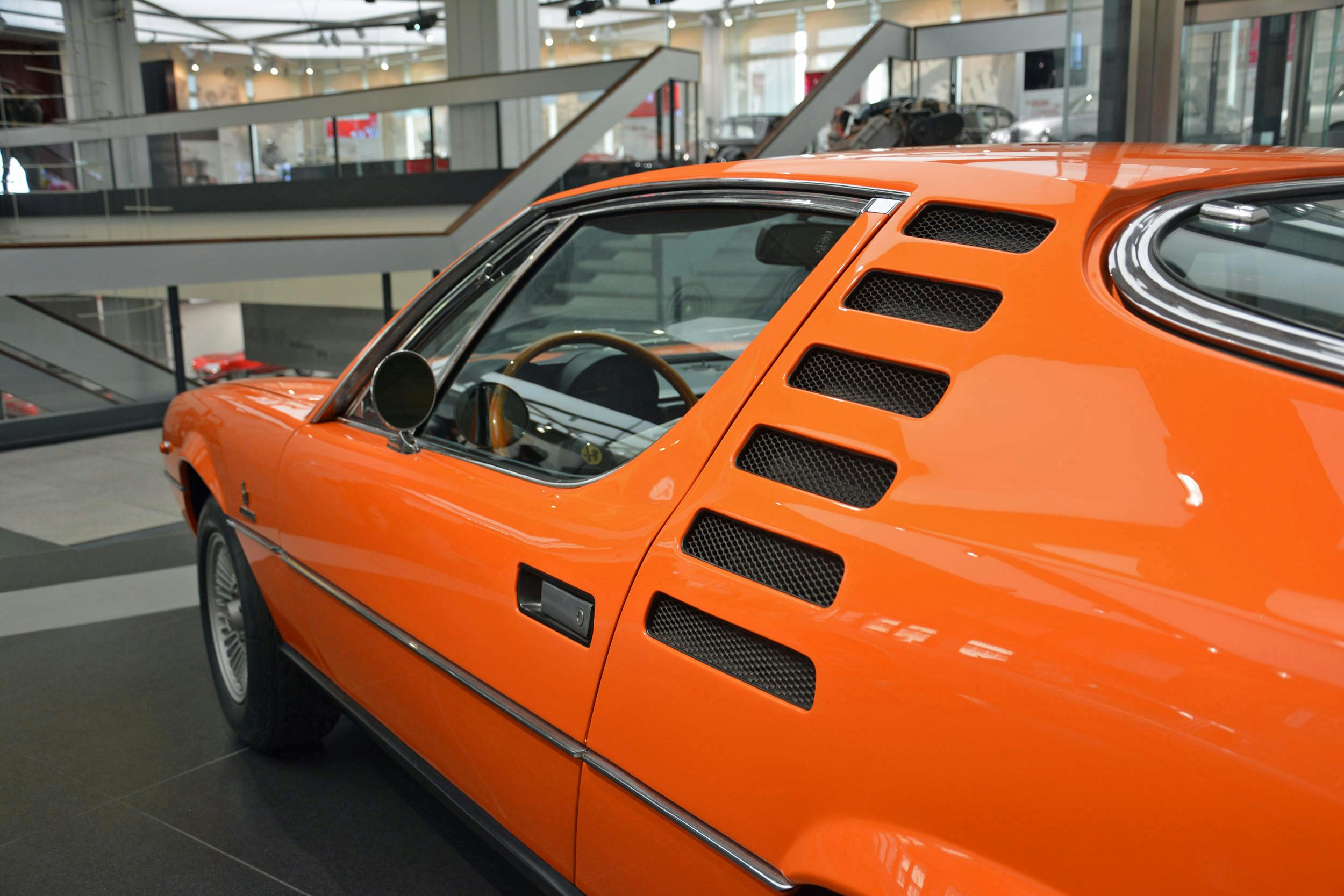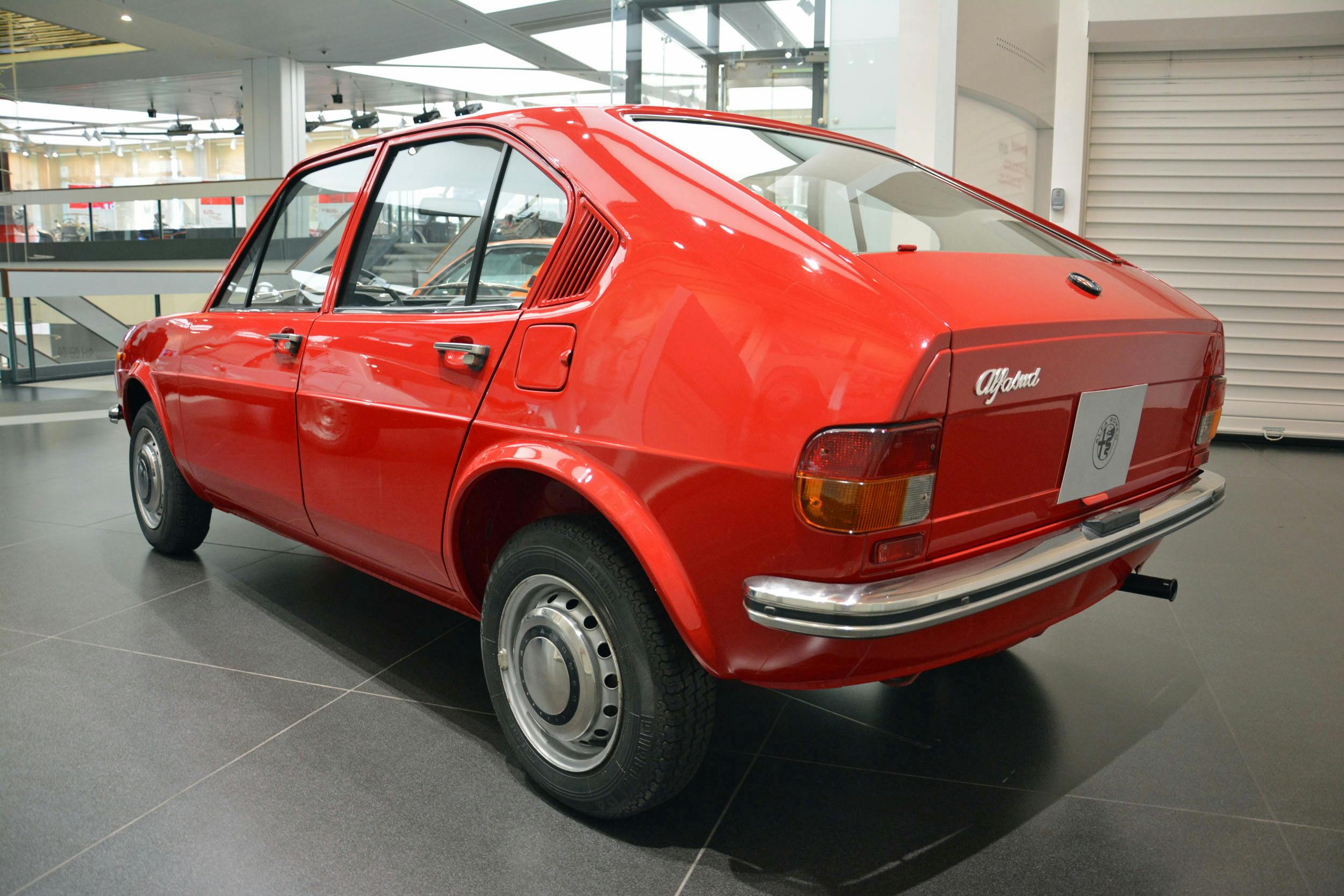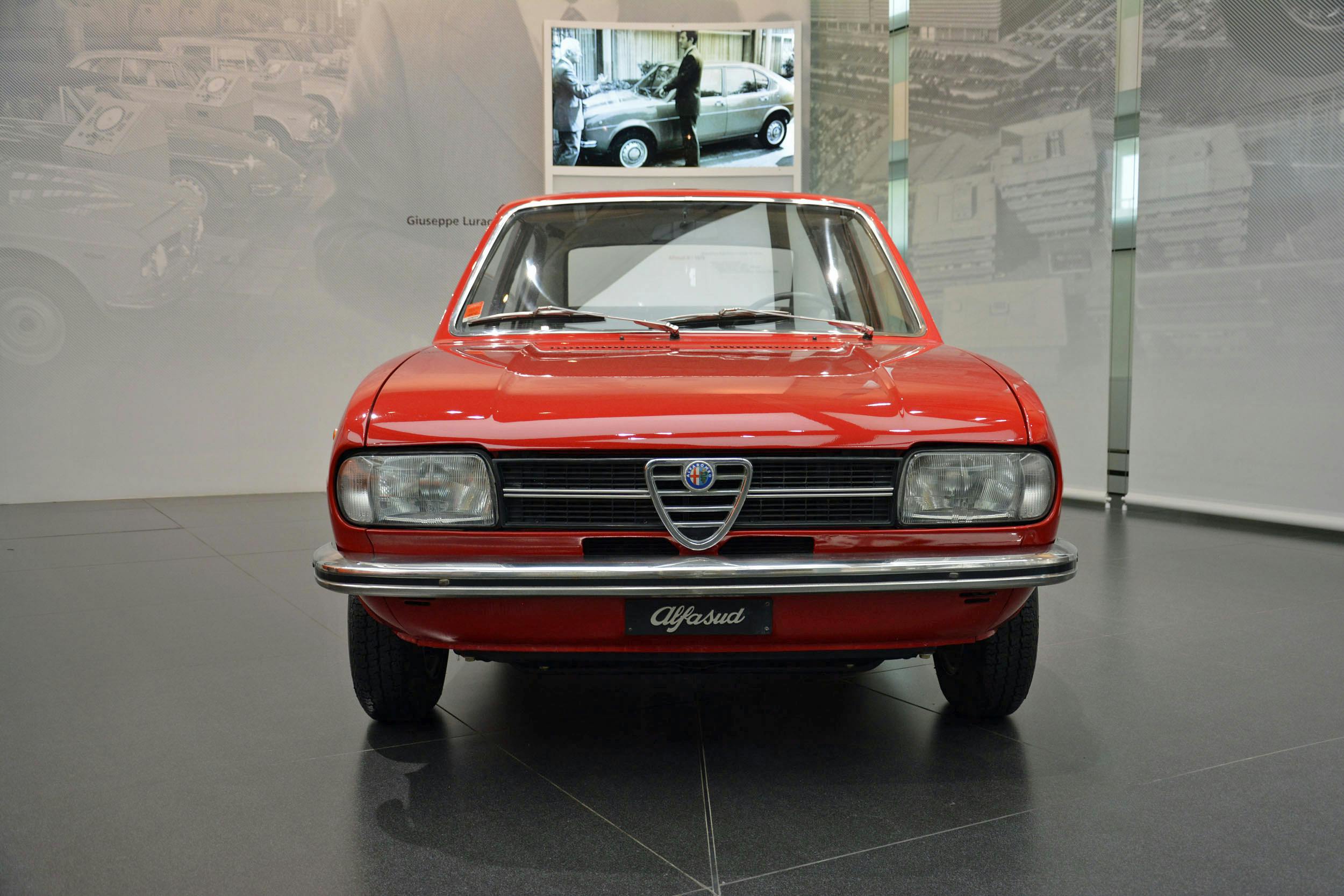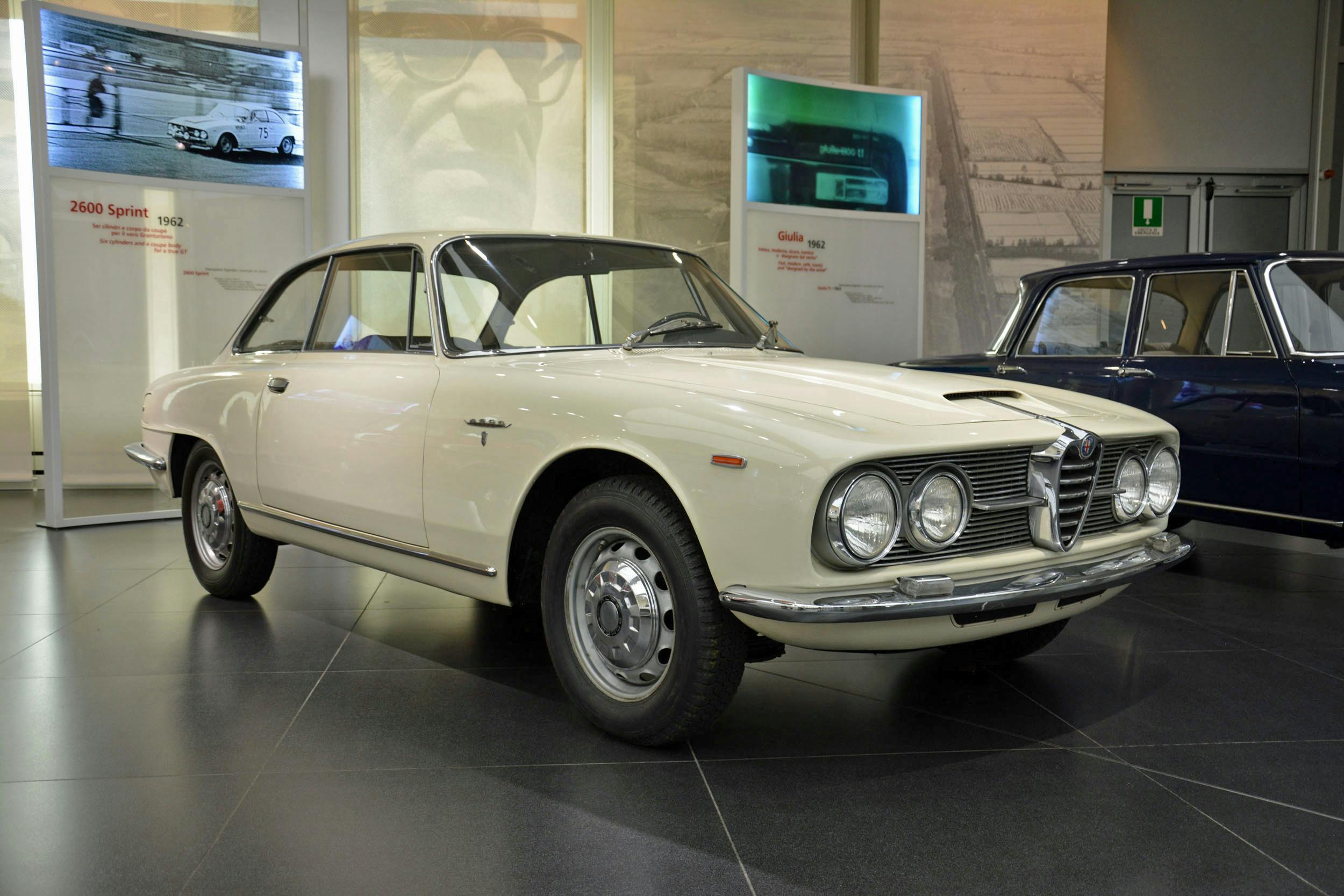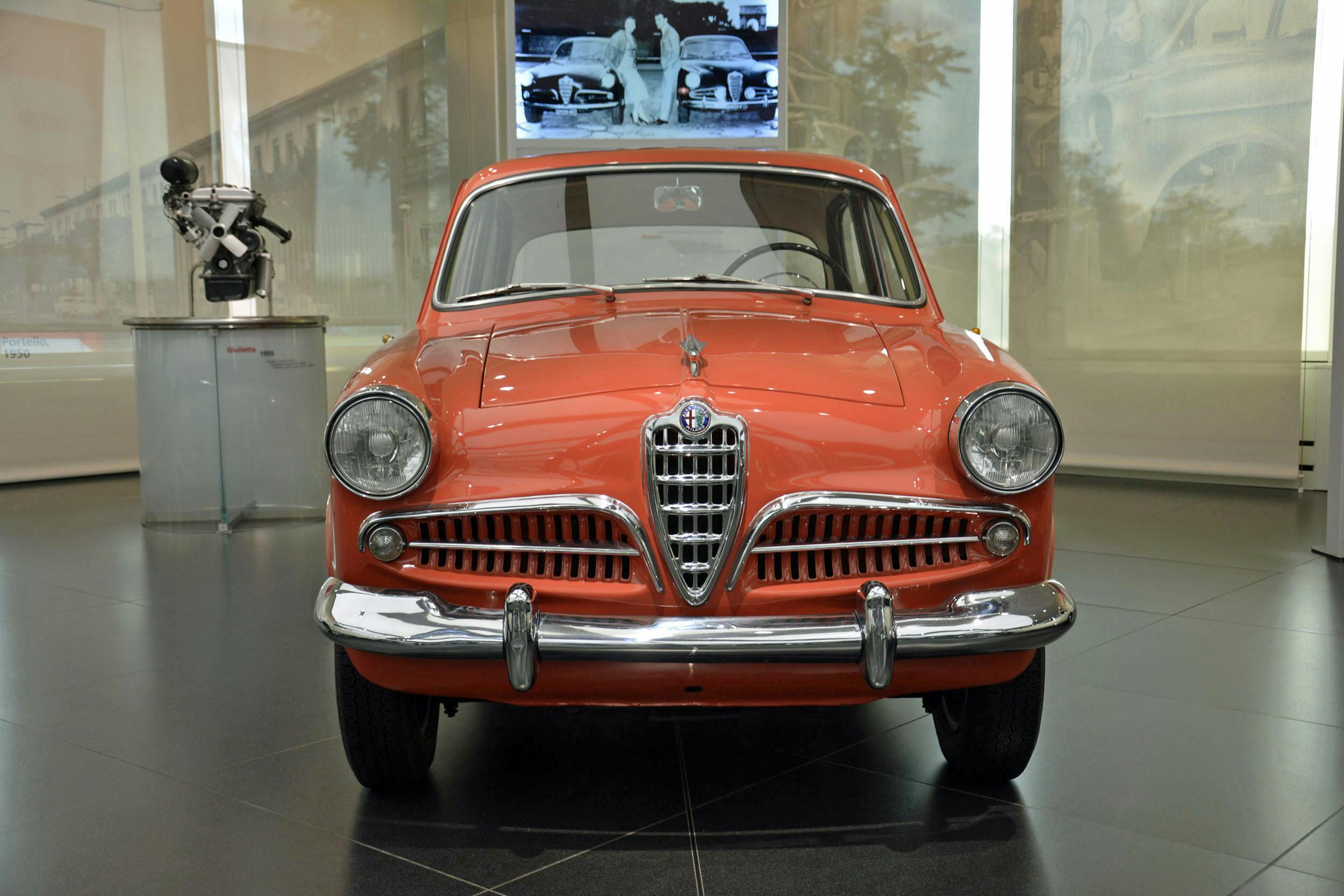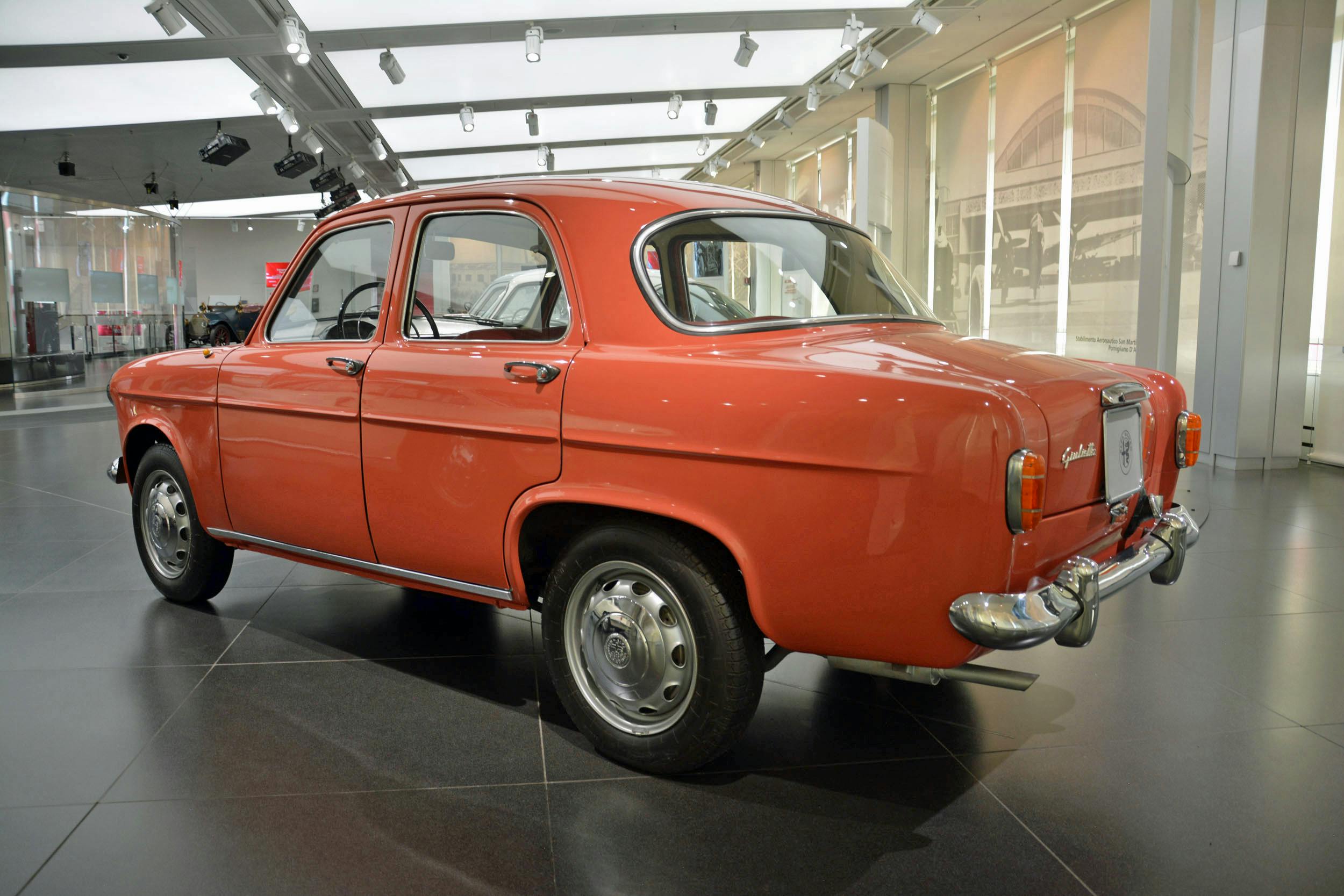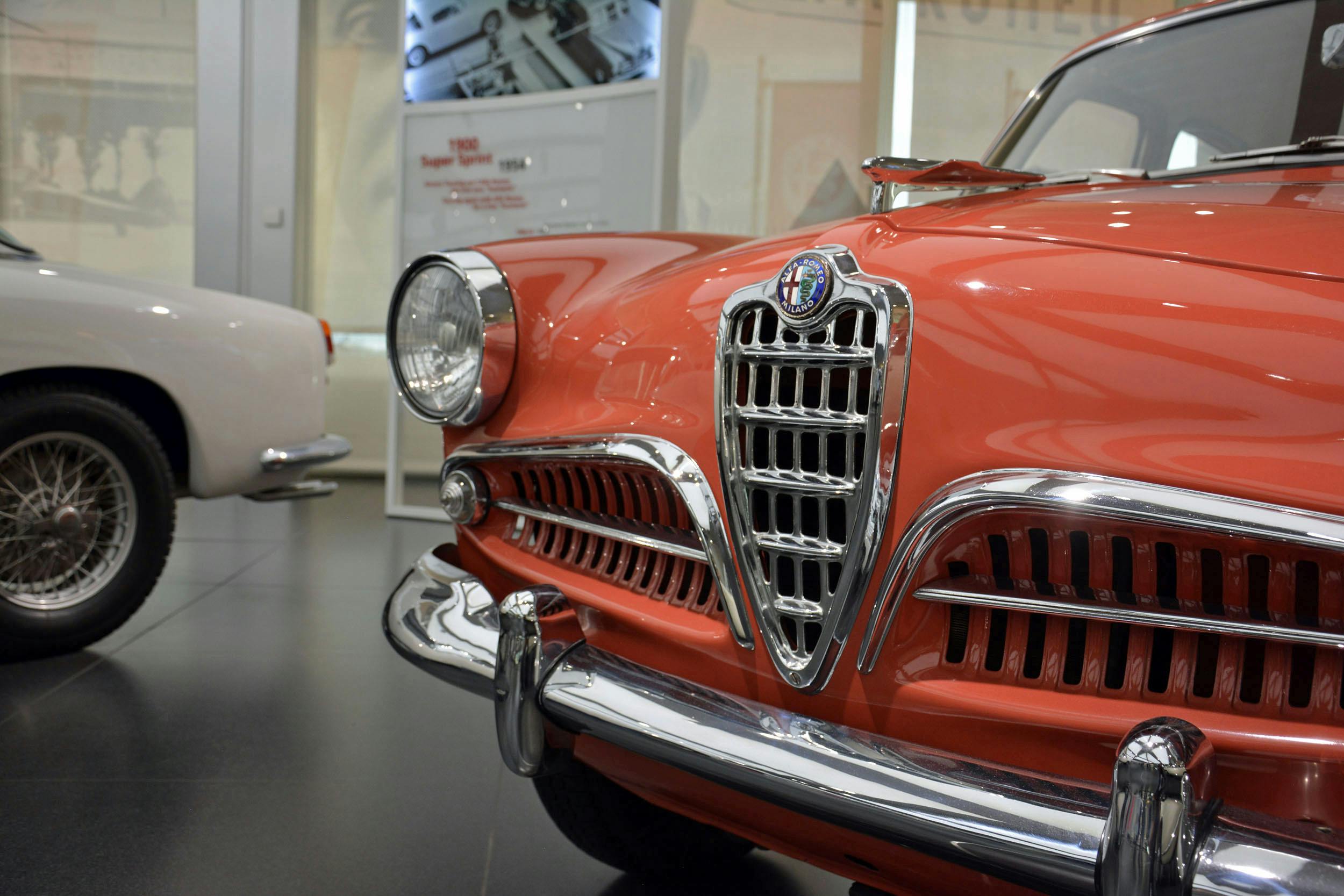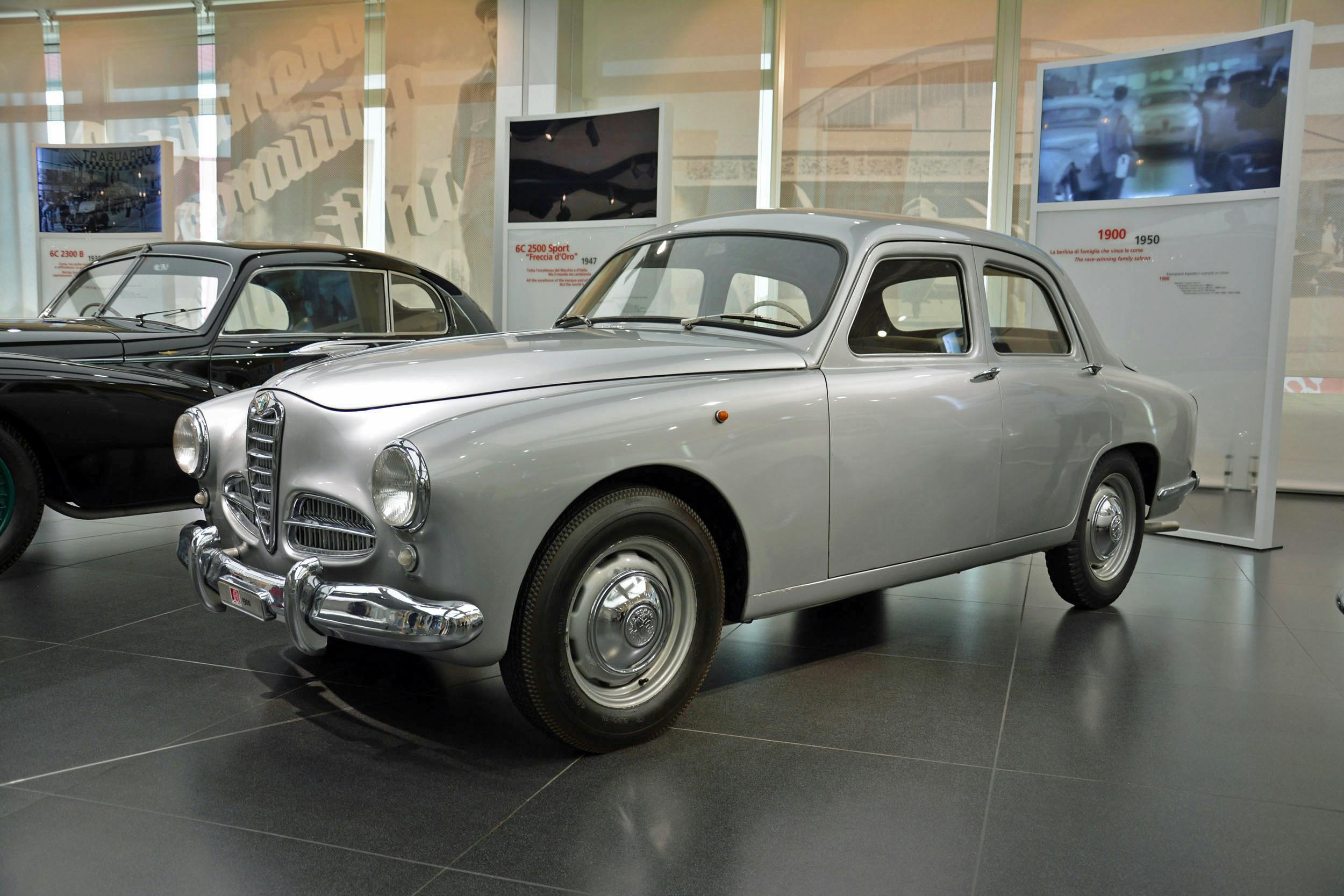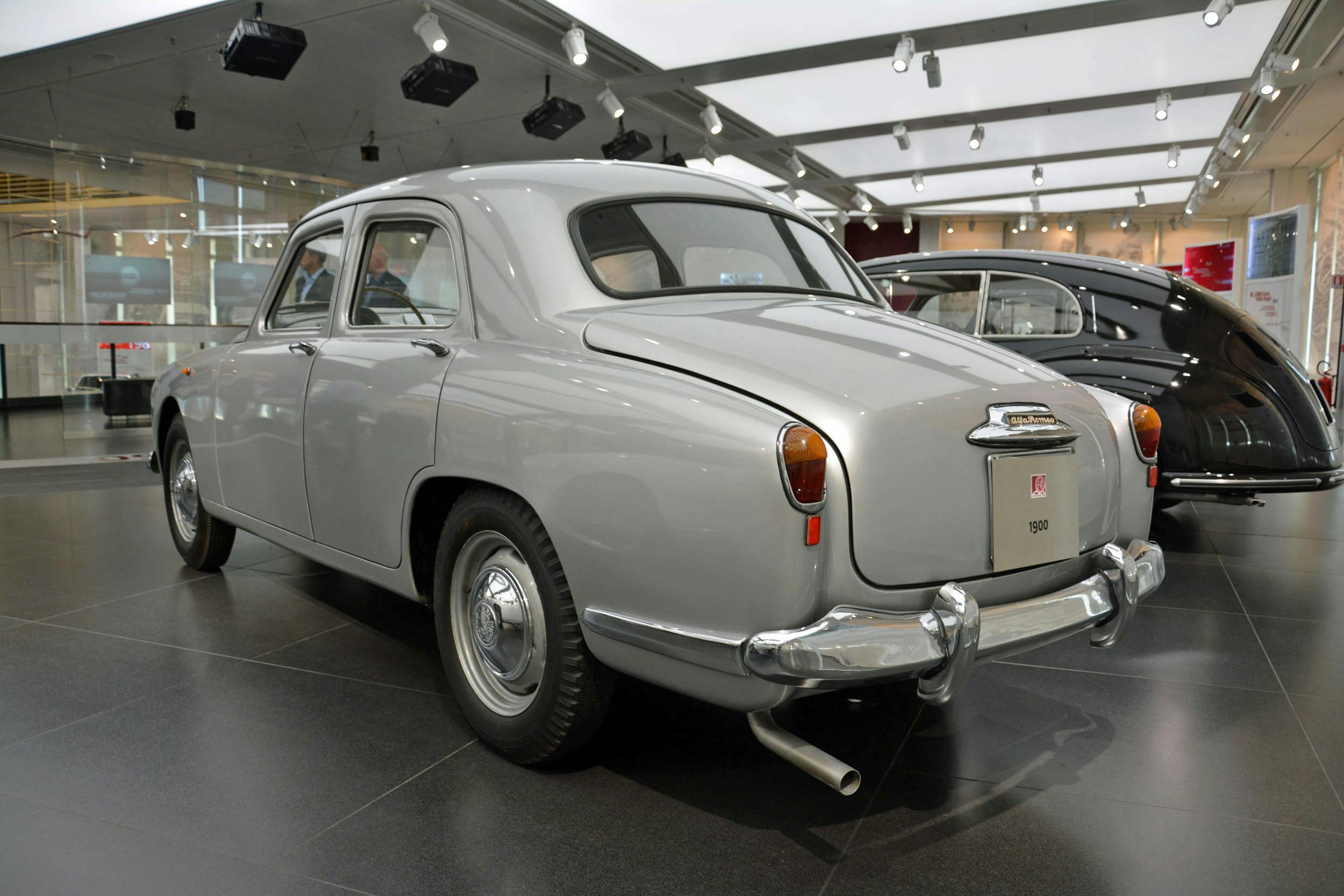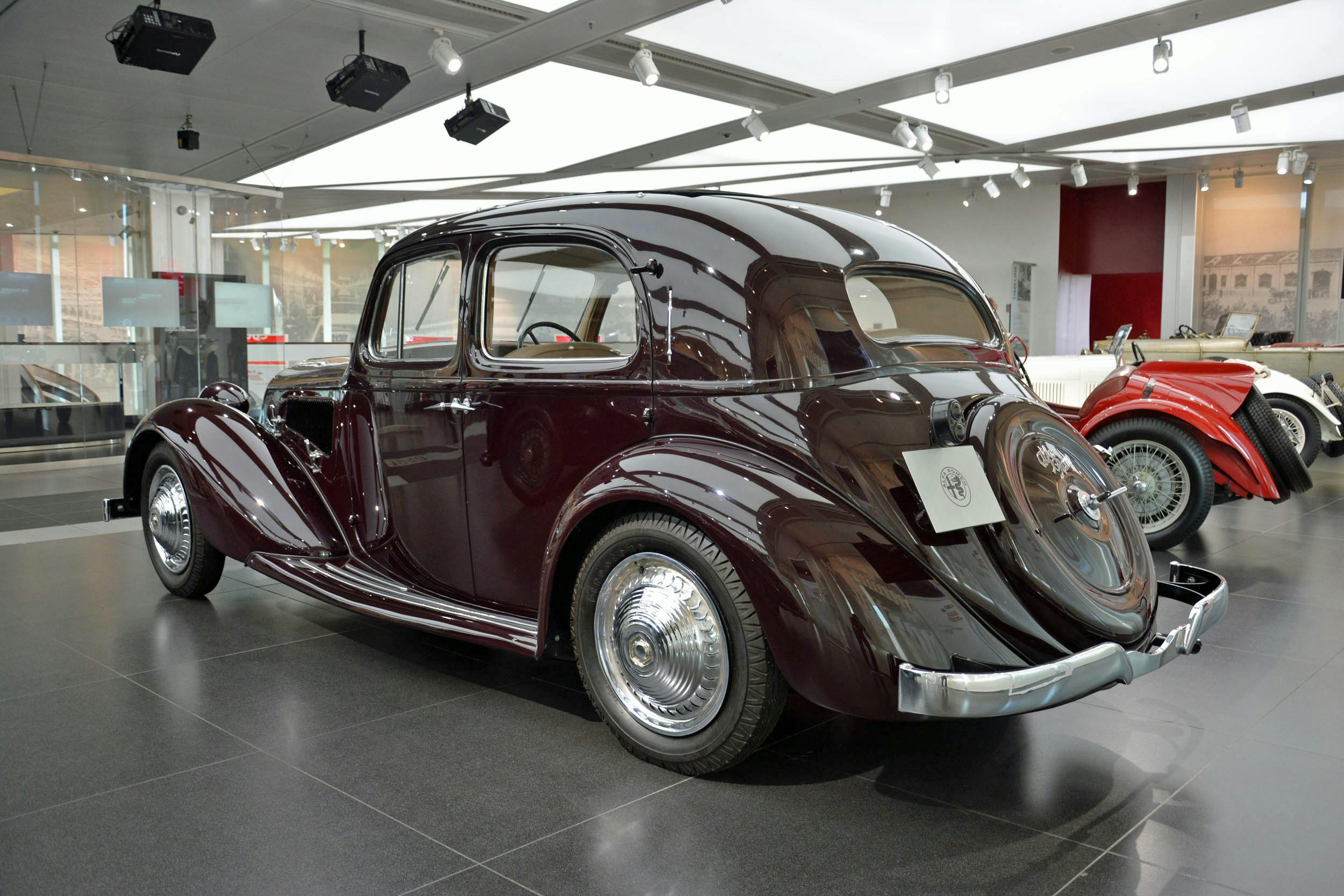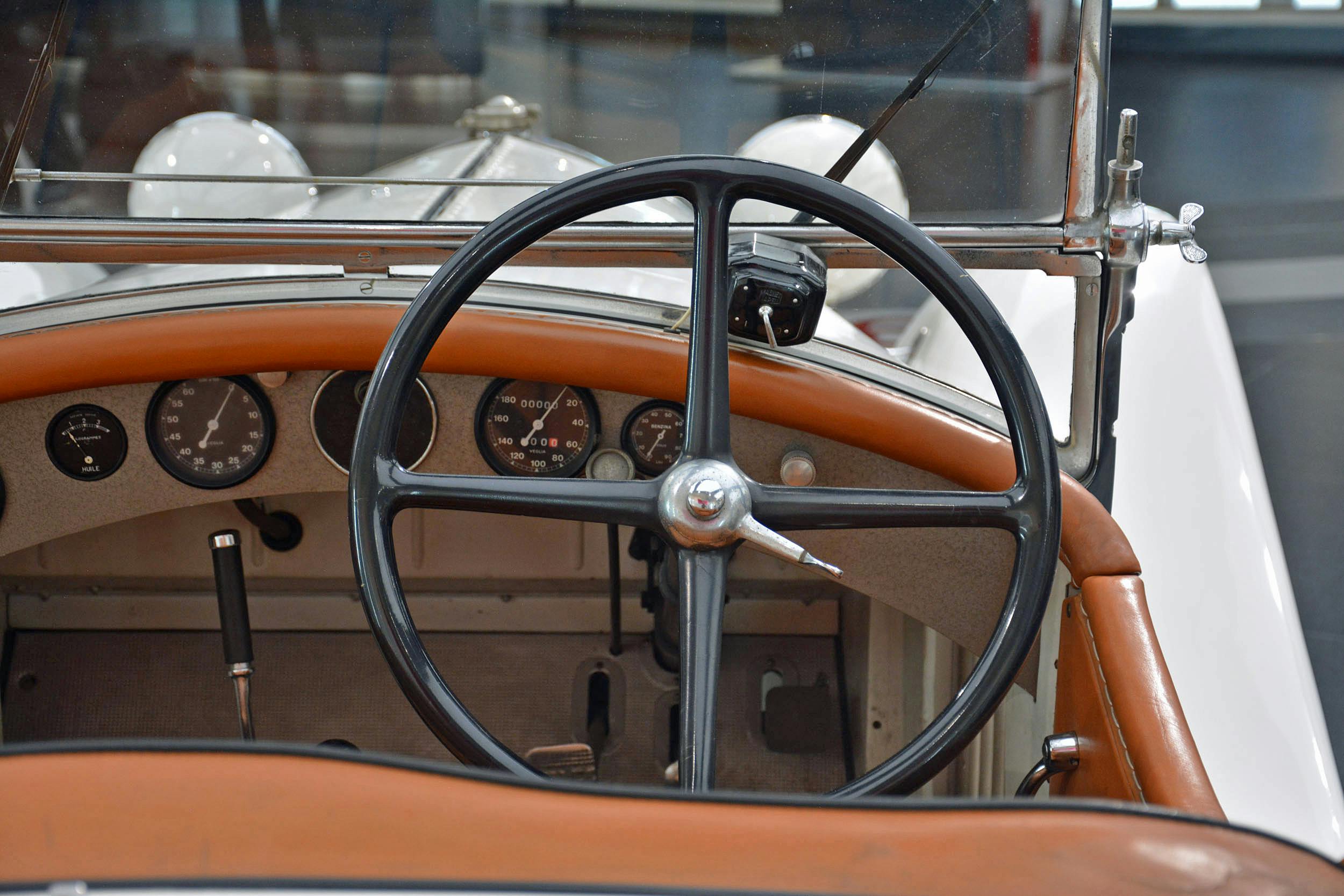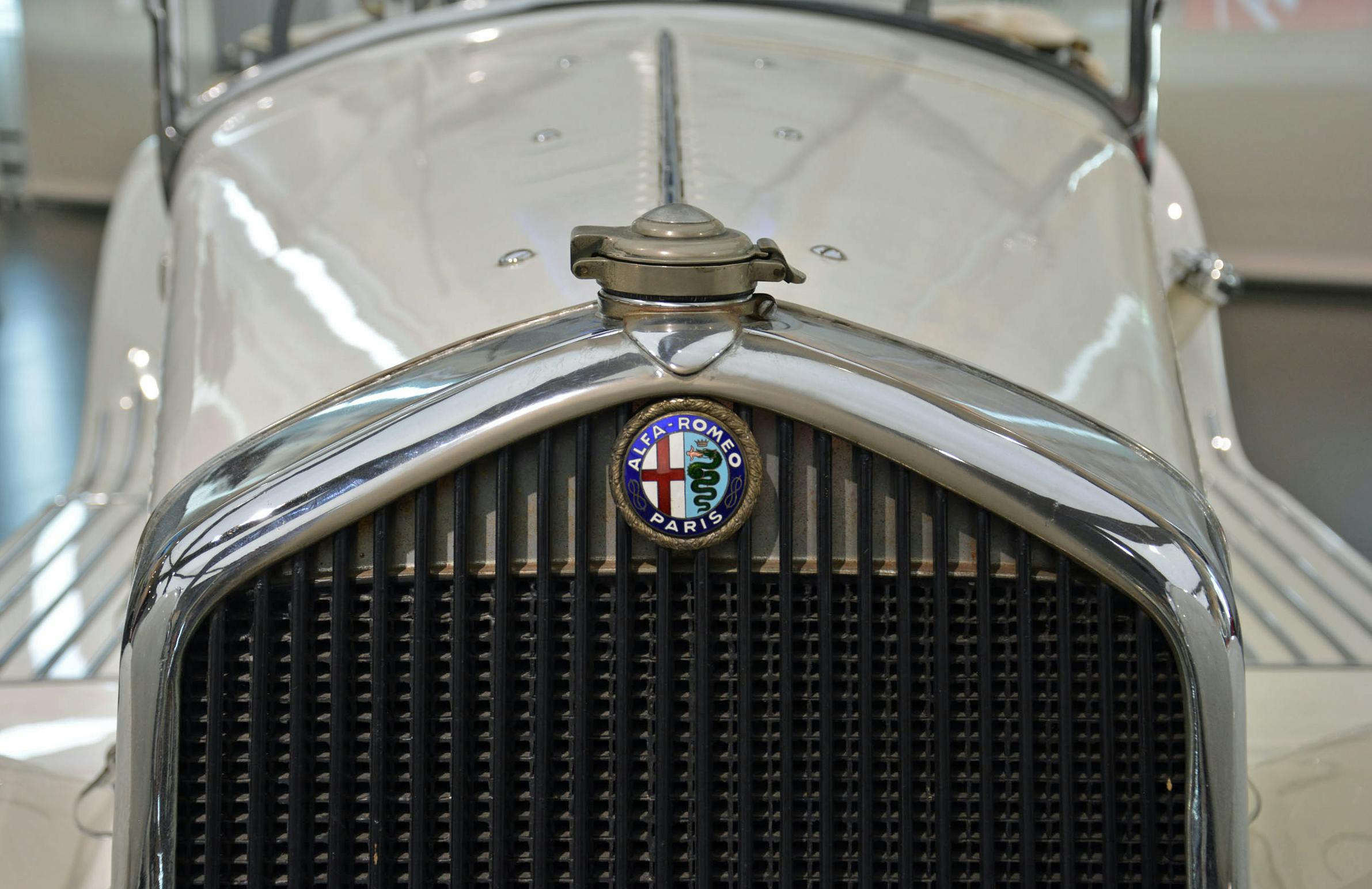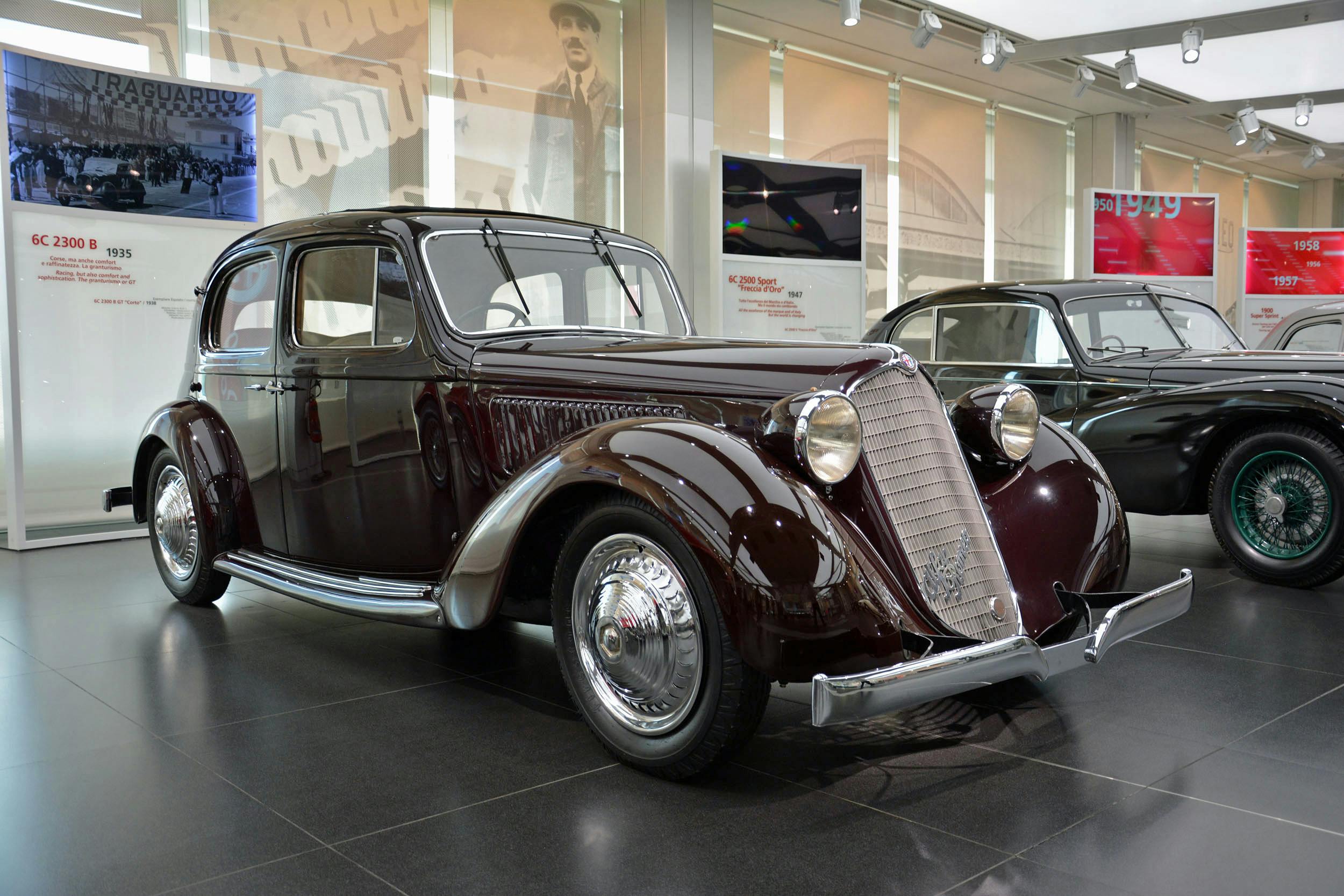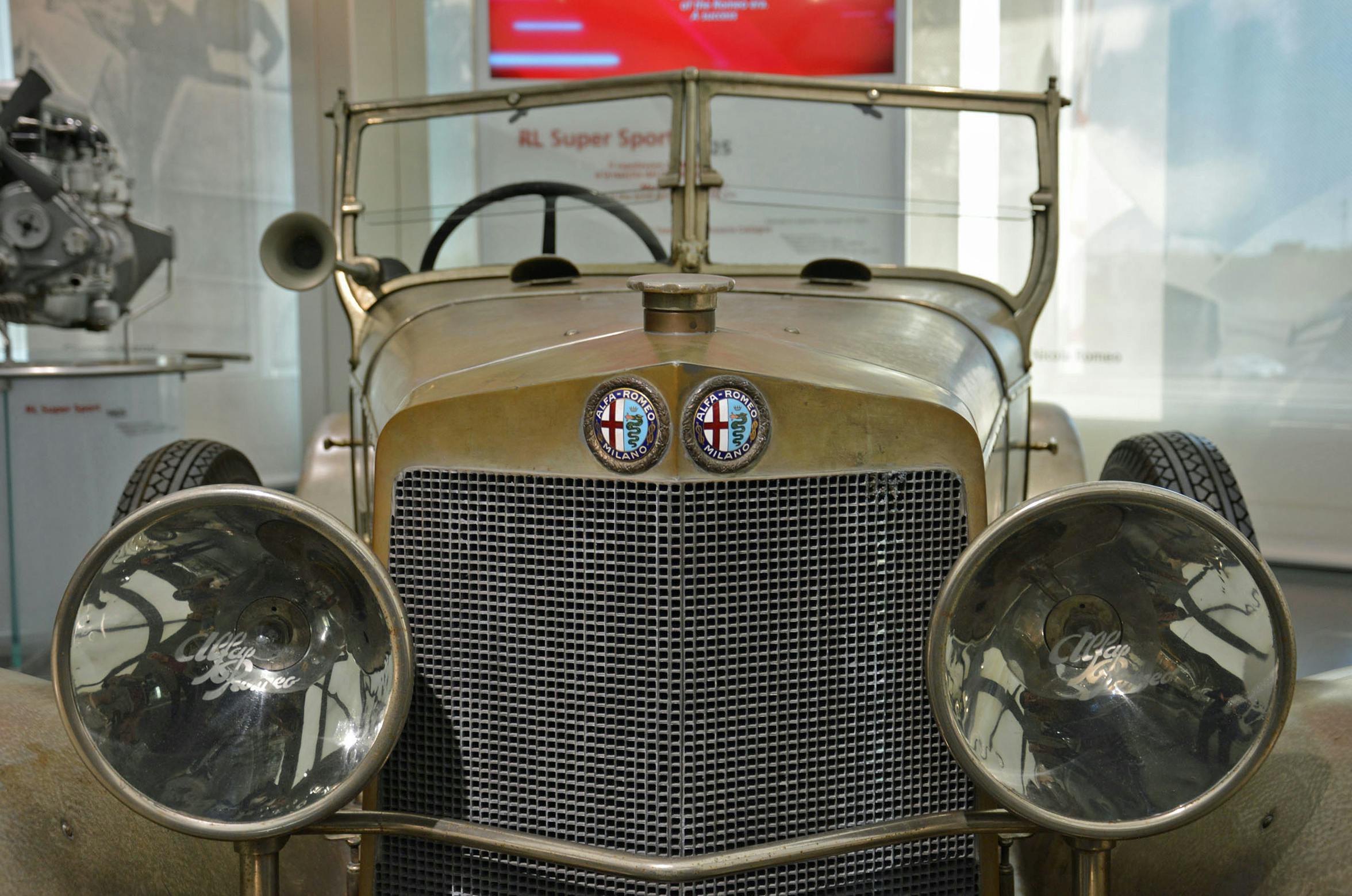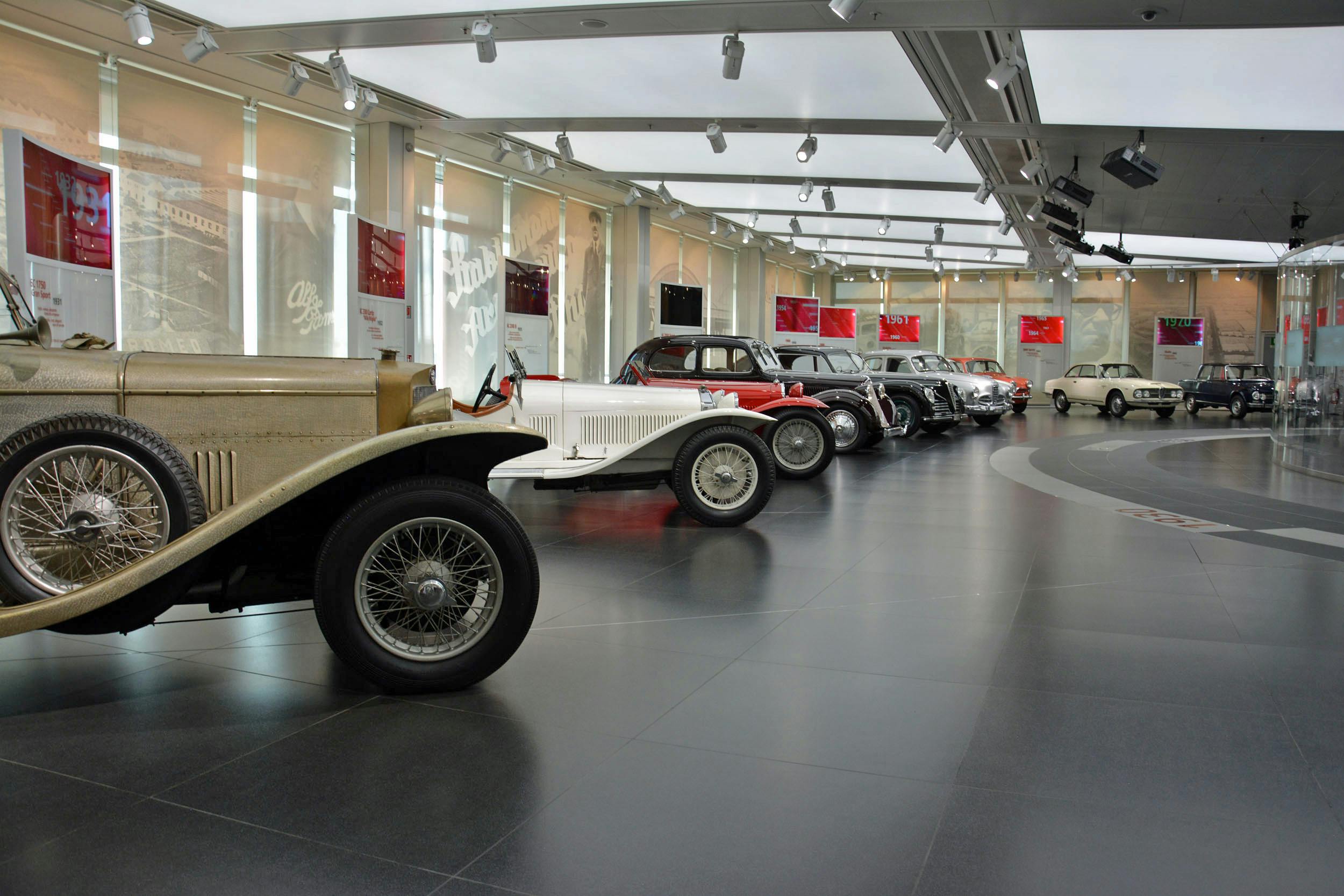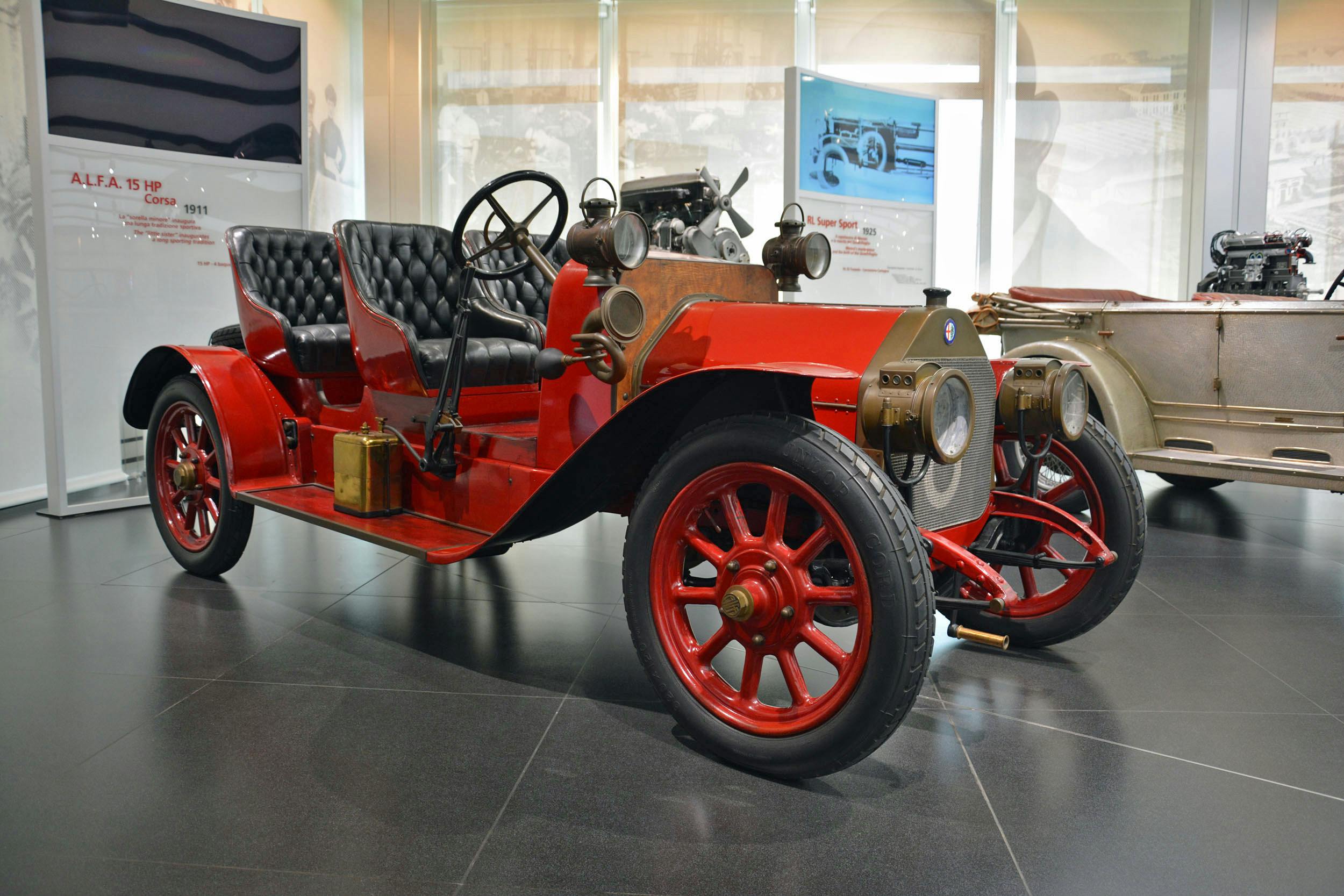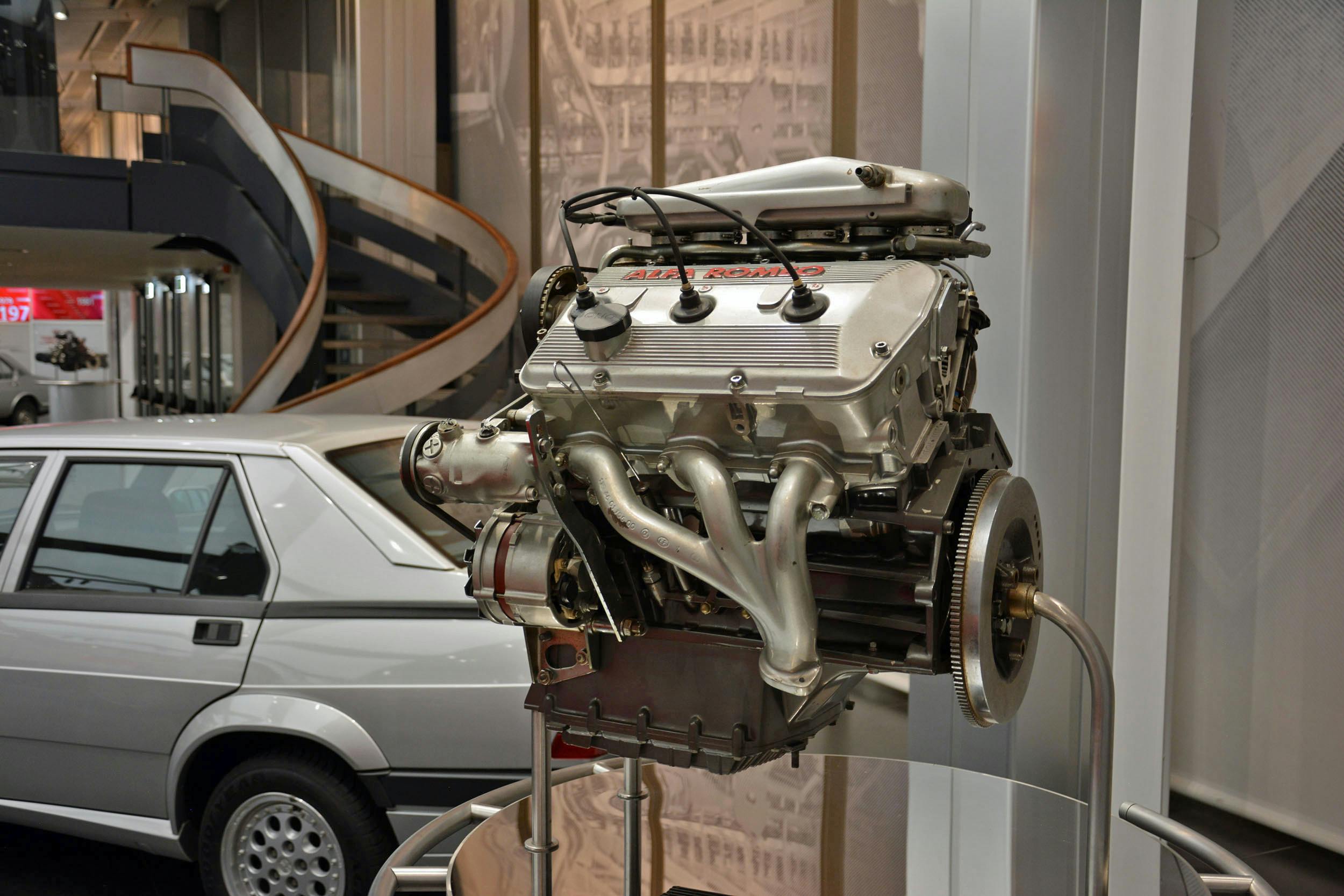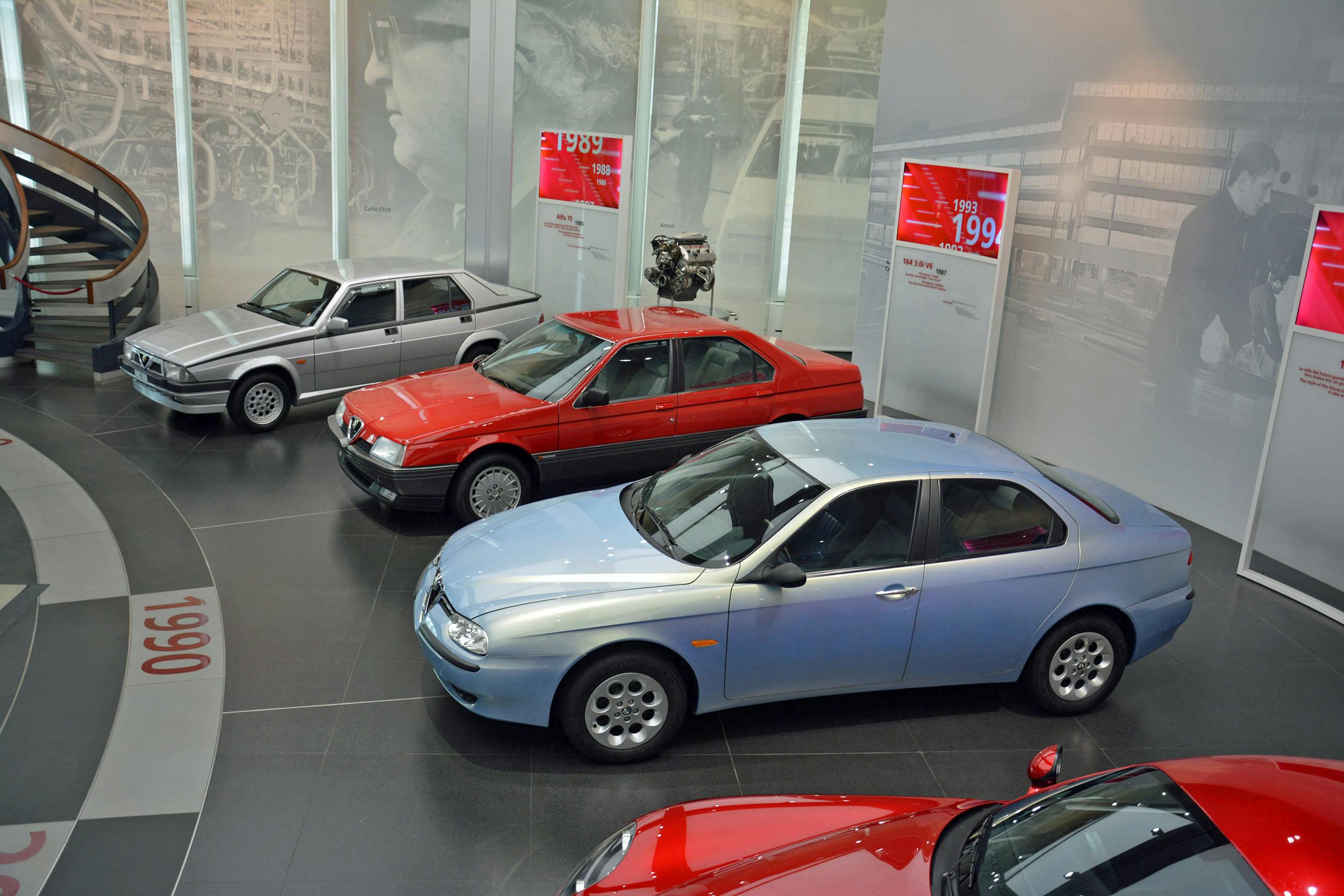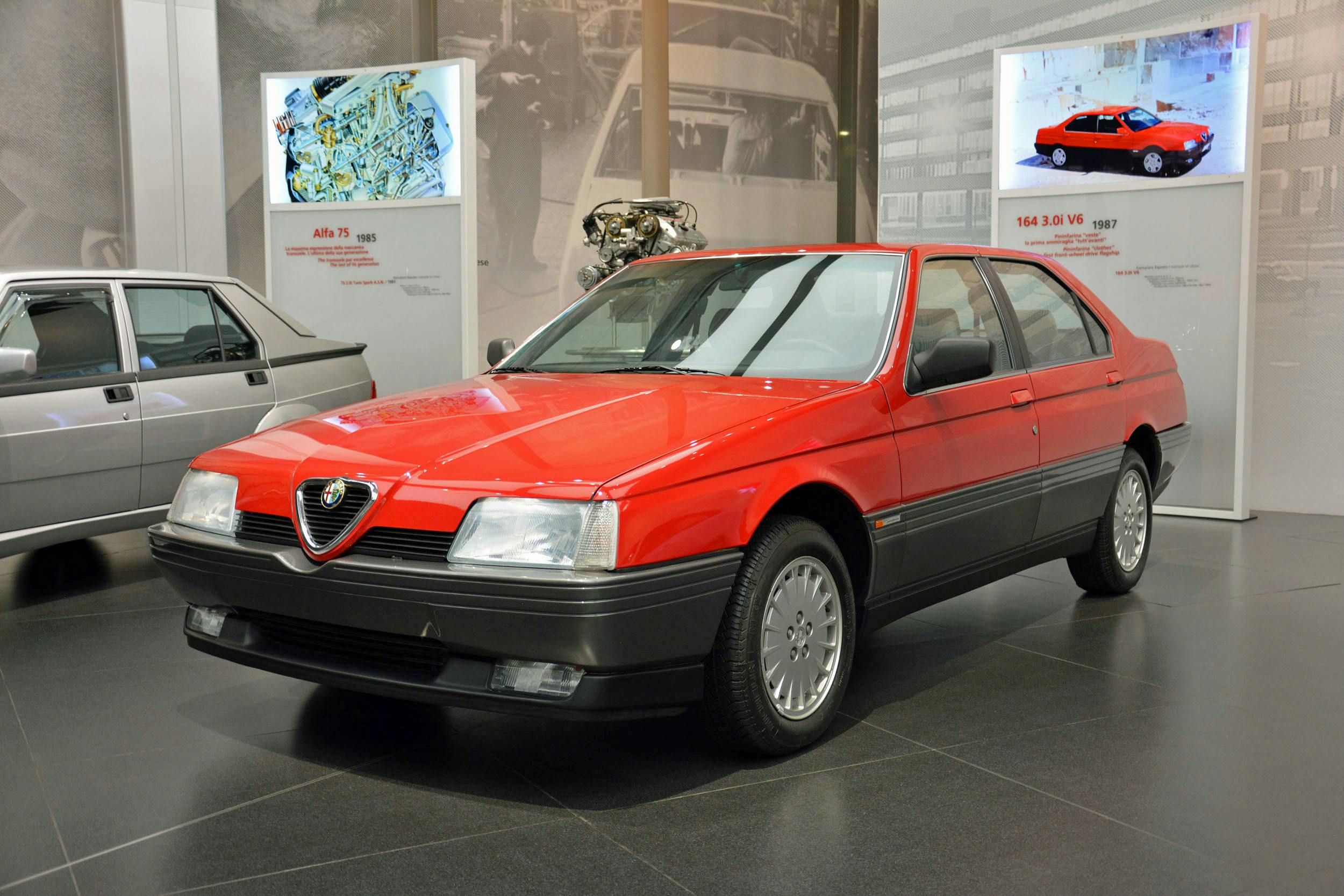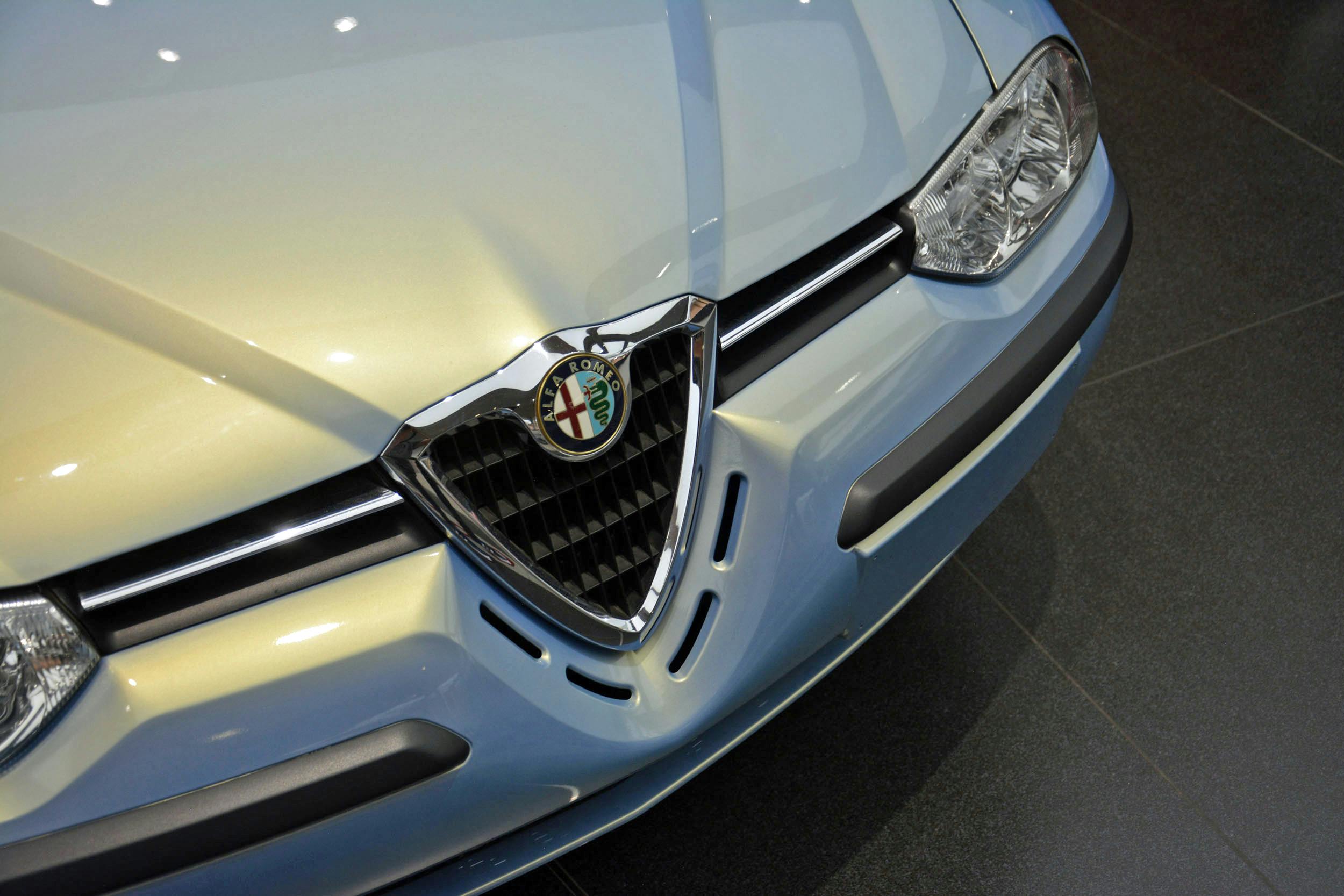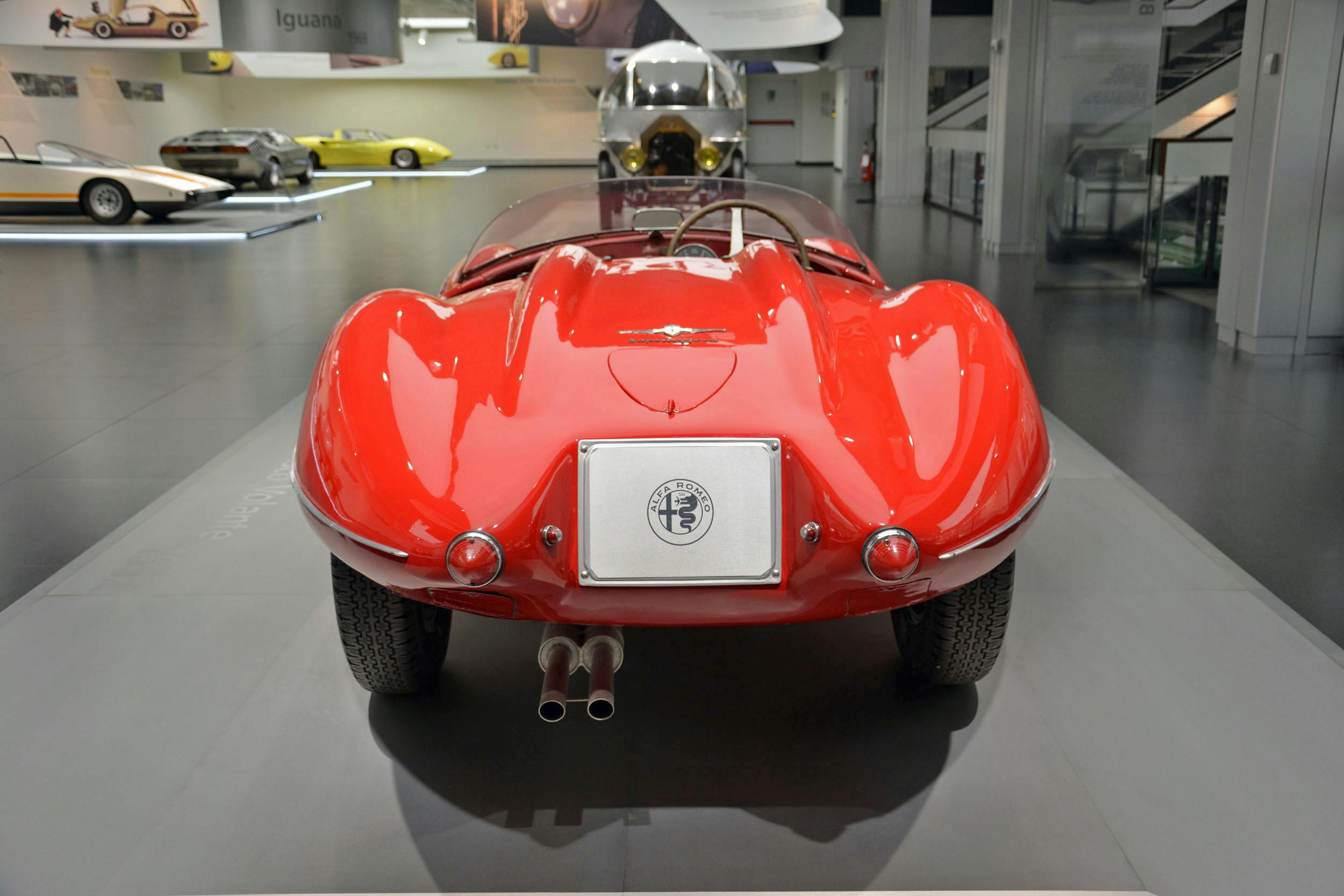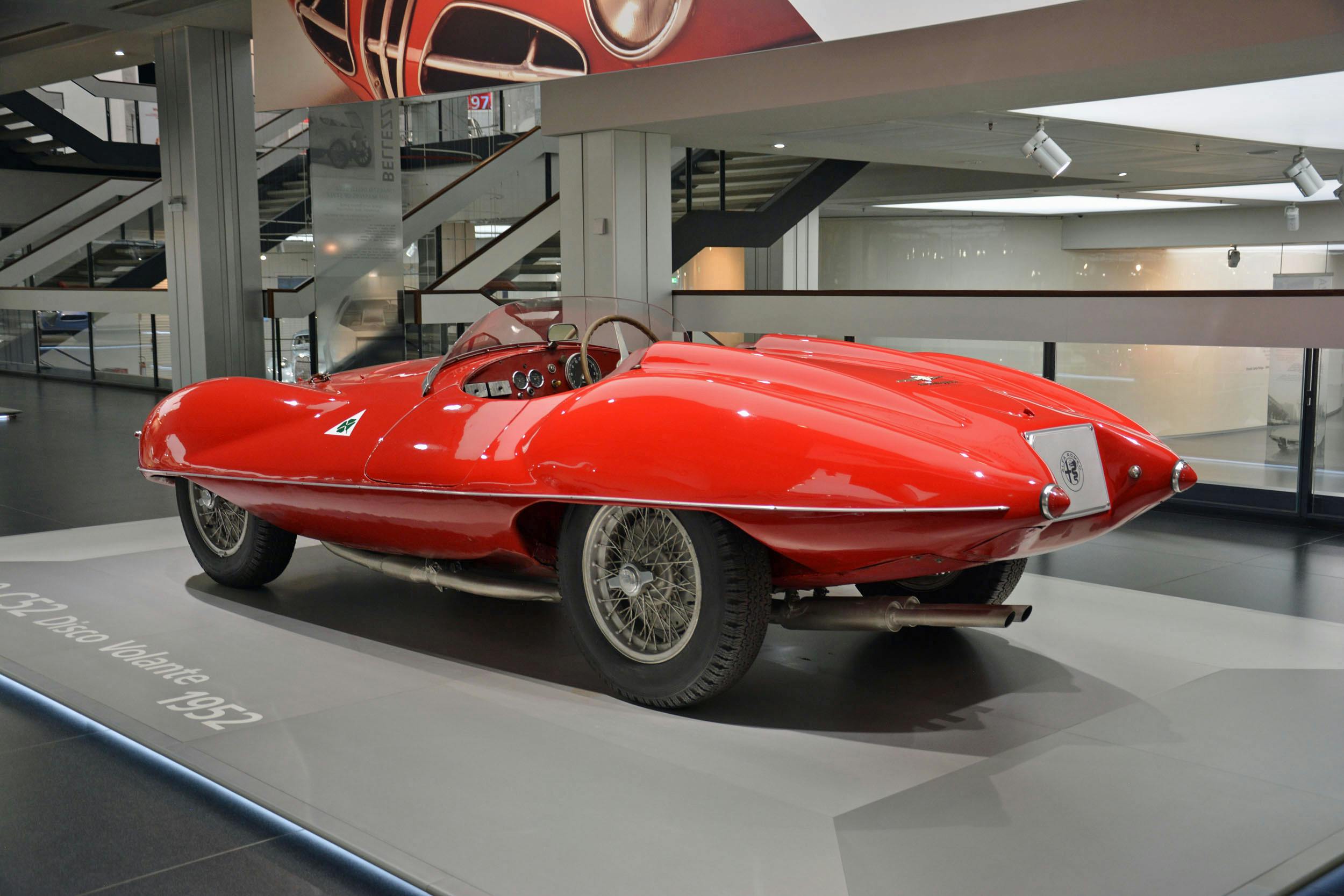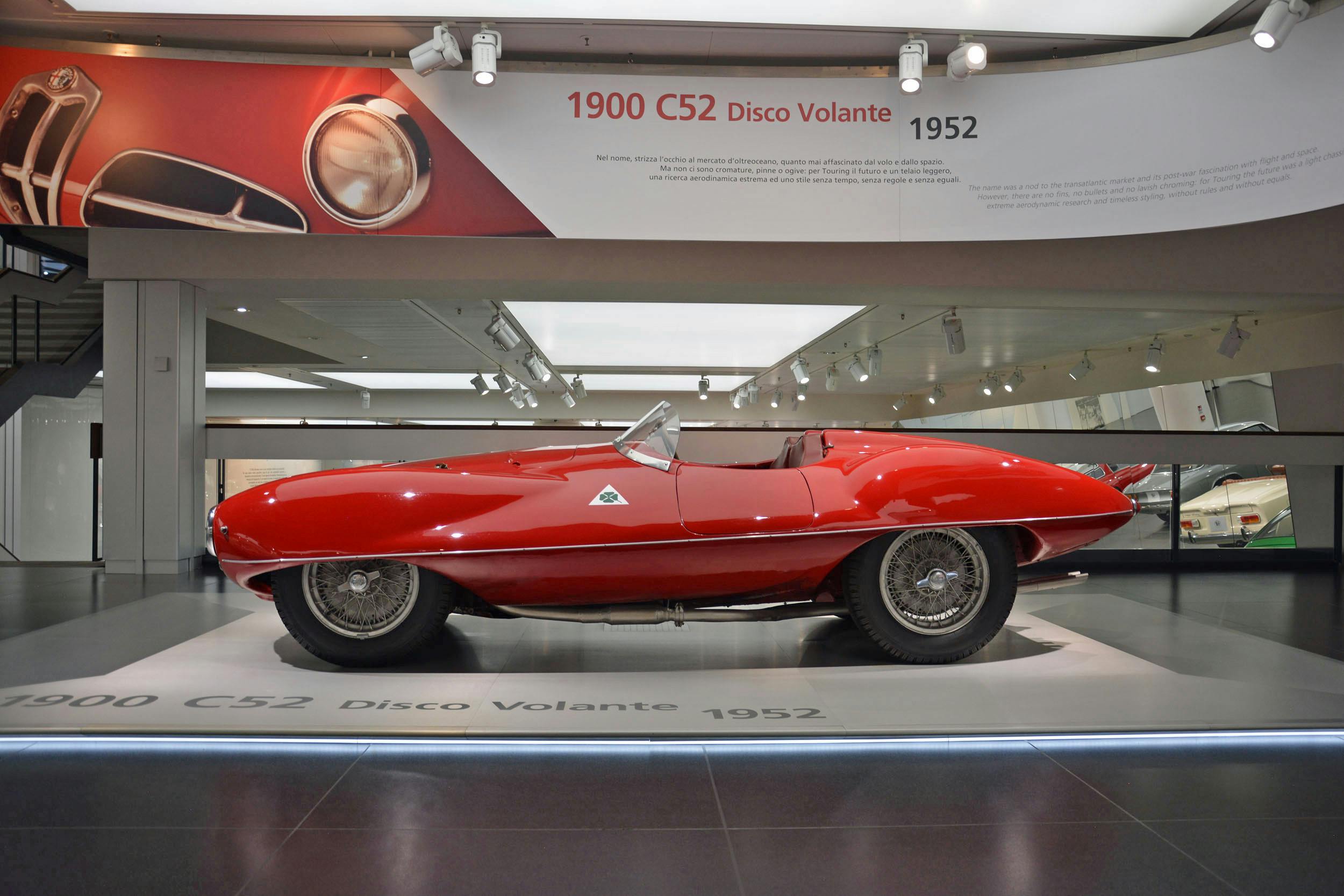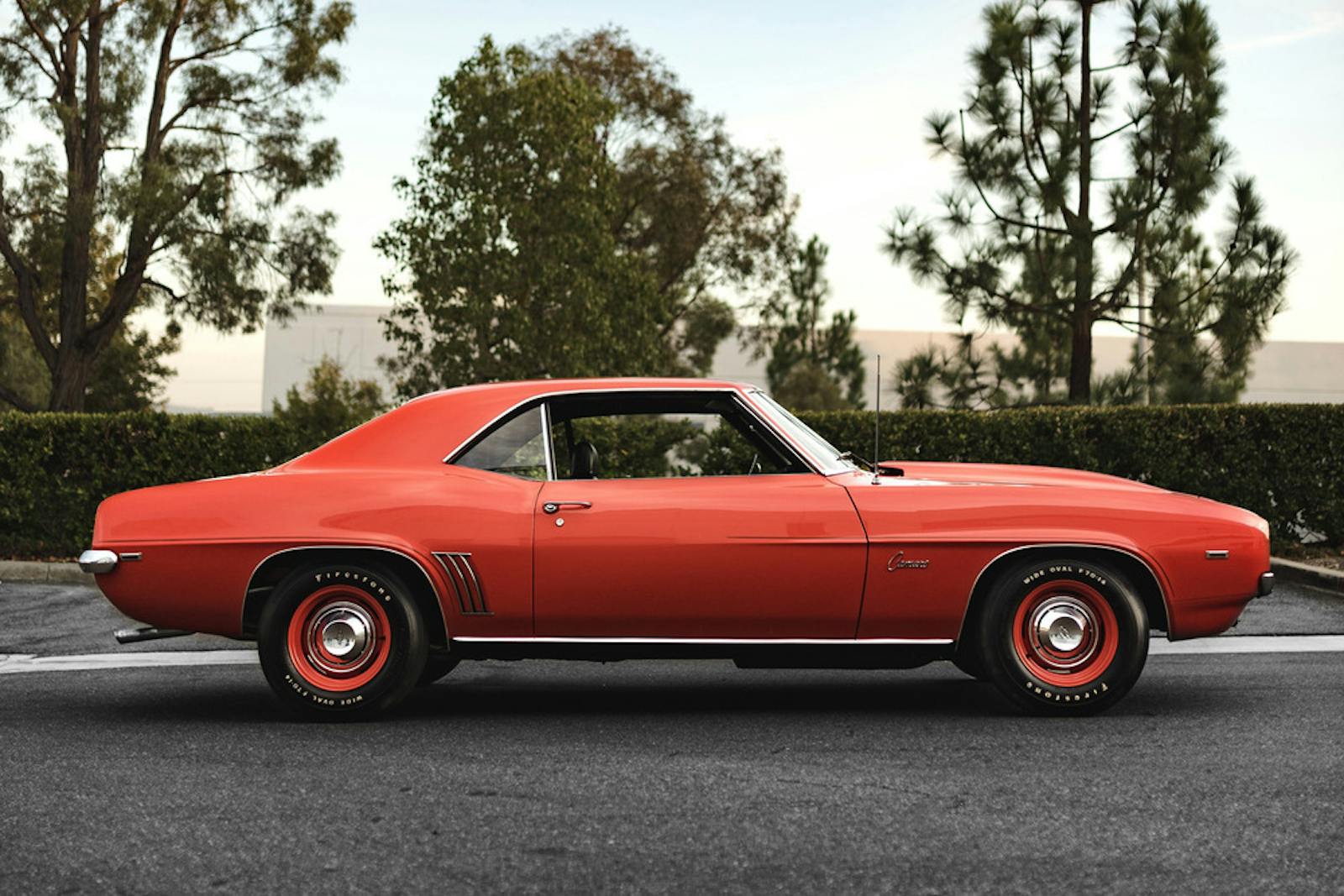Alfa Romeo’s museum plays it all, from greatest hits to deep cuts
In the 2010s, Alfa Romeo renovated its museum near Milan, Italy. Spacious, well-lit, and scattered over several stories, the space organizes its vehicular displays by theme. Most of the prewar cars live in one room, race cars congregate in another, and more modern sedans (including a lovely 156) get their own display.
Most of Alfa Romeo’s classic models are sought-after; they’re generally restored, well-kept, and displayed at car shows. But Alfa Romeo deserves credit for highlighting nearly every part of its 110-year history: The story, as told by the manufacturer, isn’t limited to the usual suspects, the greatest hits, and the poster-worthy models. I’ve owned several classic Alfas, and even ran an owner’s club in Salt Lake City for a couple of years, yet I walked out of the museum with several new pieces of knowledge.
Approaching the collection like an Easter egg hunt, I discovered the first surprise in the prewar room: a 1931 6C 1750 Gran Sport with an “Alfa Romeo Paris” emblem on its grille. Lorenzo Ardizio, the museum’s curator, clarified that the French city’s name on the Italian car’s nose isn’t a typo or a one-off request: In the ’30s, Alfa Romeo shipped some of its cars as kits to Paris, where they were assembled by a local firm.
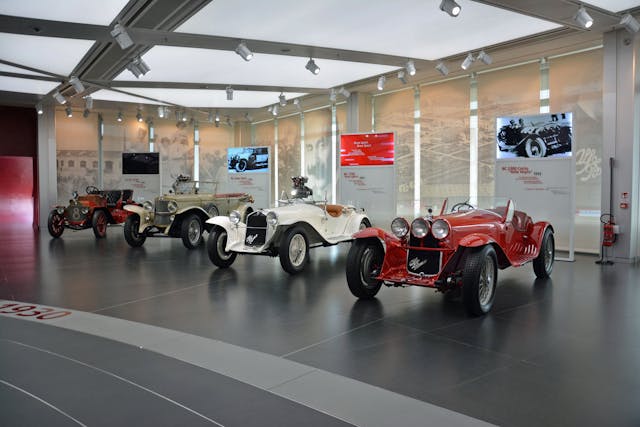
The prewar cars grow sleeker with each year, giving visitors a quick course in automotive aerodynamics. (The leap between, say, a 1932 8C 2300 Corto and a 1935 6C 2300 B is significant.) Performance improves over time, too: the 2300 B (one of 86 units built) uses a 2.3-liter straight-six rated at 76 horsepower, enough for a top speed of approximately 81 mph. Fast-forward to 1947, and you’ll find the 6C 2500 Sport “Freccia d’Oro,” which tops out at about 96 mph thanks to a 2.4-liter straight-six tuned to develop 90 horsepower.
Alfa Romeo’s next chapter begins with a 1955 Giulietta finished in an eye-catching shade of red. (Your local home improvement store would likely label it “salmon.”) Offered in numerous body styles, the original Giulietta (the nameplate has surfaced twice since) is unquestionably one of the most important cars in Alfa Romeo’s history: It shifted the company towards the mainstream market both in Italy and abroad. The O.G. Giulietta passed the torch to the first-generation Giulia, which is also proudly displayed in the museum.
From there, we get to the modern (1970s and on) cars with which most Alfisti are familiar. There’s a Montreal, an Alfetta, a 75 (briefly sold as the Milano in the United States), a 164, and the aforementioned 156. The red Alfasud gives the smaller, flat-four-powered cars their 15 minutes of fame, though its successor, the 33, is one of the models that wasn’t displayed during my visit. Keep walking, and you’ll find yourself nose-to-grille with better-known classics, including the 115-series GTV. You’ll then wander into a room full of race cars, many of which would inspire an enthusiast to sell an organ to purchase.
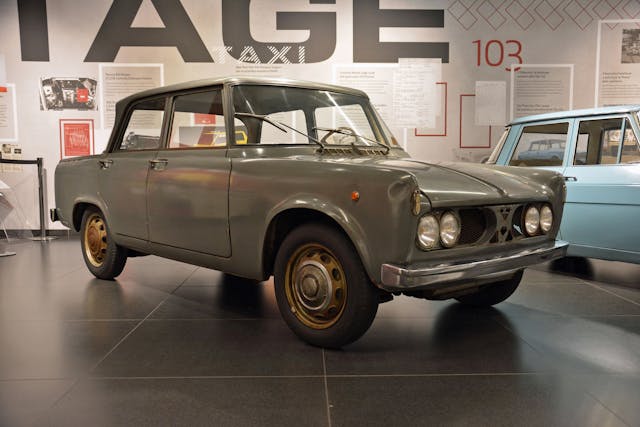
Here’s what you won’t see at cars and coffee: a Giulia prototype, built in 1959 to put the then-upcoming sedan through its paces without revealing its final design to prying eyes. Even with the power of hindsight, it’s not easy to forge a link between this test mule and the sedan launched in 1962. The overall proportions and the shape of the steel wheels are the main giveaways, but the rest is uncharted territory. It wears four round headlights, no grille, little in the way of exterior trim, and fenders that end in tailfins reminiscent of those on contemporary American cars. The roofline is Giulia-esque, but the quarter panels are finned and the back end features two vertical lights.
Have you ever cooked pasta e fagioli on an Alfa Romeo-built stove? I haven’t, but I’m guessing some Italian households have: There’s just such a kitchen appliance in the museum, complete with cool, car-like dials.
Something else your Alfa Romeo–hoarding buddy has never owned: the Tipo 103 prototype. Designed in the late 1950s and tested through the early 1960s, it’s characterized by a boxy design that, grille aside, could pass as just about any entry-level sedan built in Europe during this era. And yet, what’s under the sheetmetal would have made this little sedan revolutionary . . . had it ever seen the end of a production line.
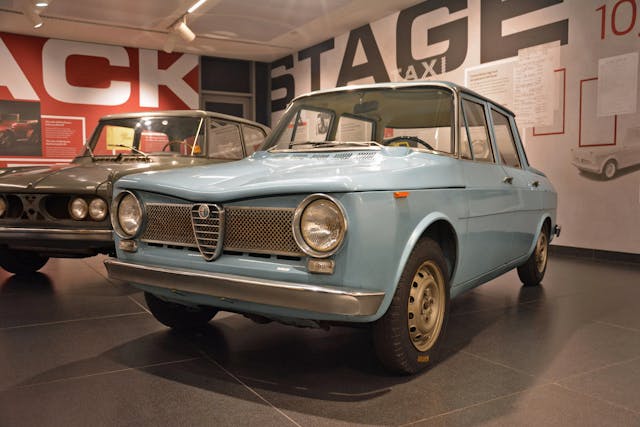
Power for the Tipo 103 comes from a twin-cam, all-aluminum engine installed transversely in the front of the car and mounted inline to a manual transmission. This orientation of engine and gearbox is more modern than that of the original Mini or, later, of the Peugeot 204, each of which had its transmission bolted below its engine. The Tipo 103’s suspension system was even more futuristic for the mid-century era: Alfa Romeo incorporated what it describes as “an electric system” into the rear axle to adjust the car’s ride height.
A carmaker rarely reveals the obscure projects it canned, so these never-realized Alfas on display are truly special treats.
At the other end of the “what the hell is that?” spectrum, Alfa’s museum holds a room full of concepts, such as the 1952 C52 Disco Volante, the 1965 Giulia Sprint Speciale, and the 1996 Nuvola. In contrast to the see-if-it-works Tipo 103, these cars were designed to grace the covers of magazines and were presented by Alfa at major international events. They’re no less interesting than the engineering prototypes: the one-off Nuvola, for example, helped shape Alfa Romeo’s 21st-century design language.
Finally, one of the permanent exhibits highlights the Alfa Romeo models that various agencies within the Italian government have used over the past couple of decades. They range from mundane to exotic: The 1.8-liter-powered 75 is what you could expect to see in your rear-view mirror if you summoned the Carabinieri’s dark cloud of disapproval in the early 1990s. You’d end up with an Alfetta on your tail if you broke the law in the 1970s, and a Giulia behind you if you broke the same law 10 years earlier. Then, there’s an ultra-rare Giulia Super wagon built by coachbuilder Colli. And, pop quiz: what was Alfa Romeo’s first small SUV? It’s not the Tonale, due out as a 2024 model. It’s the AR51 Matta, a Jeep-like off-roader that won its class (!) in the 1952 Mille Miglia.
If you visited the Alfa Romeo museum, which car (or room) would you beeline toward?
***
Check out the Hagerty Media homepage so you don’t miss a single story, or better yet, bookmark it. To get our best stories delivered right to your inbox, subscribe to our newsletters.
